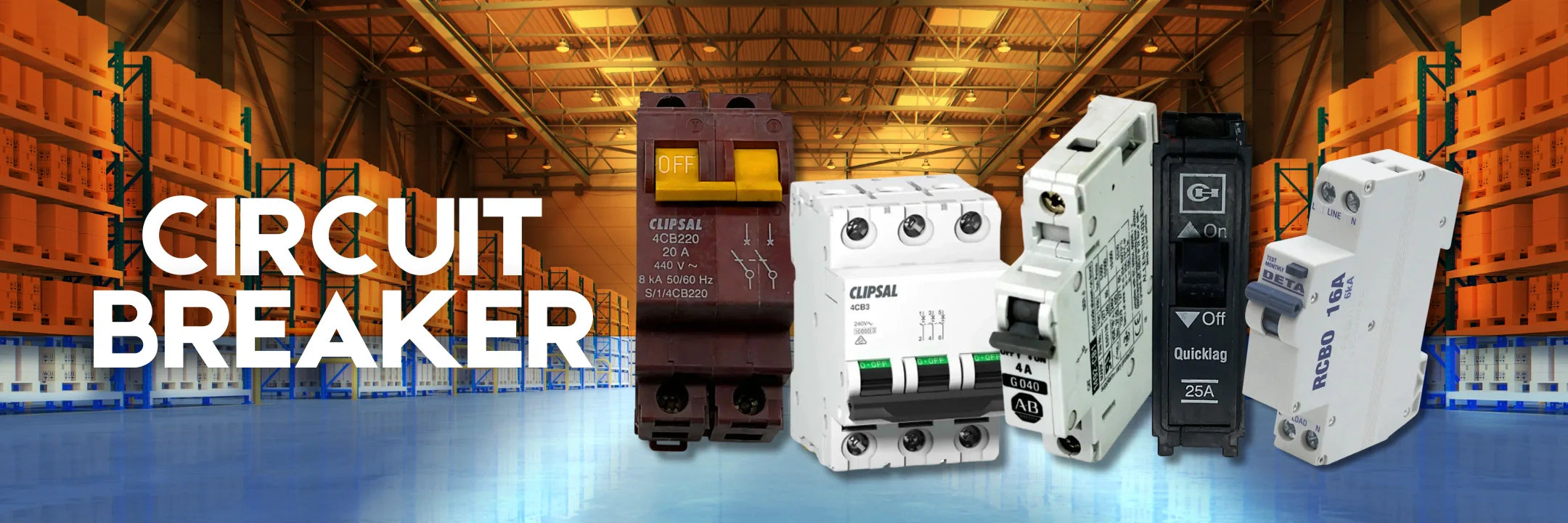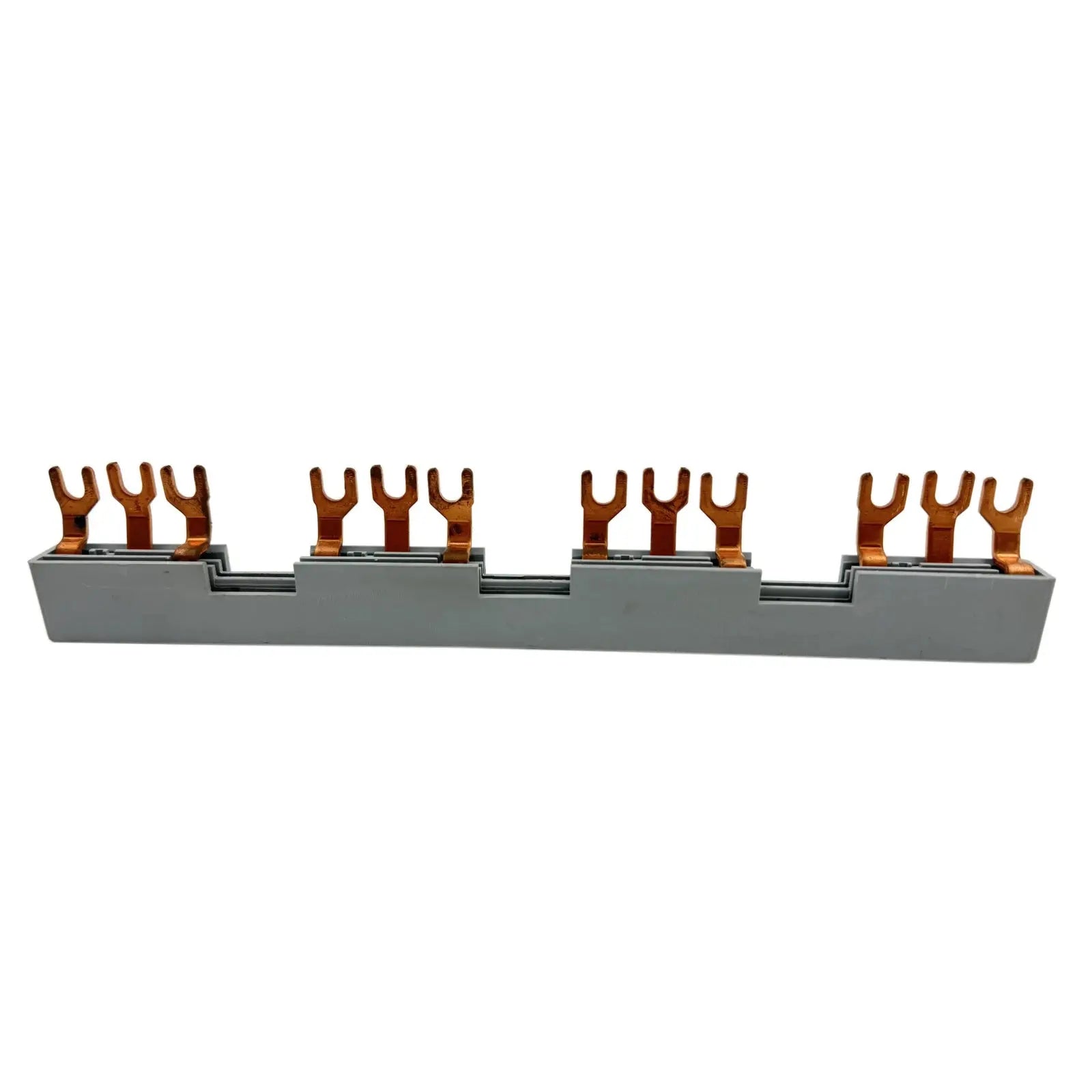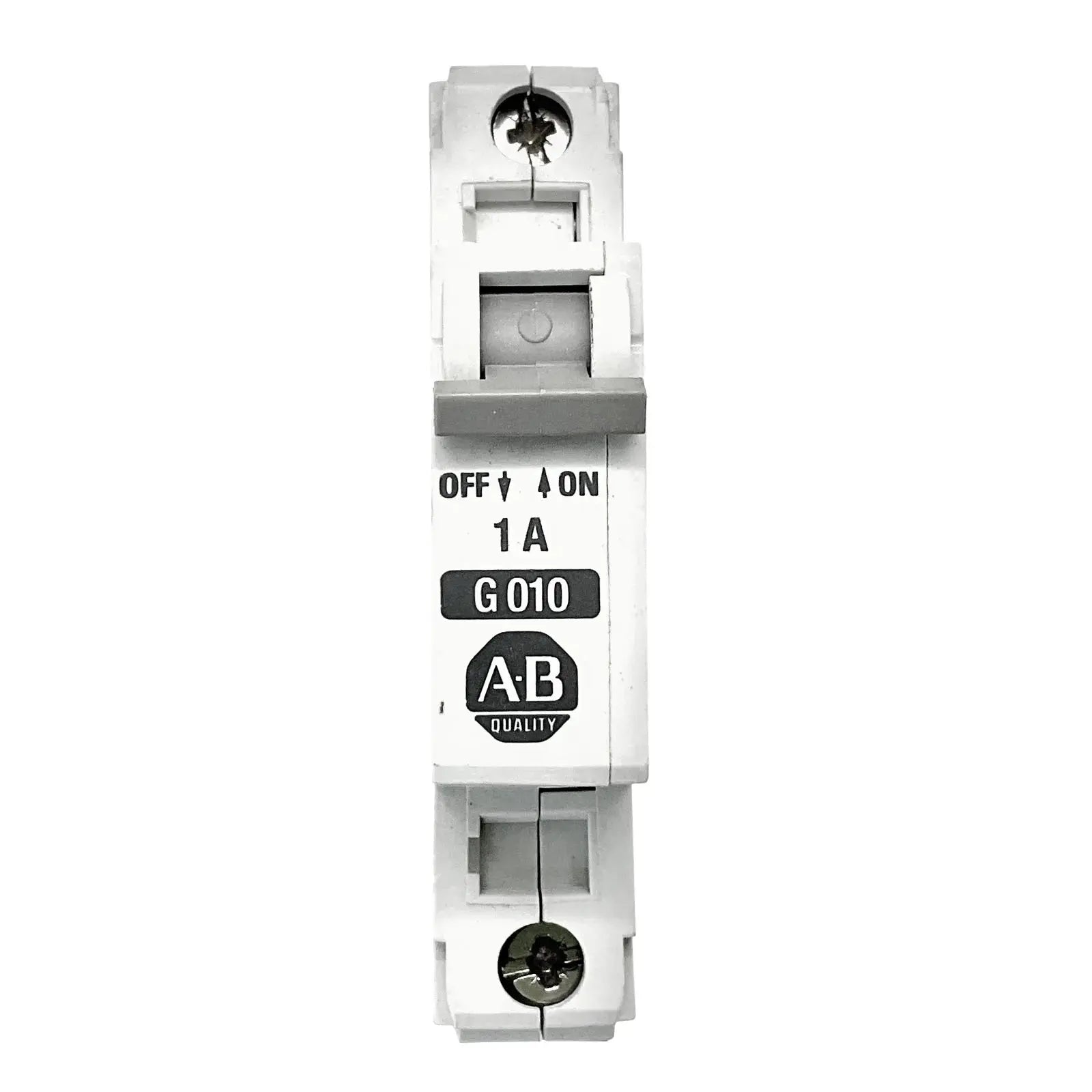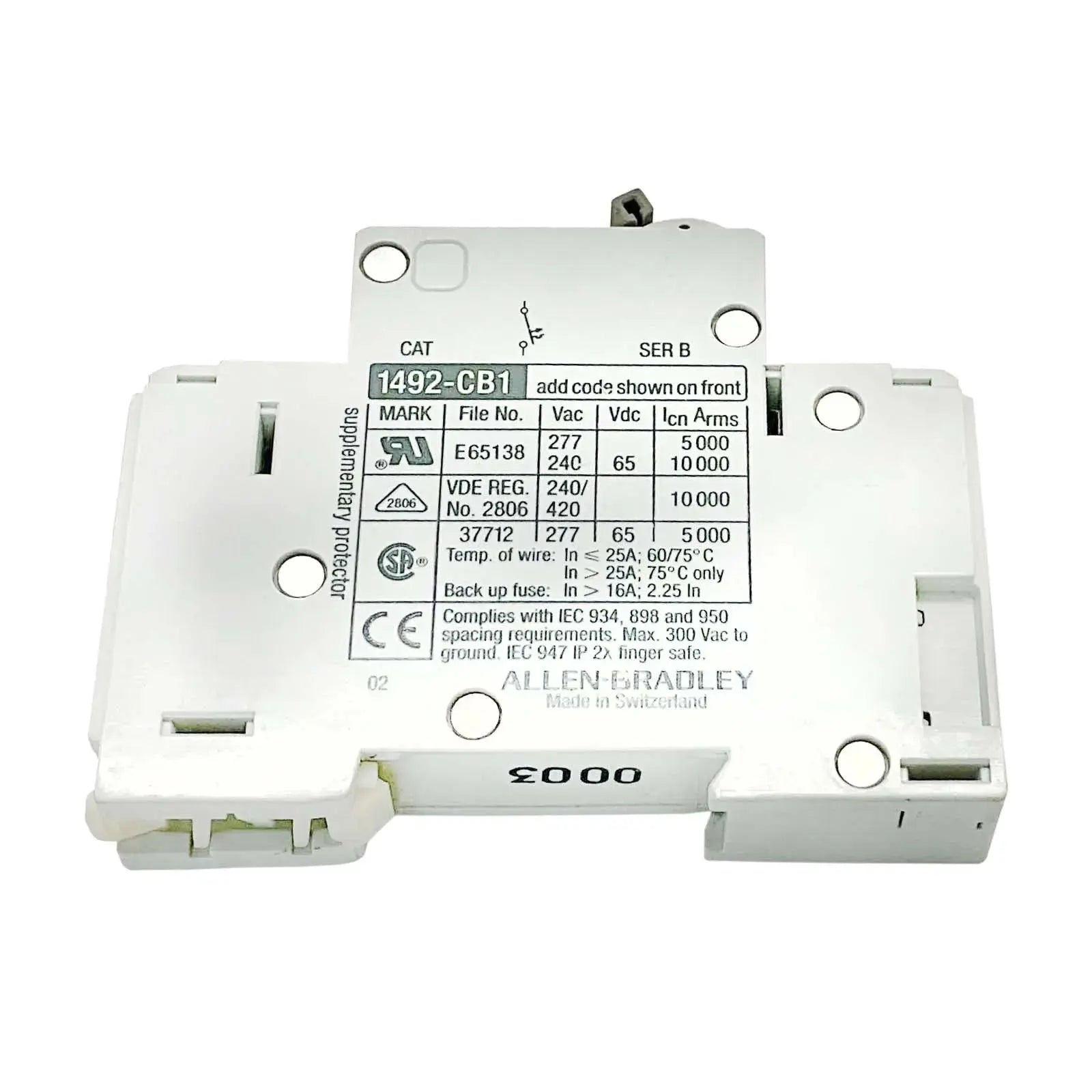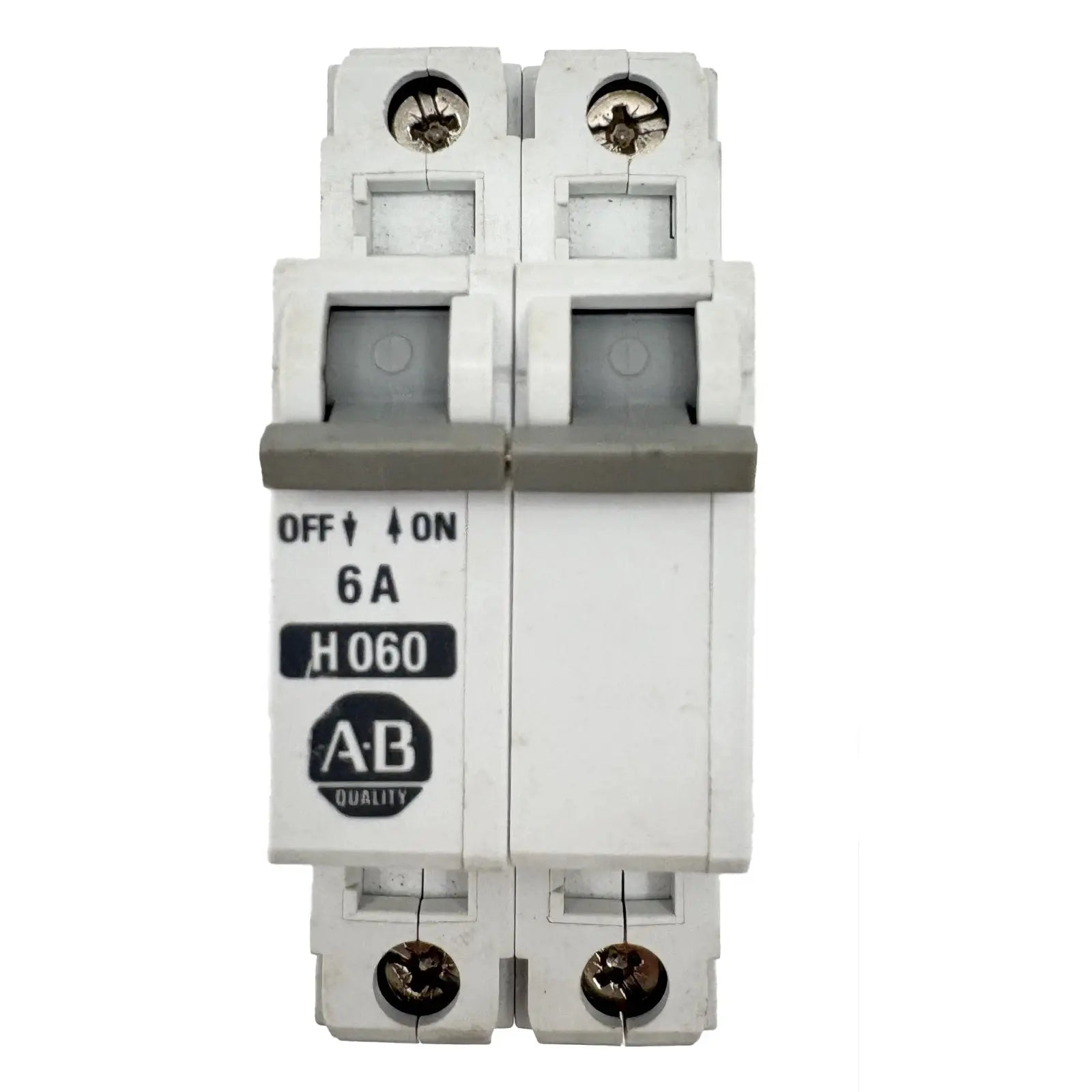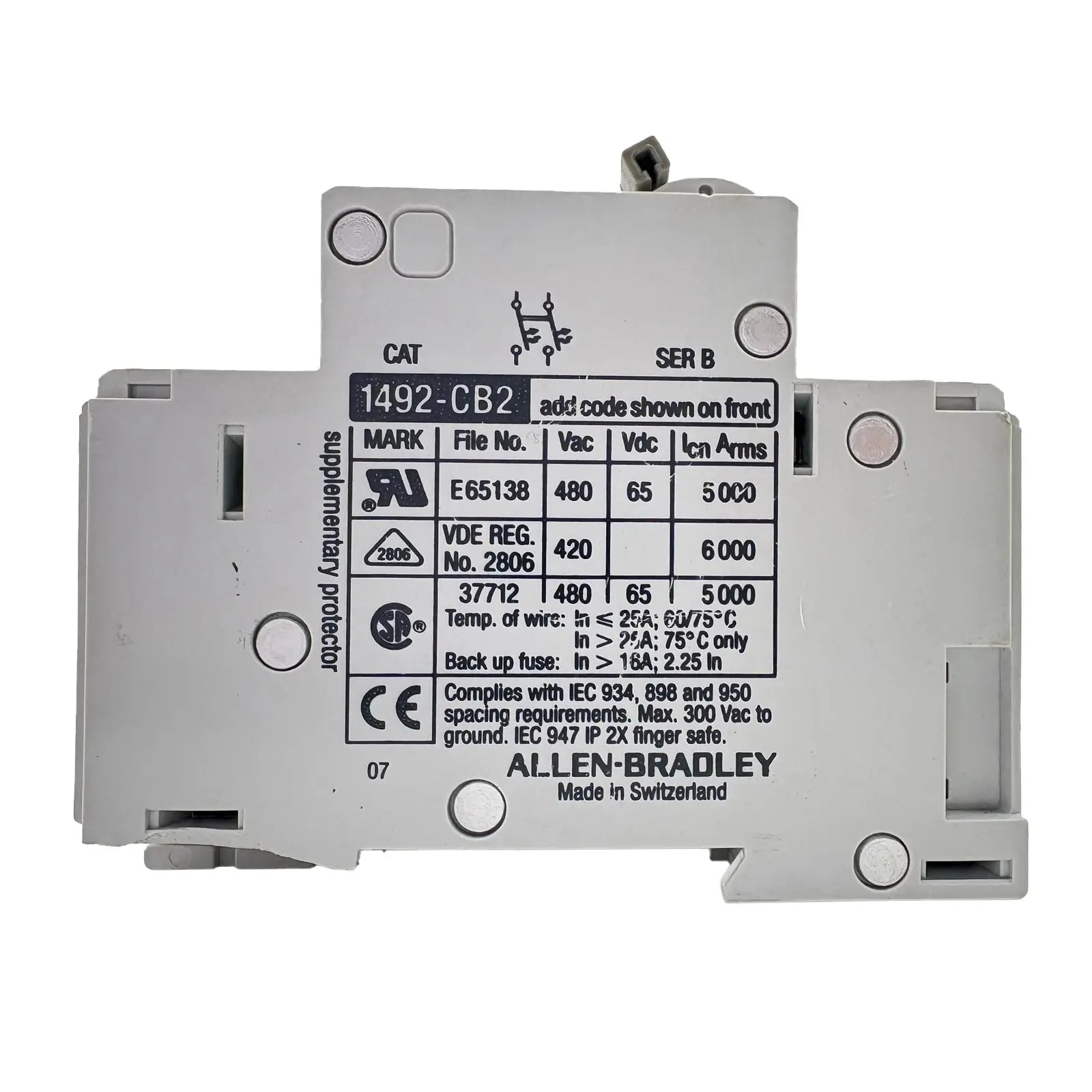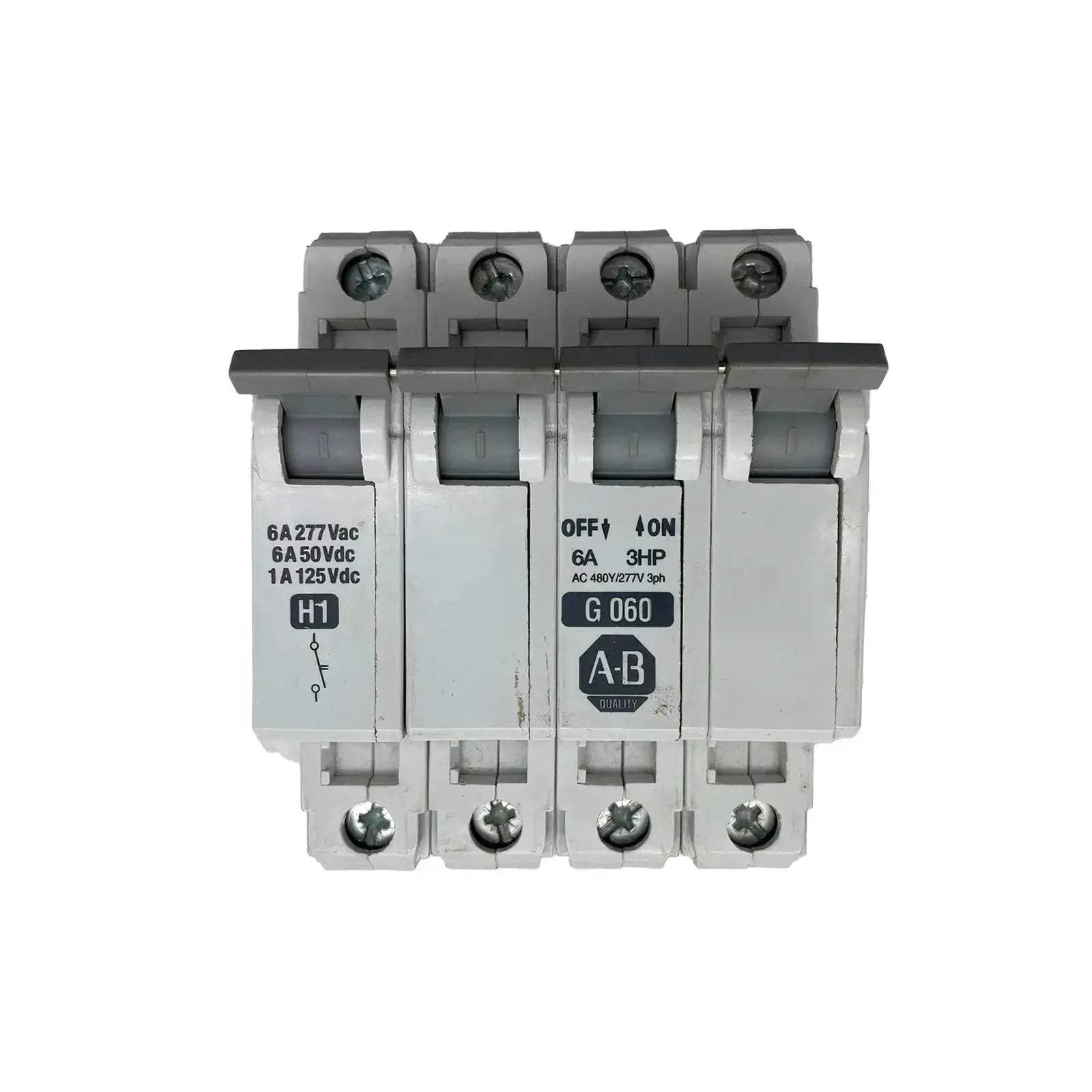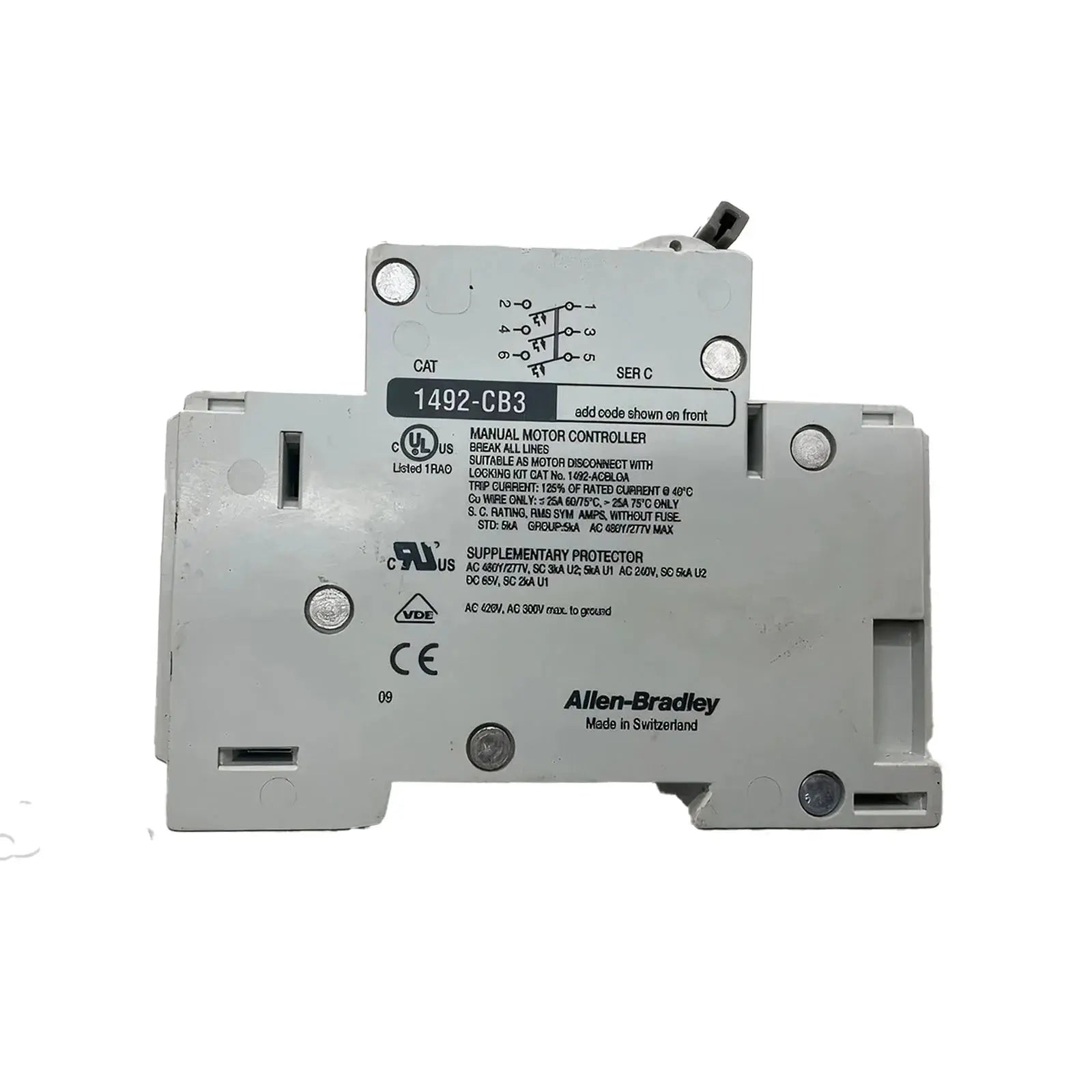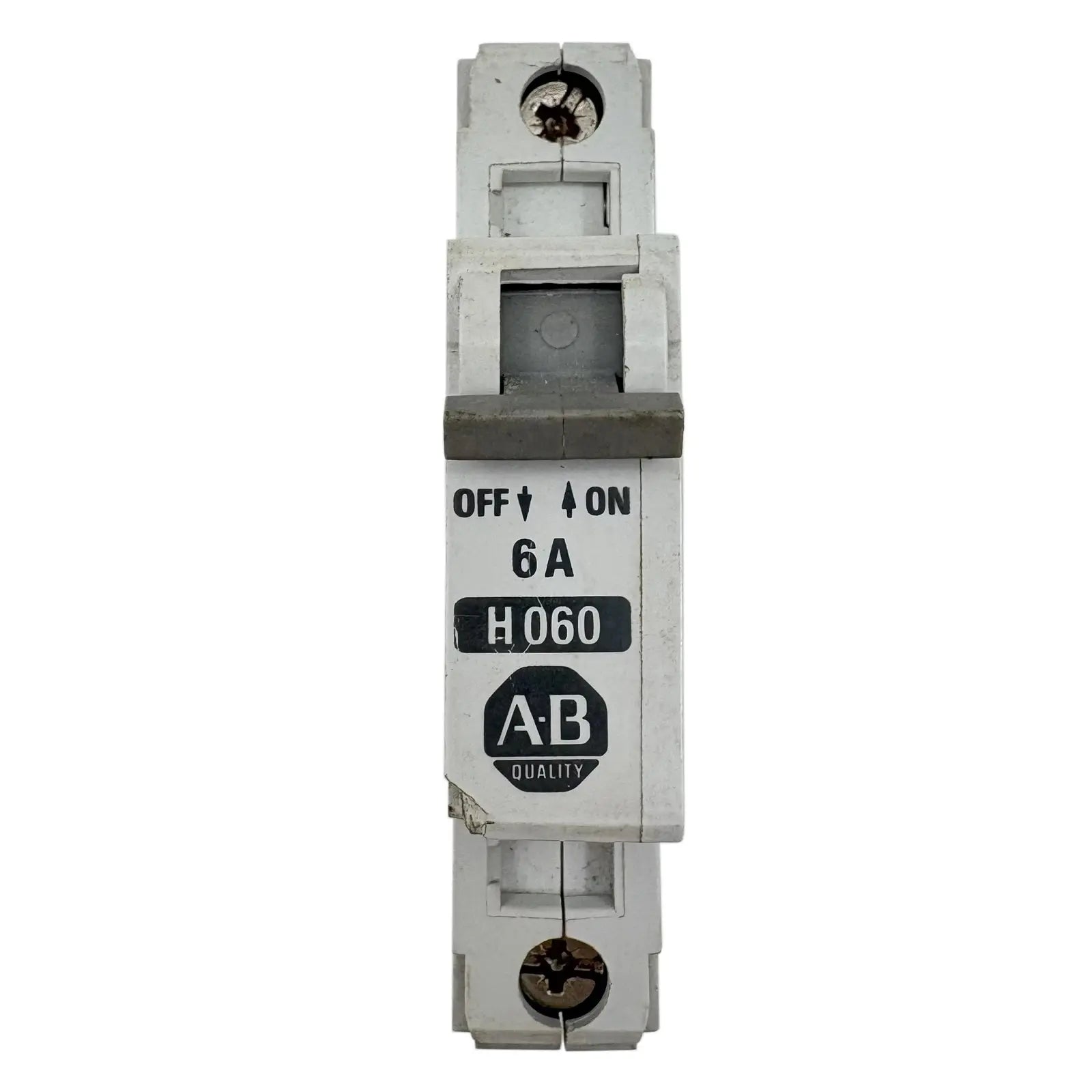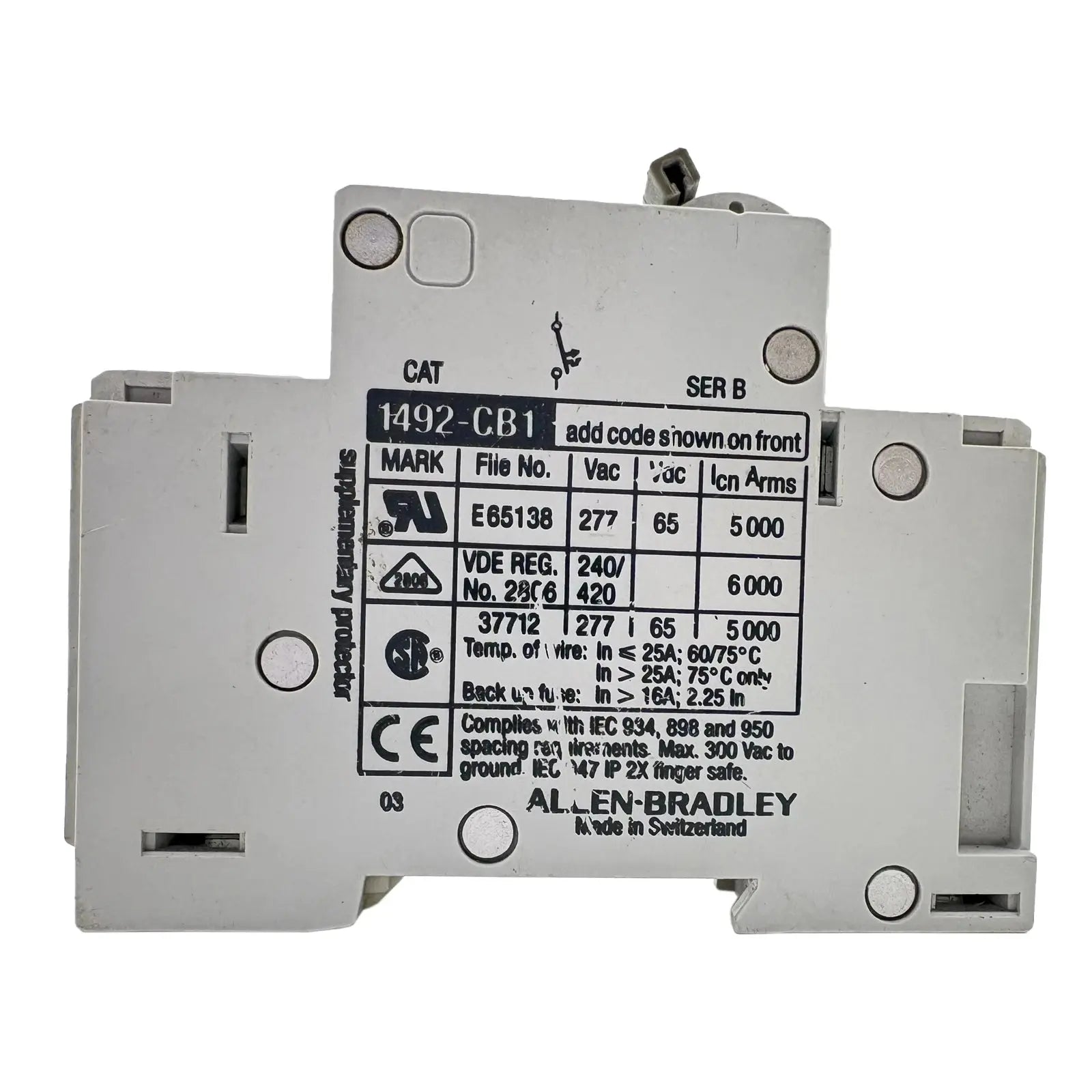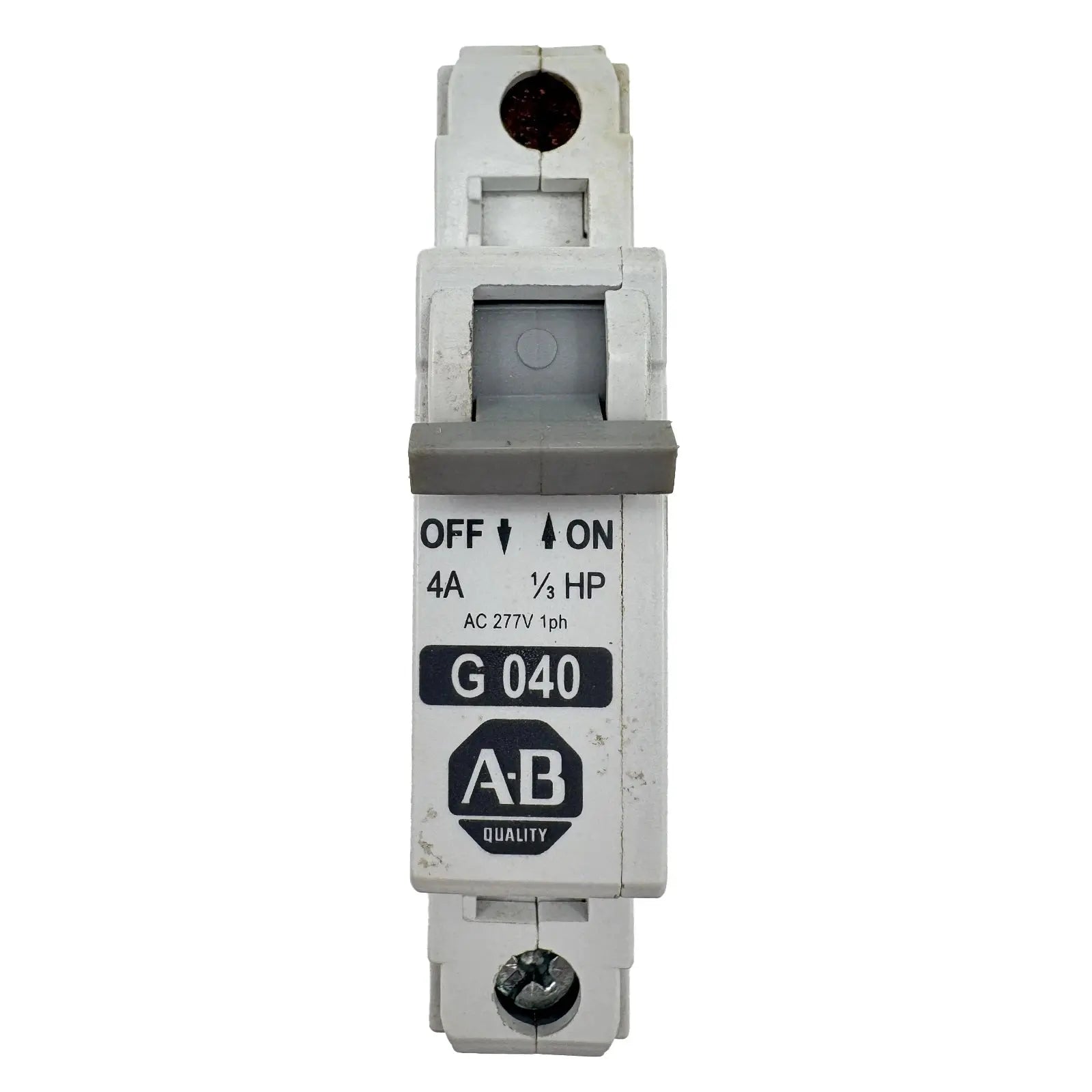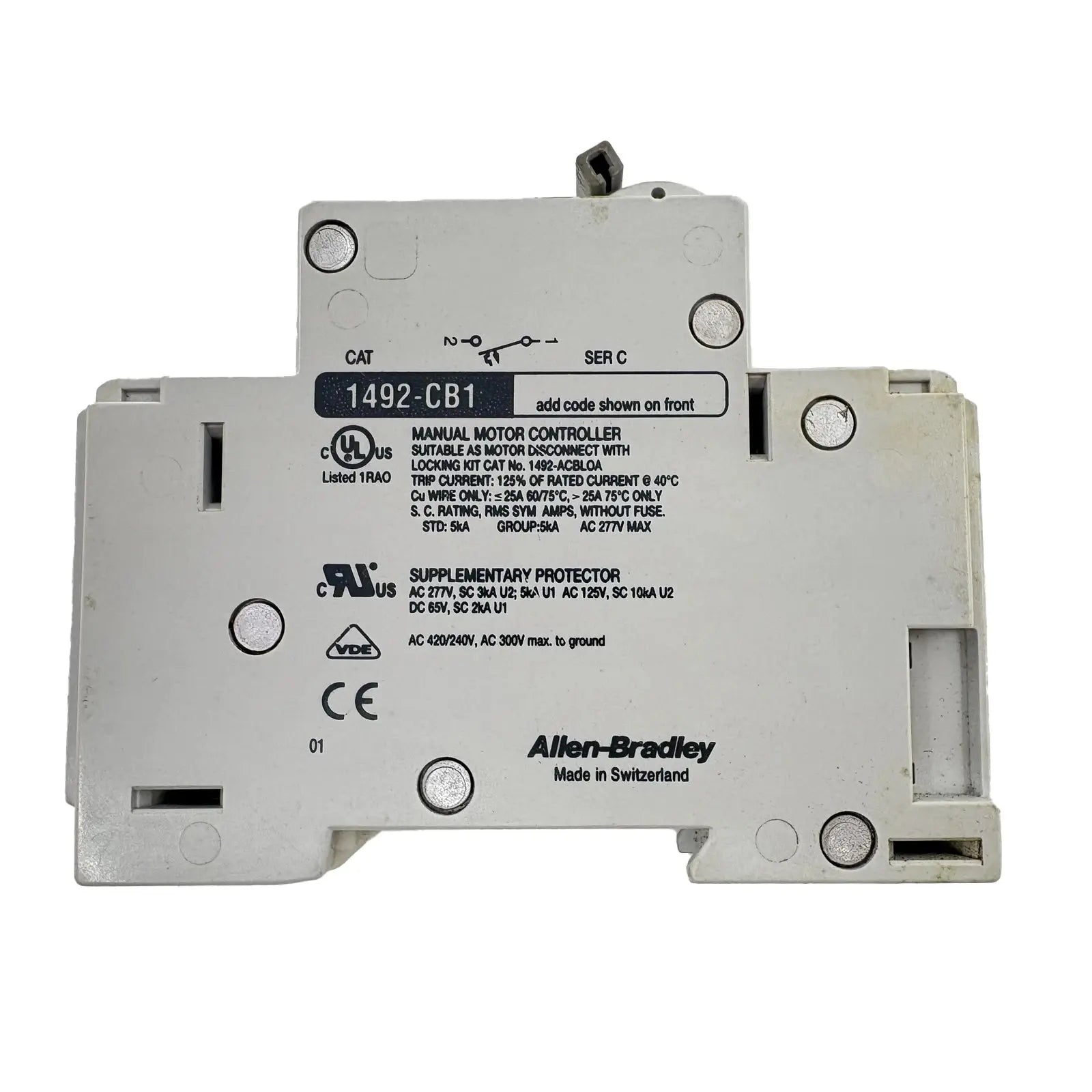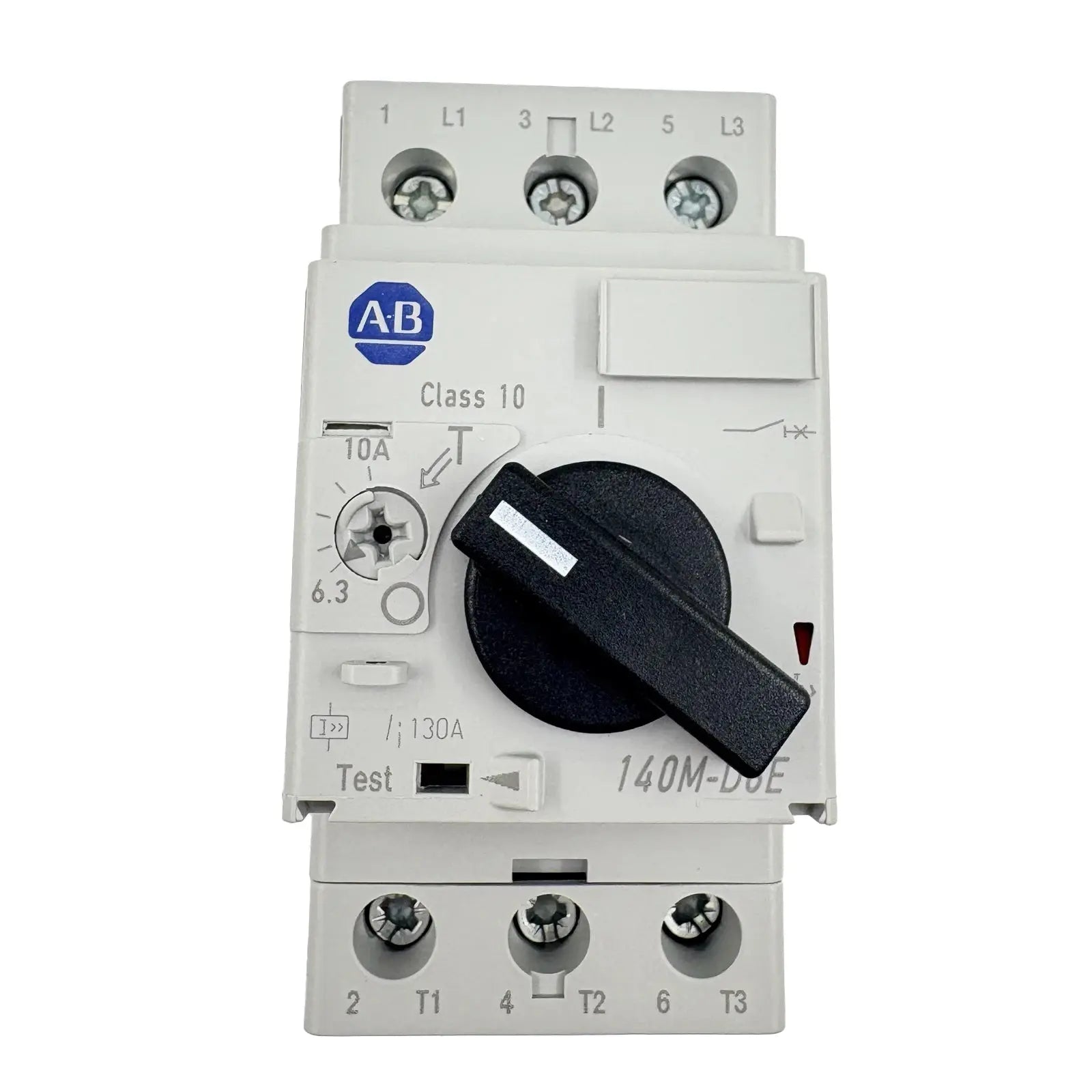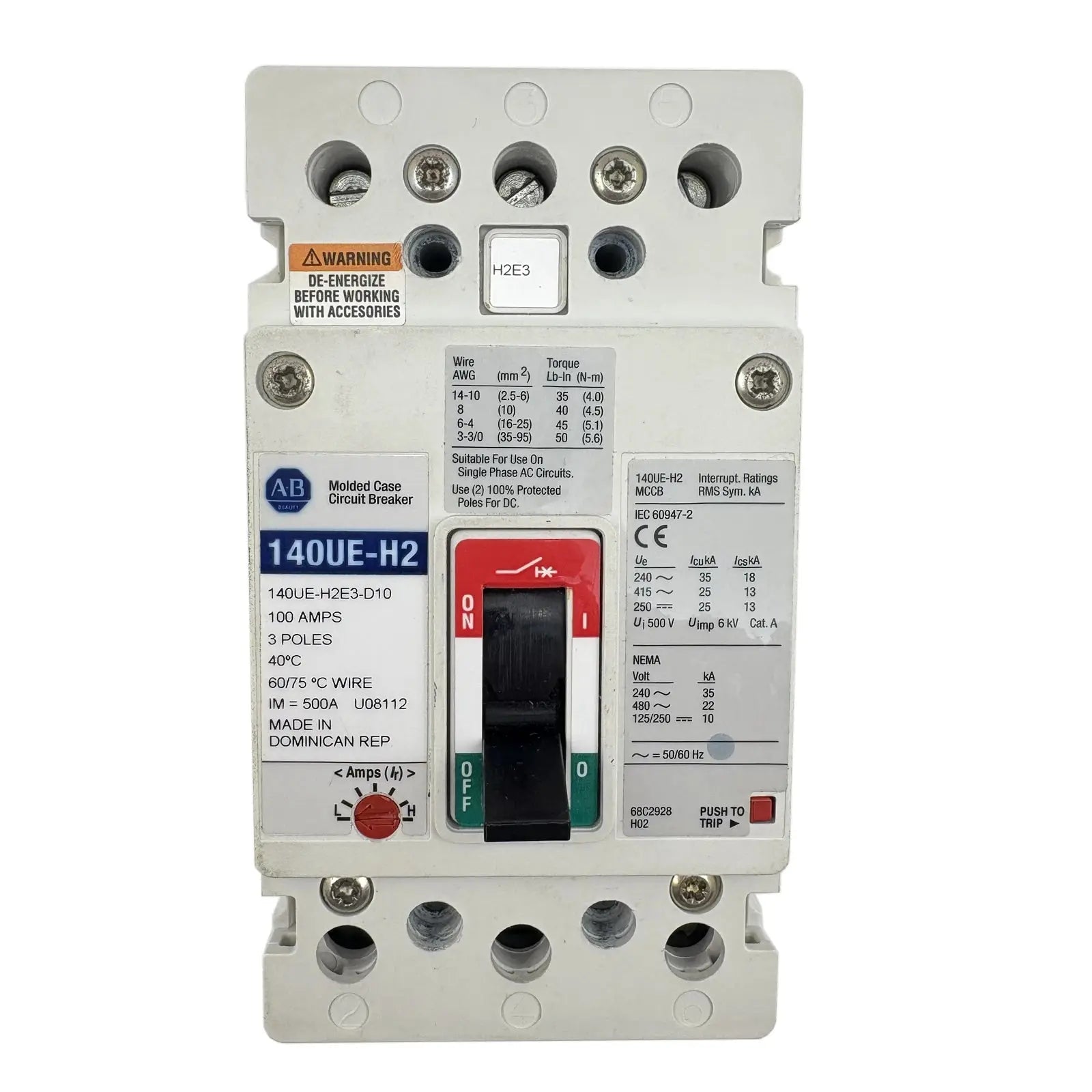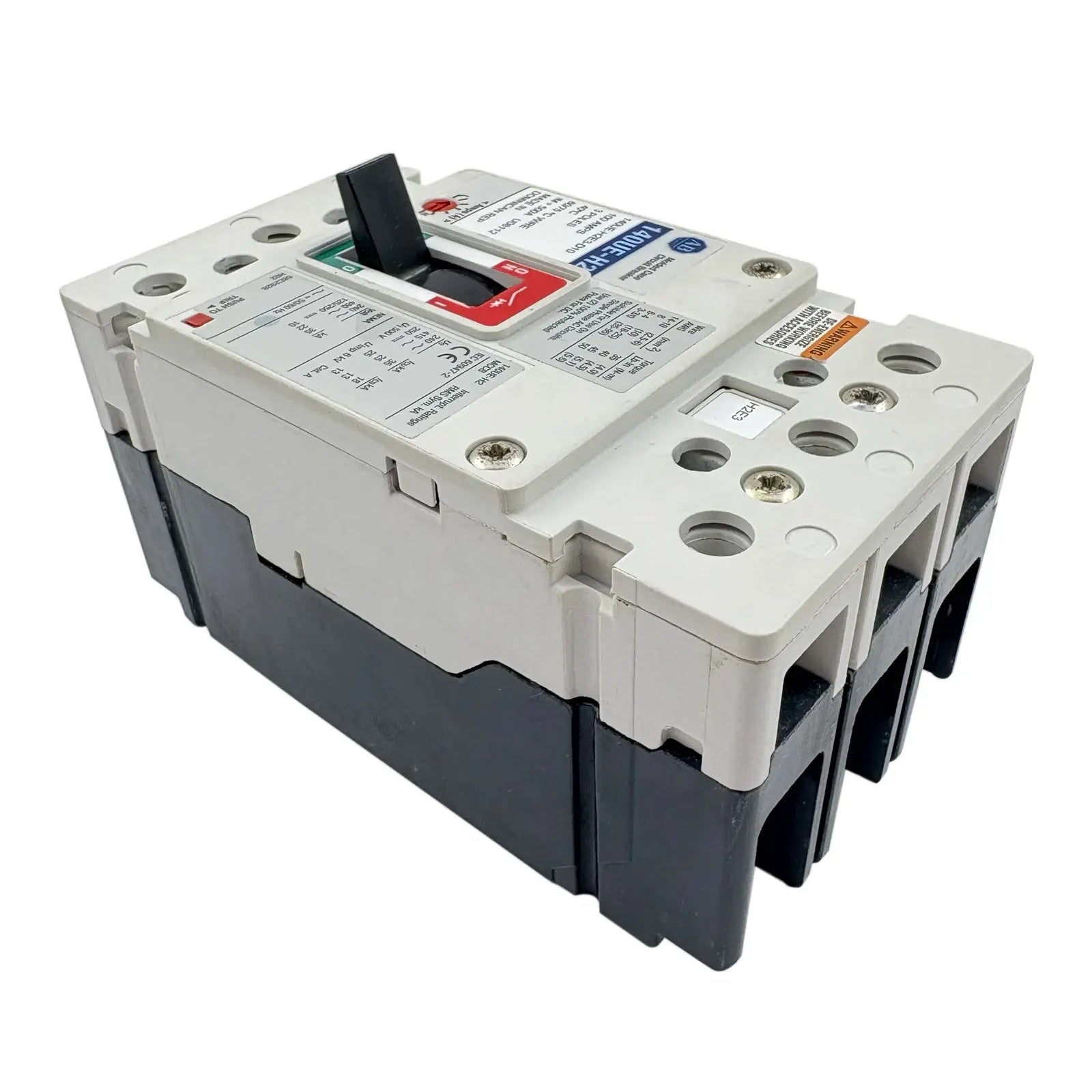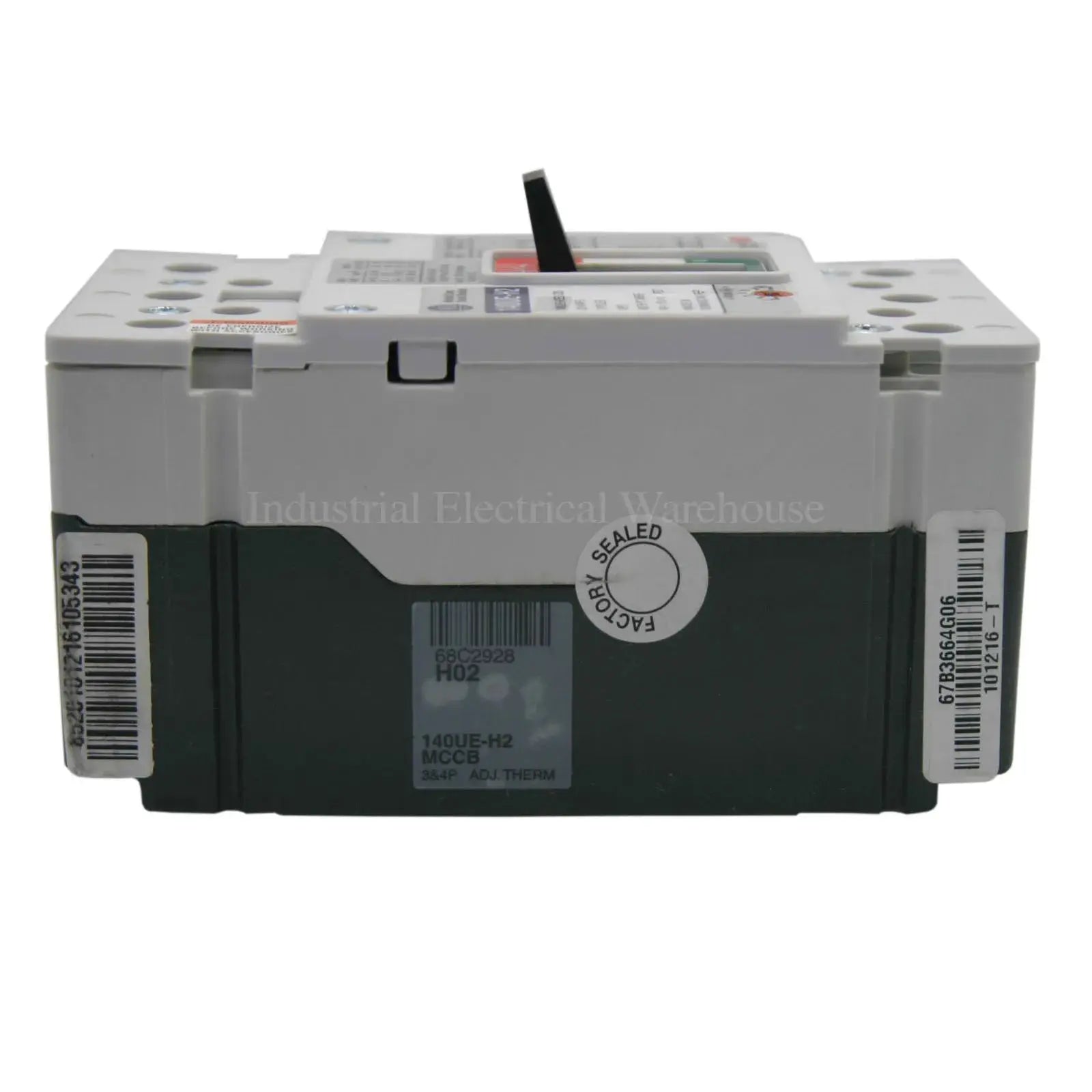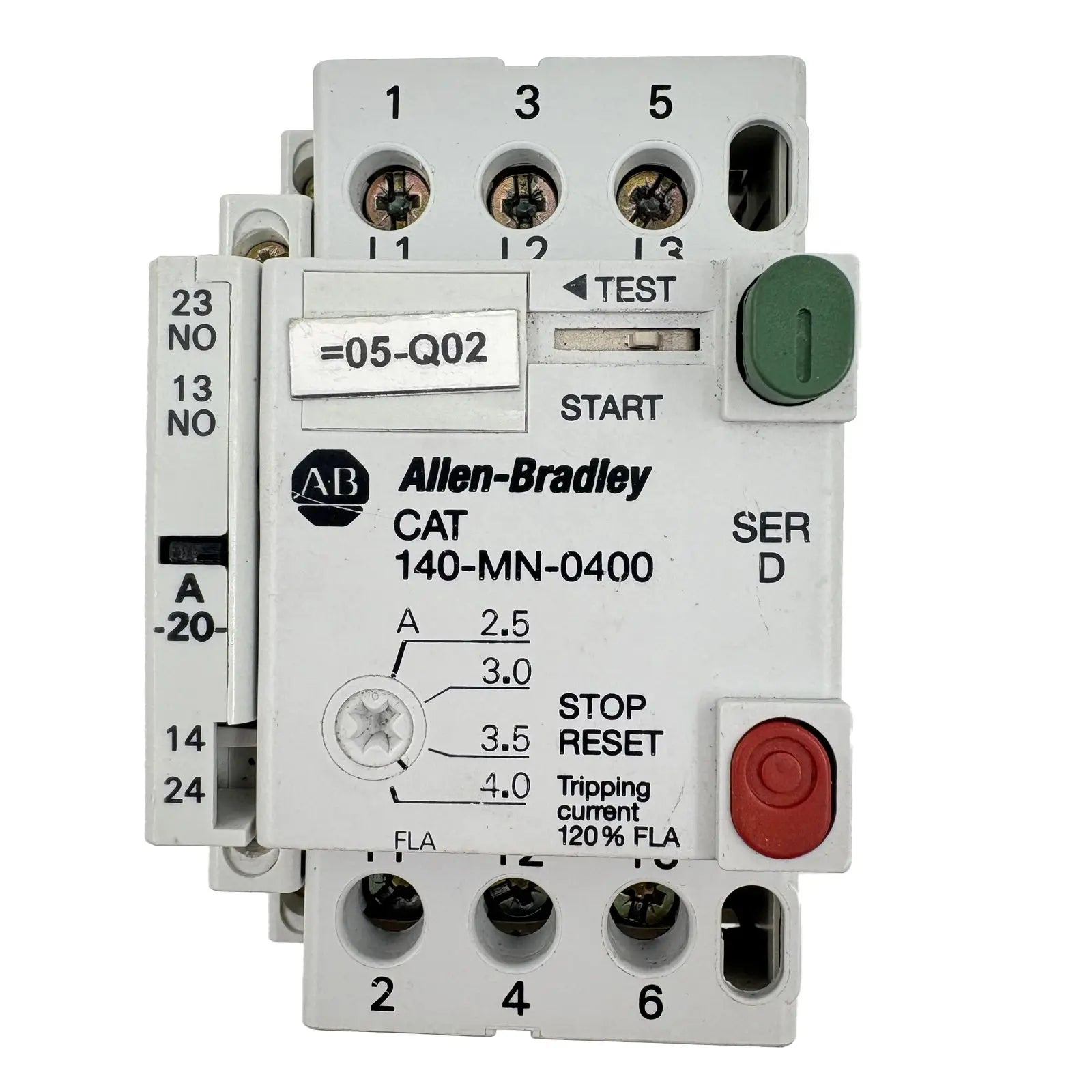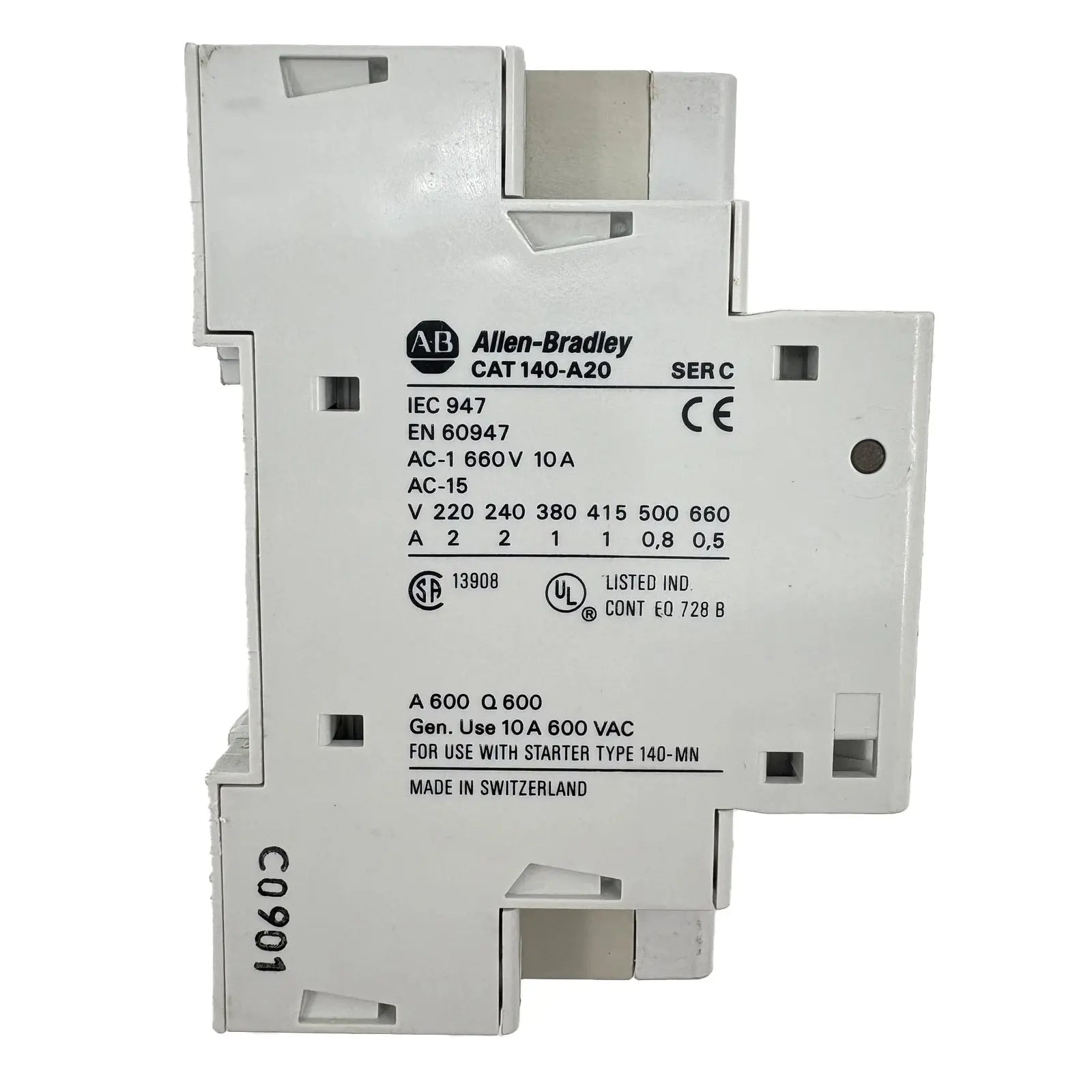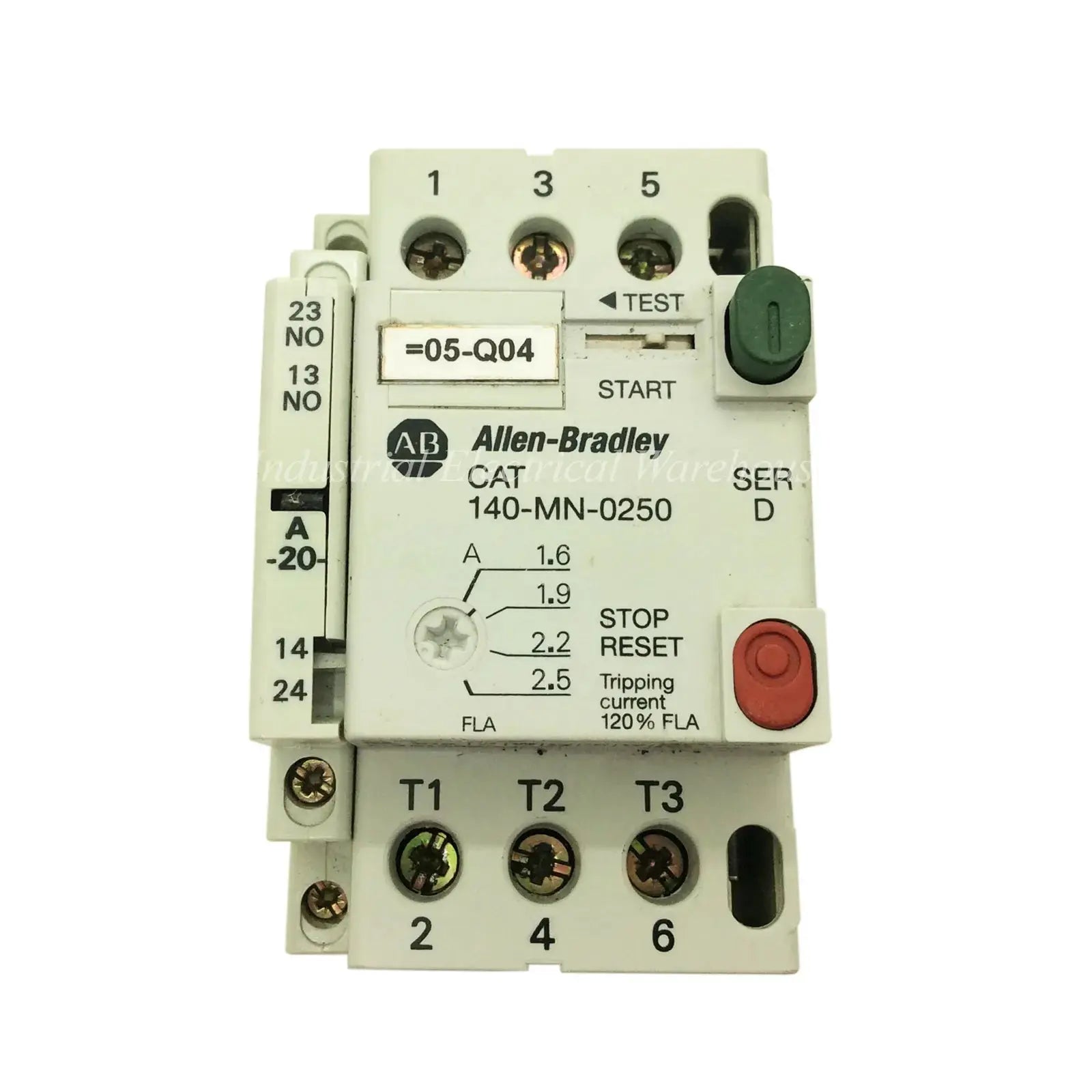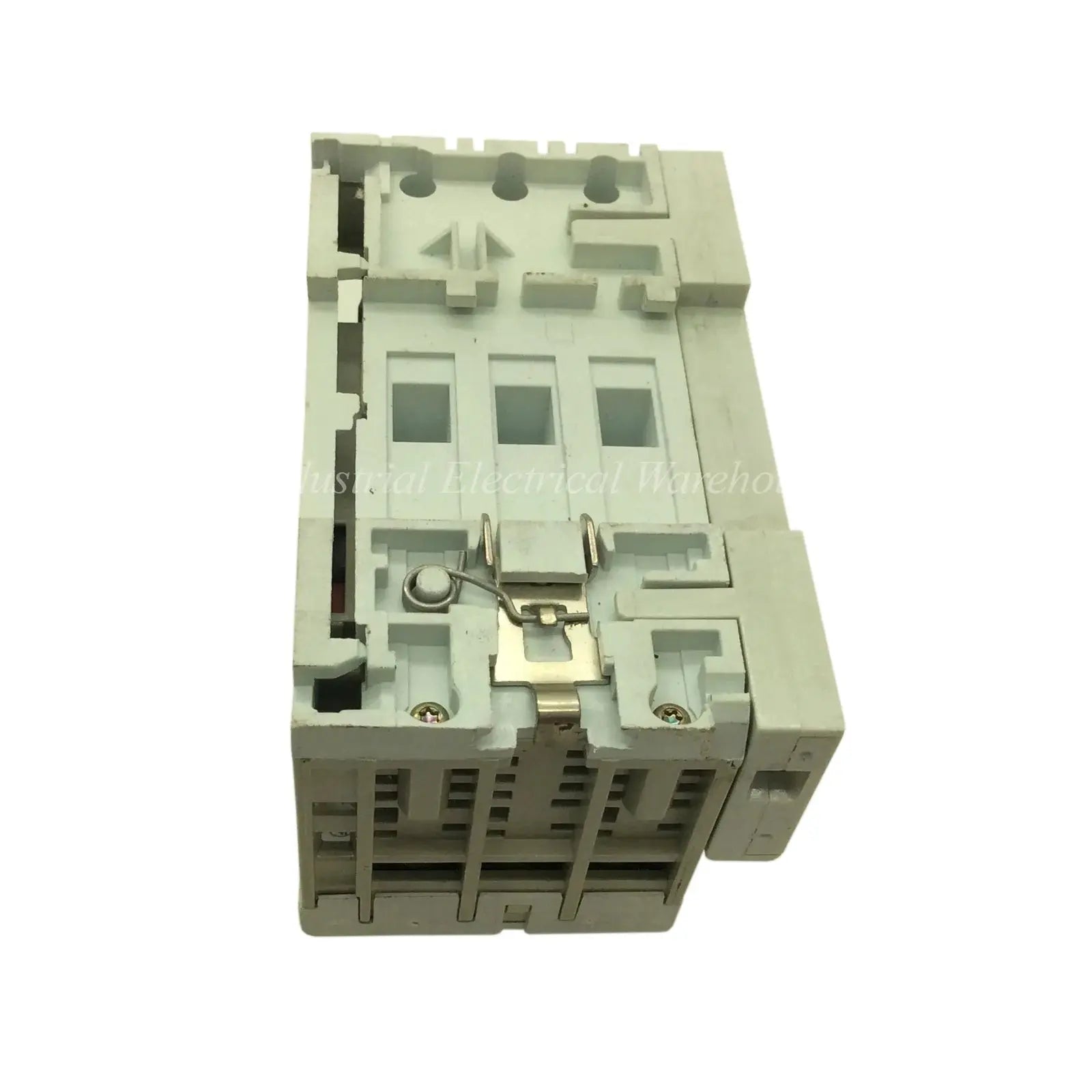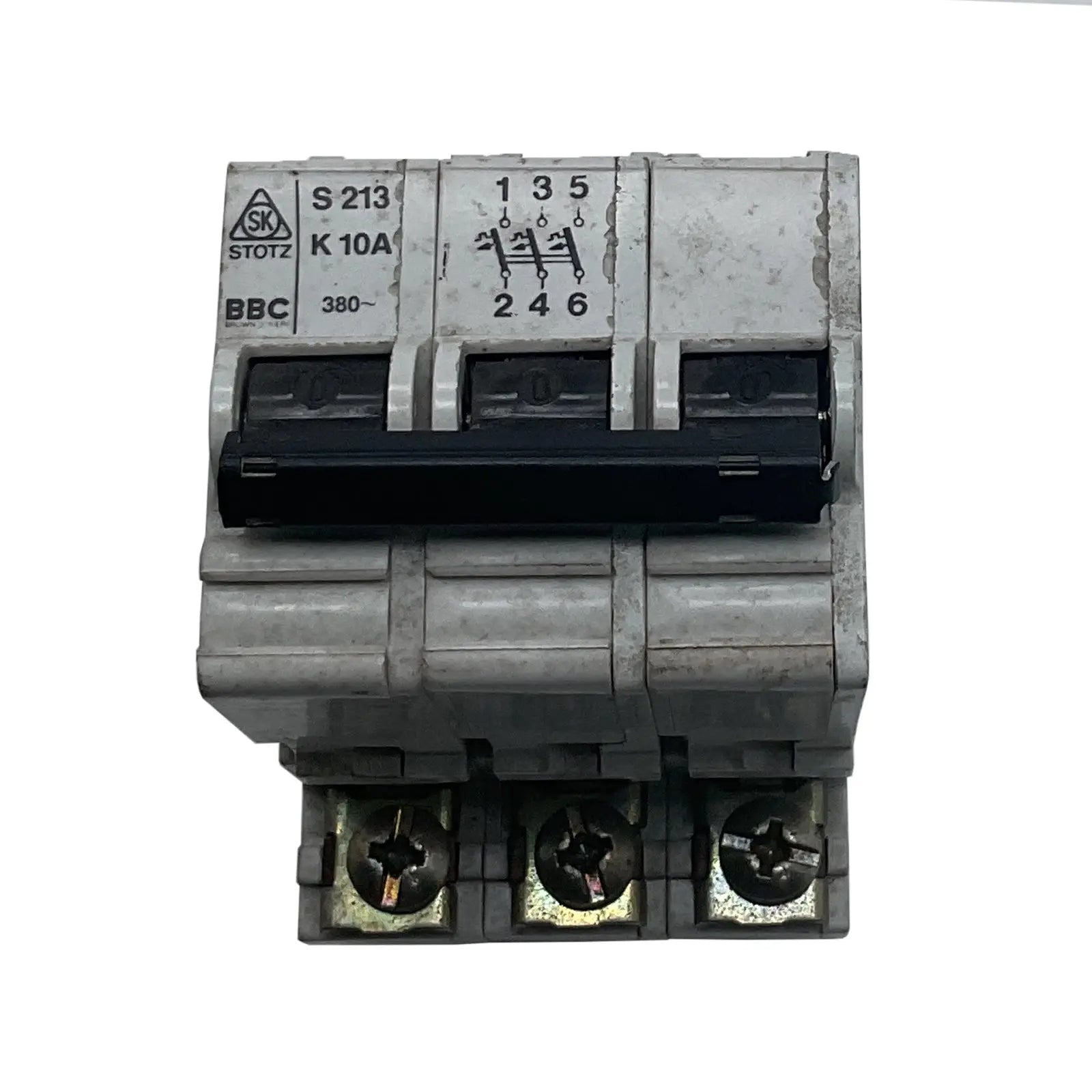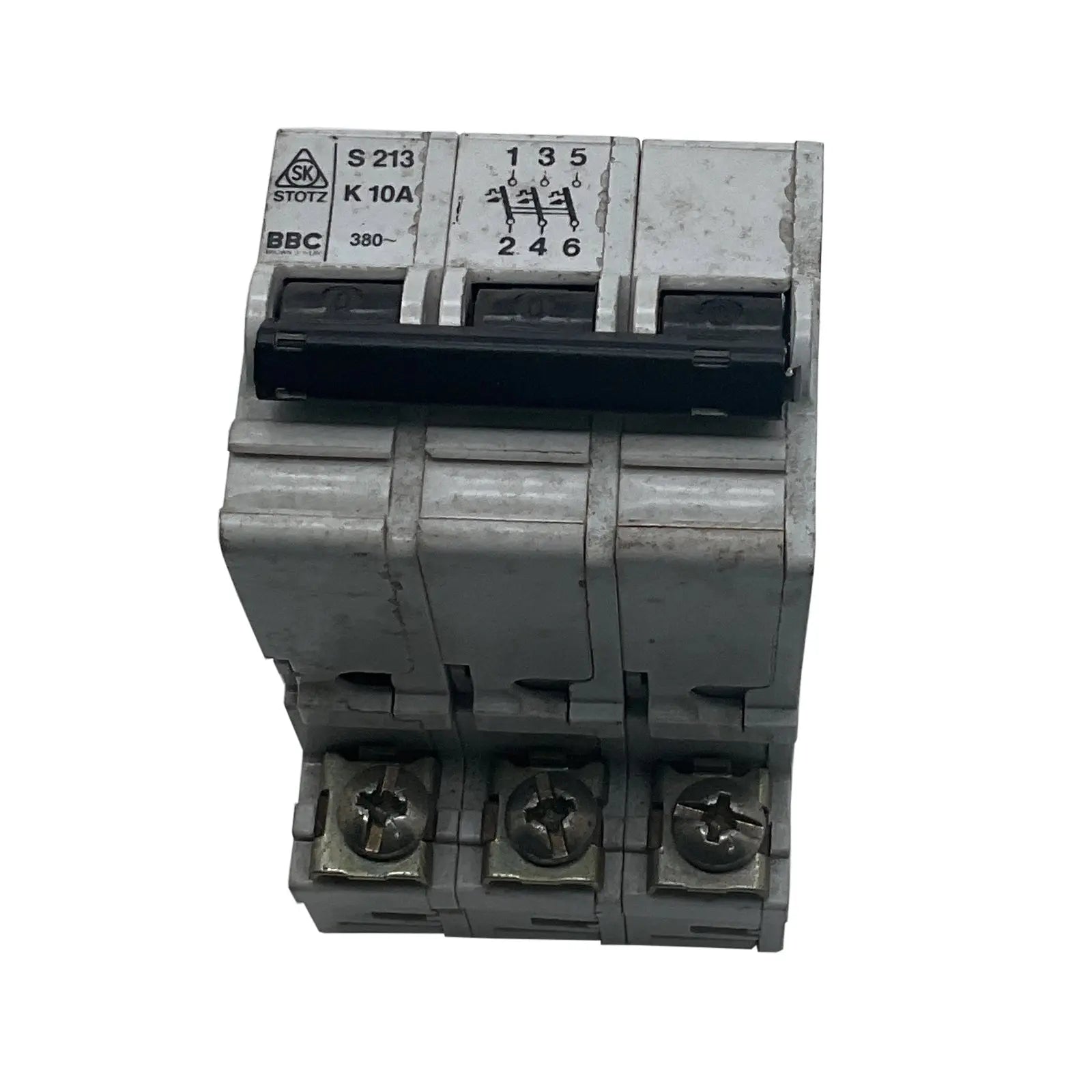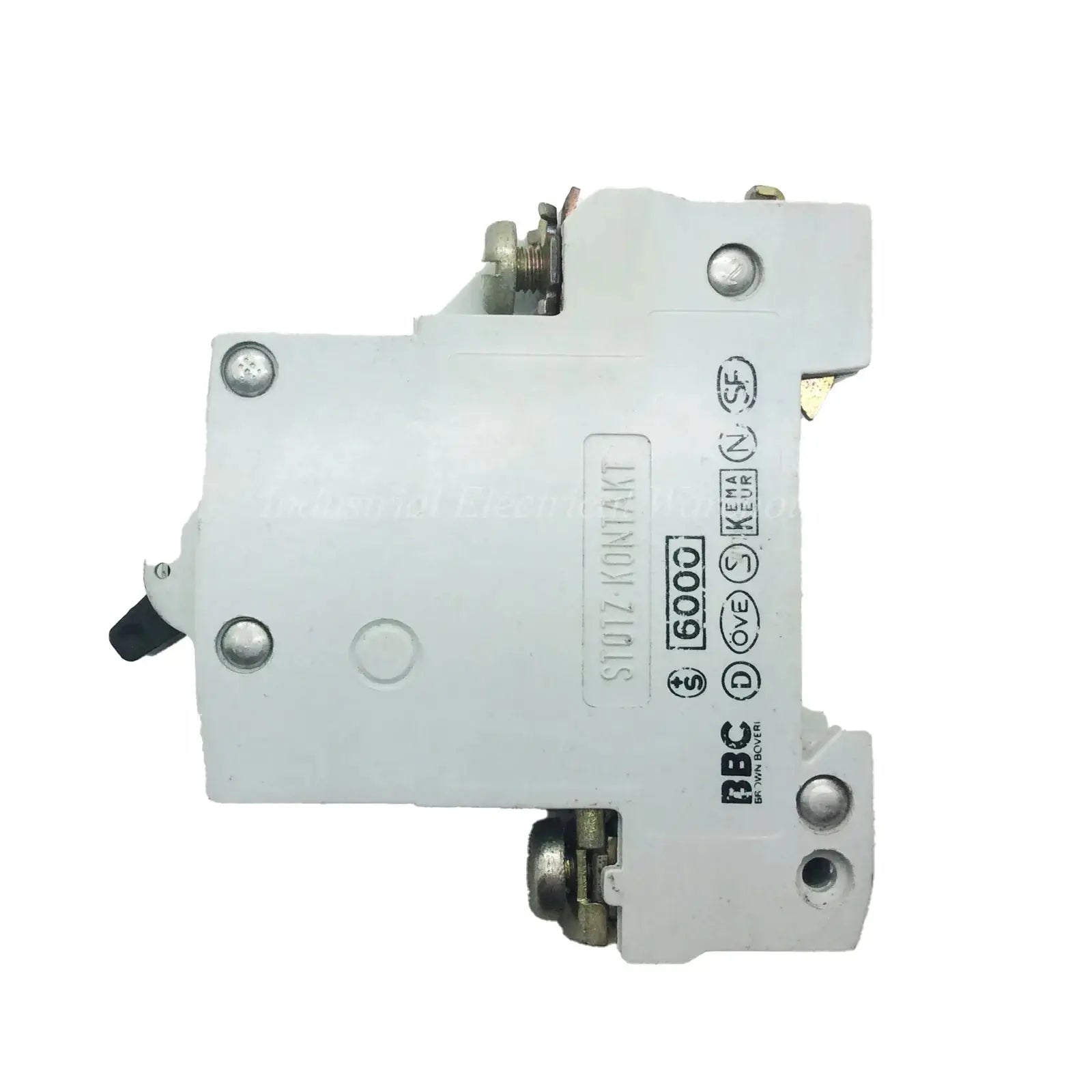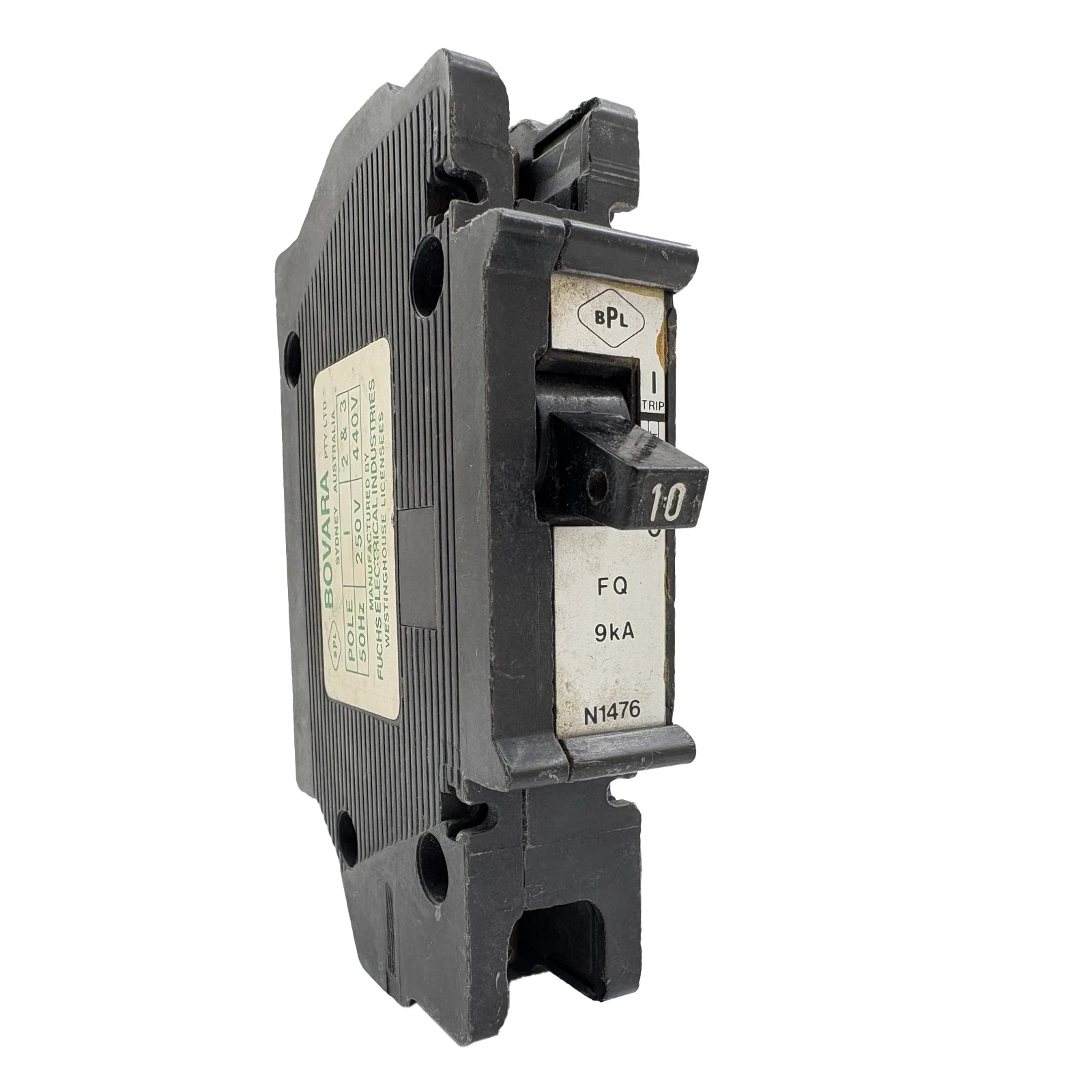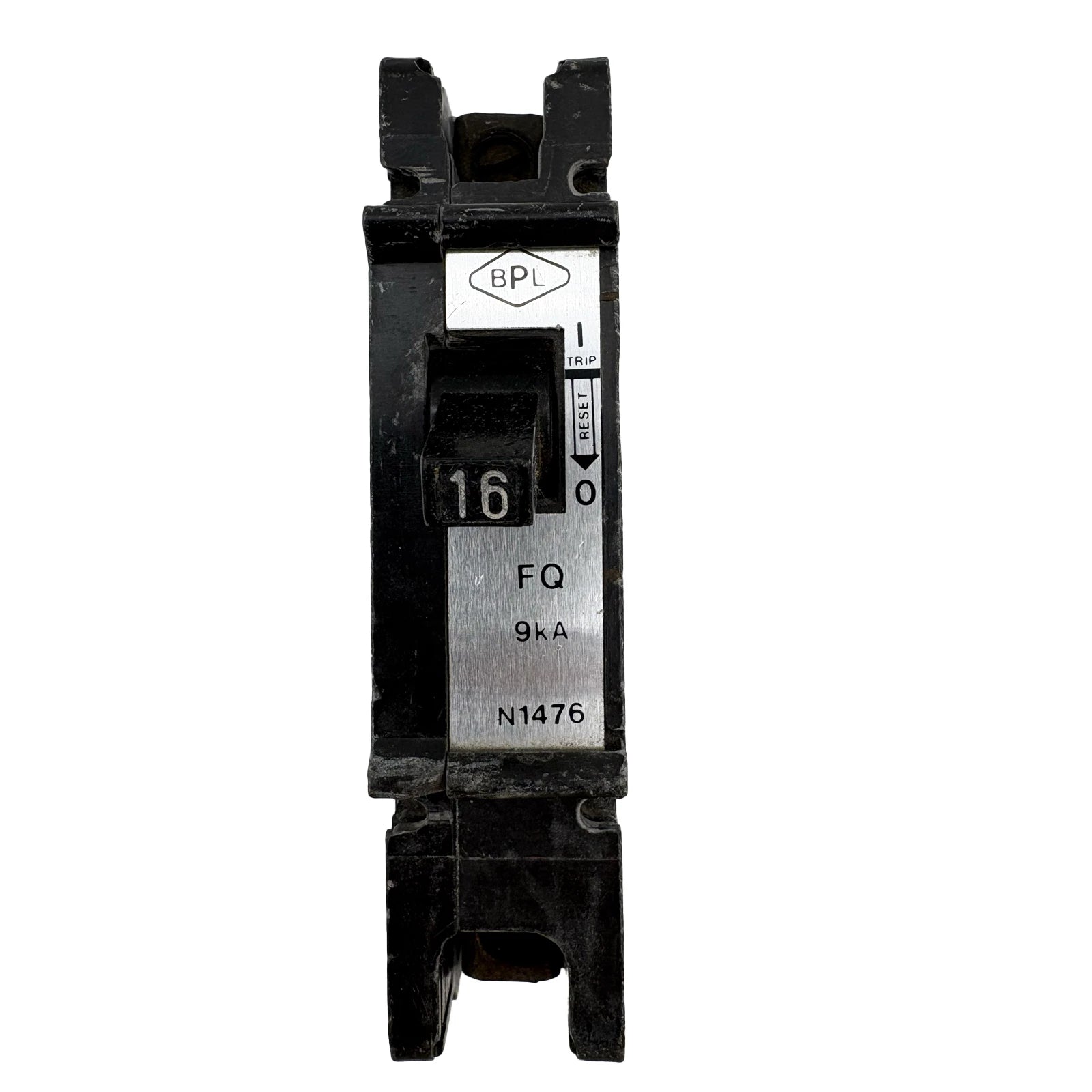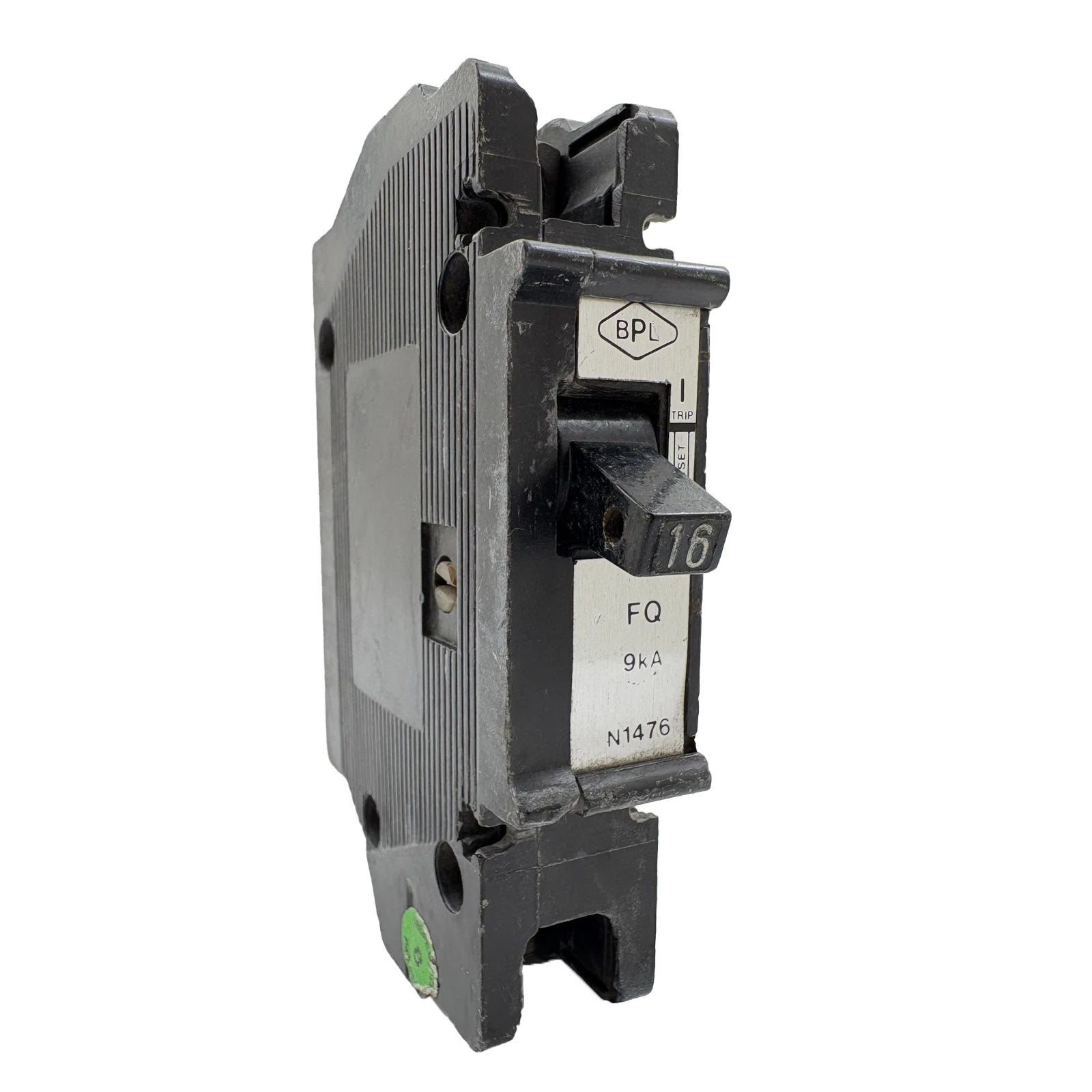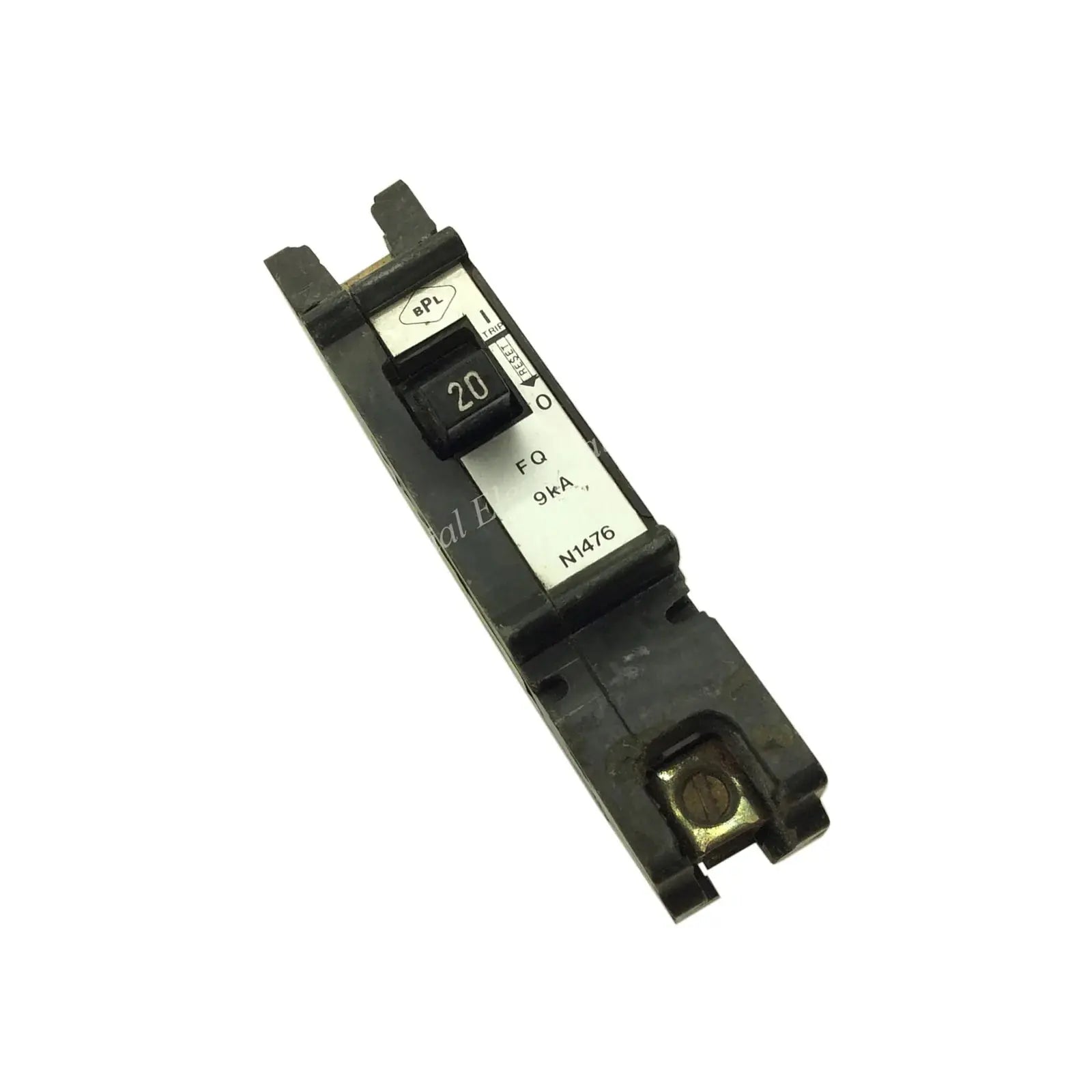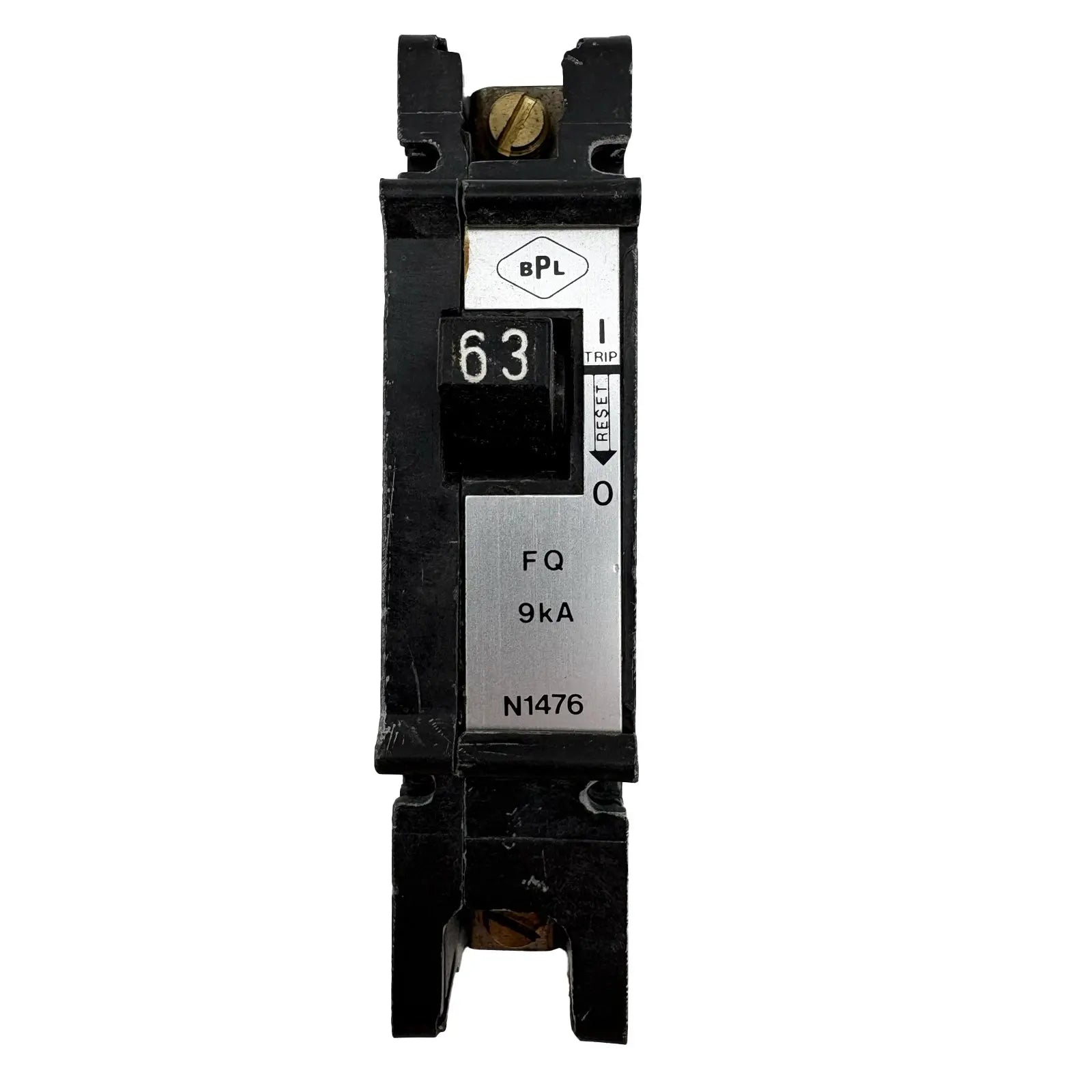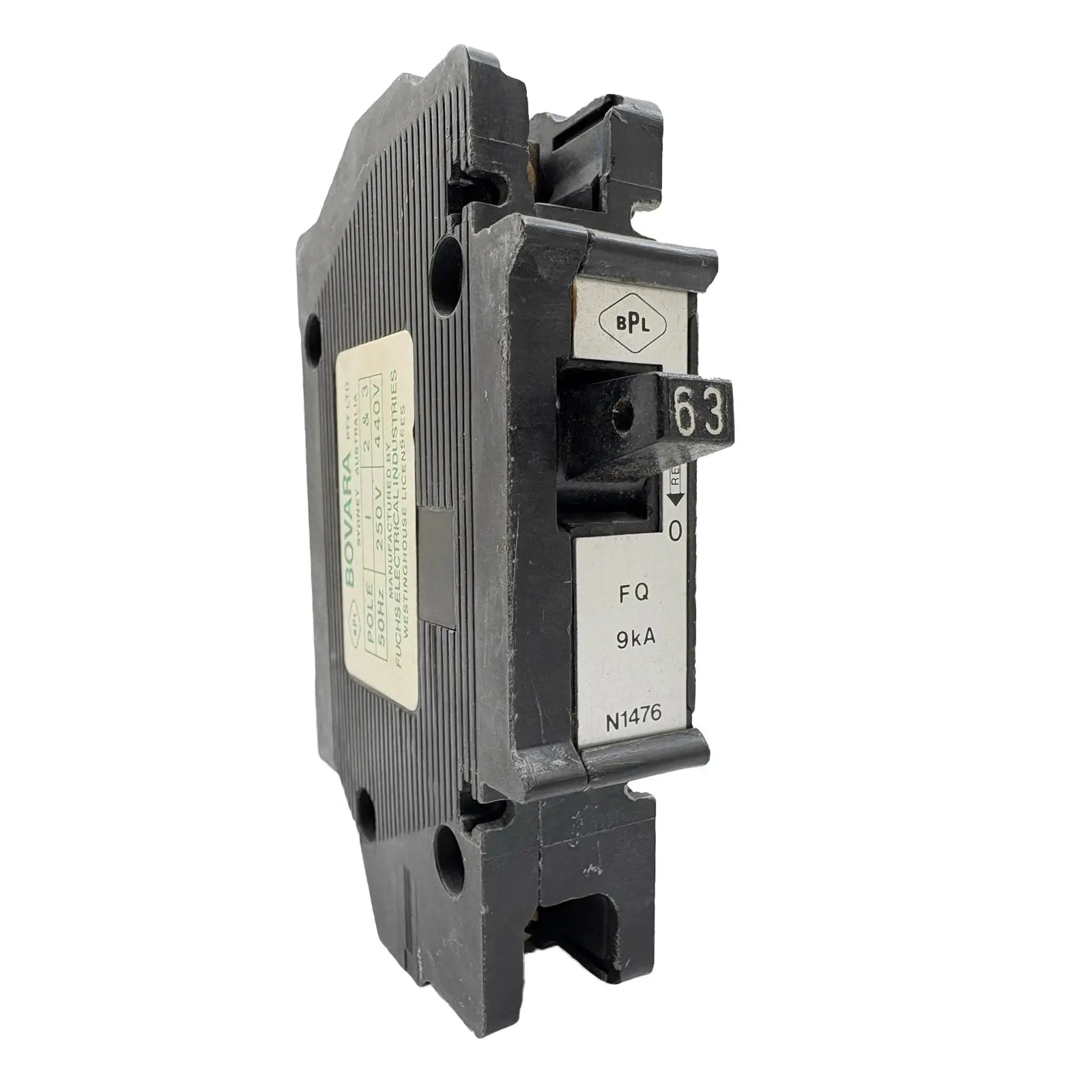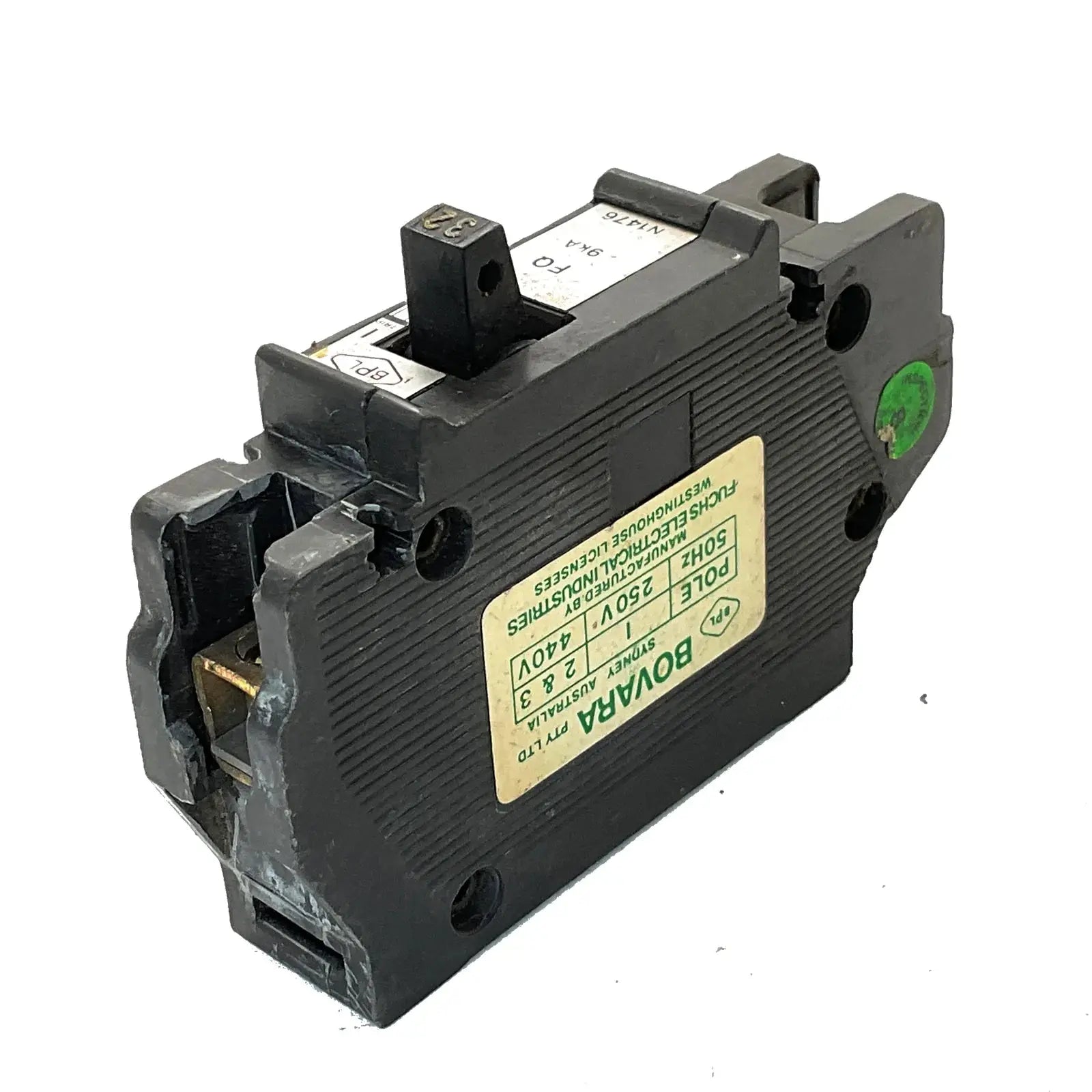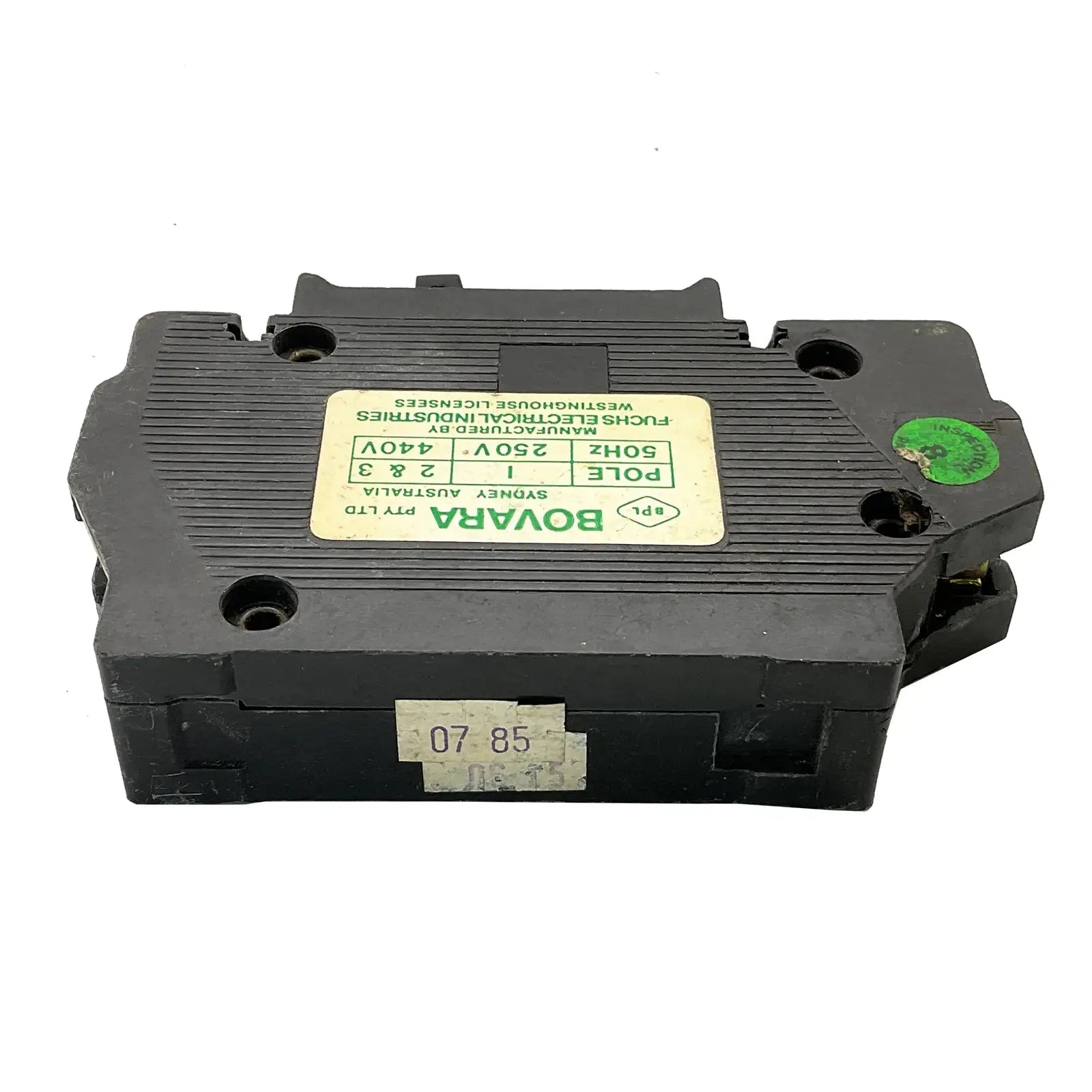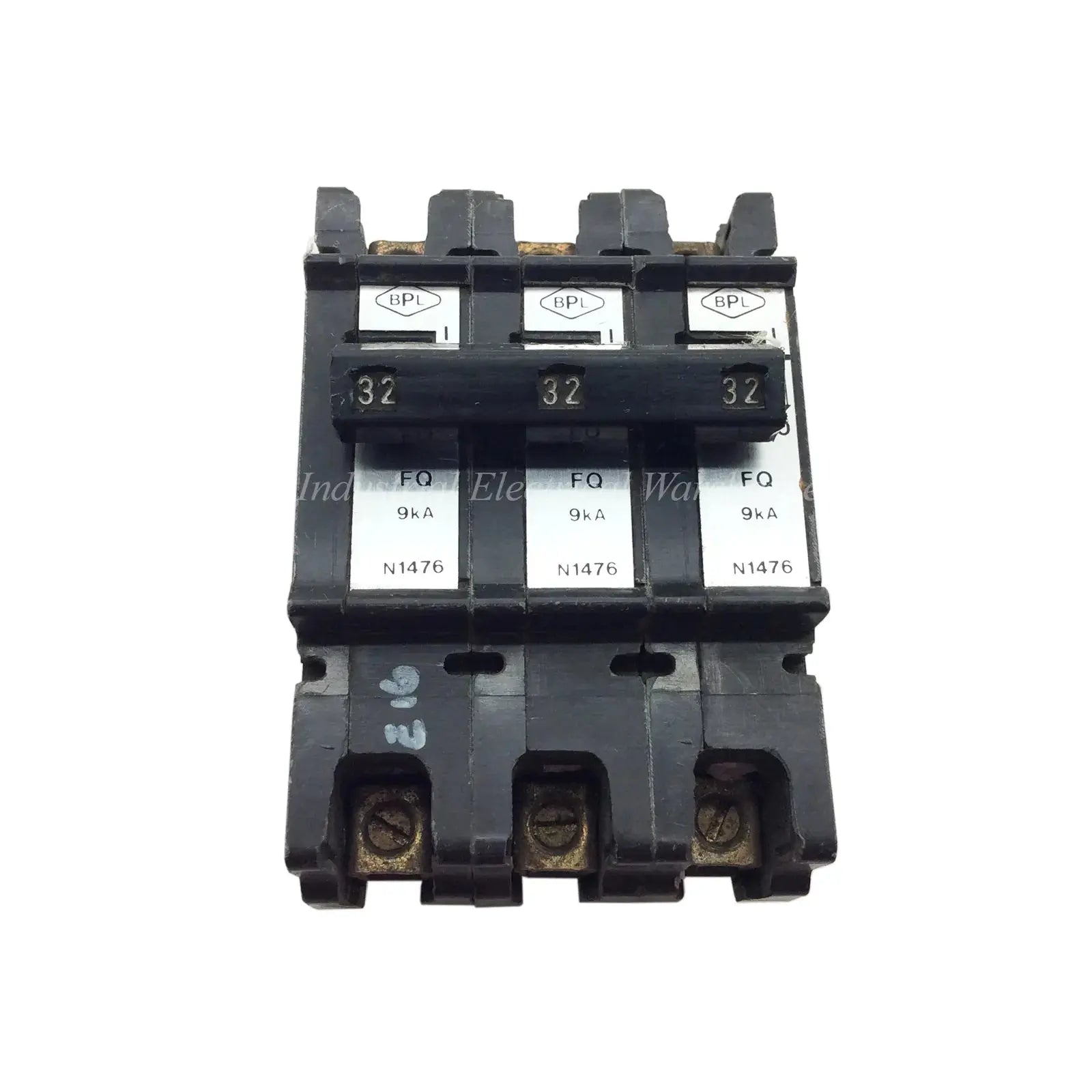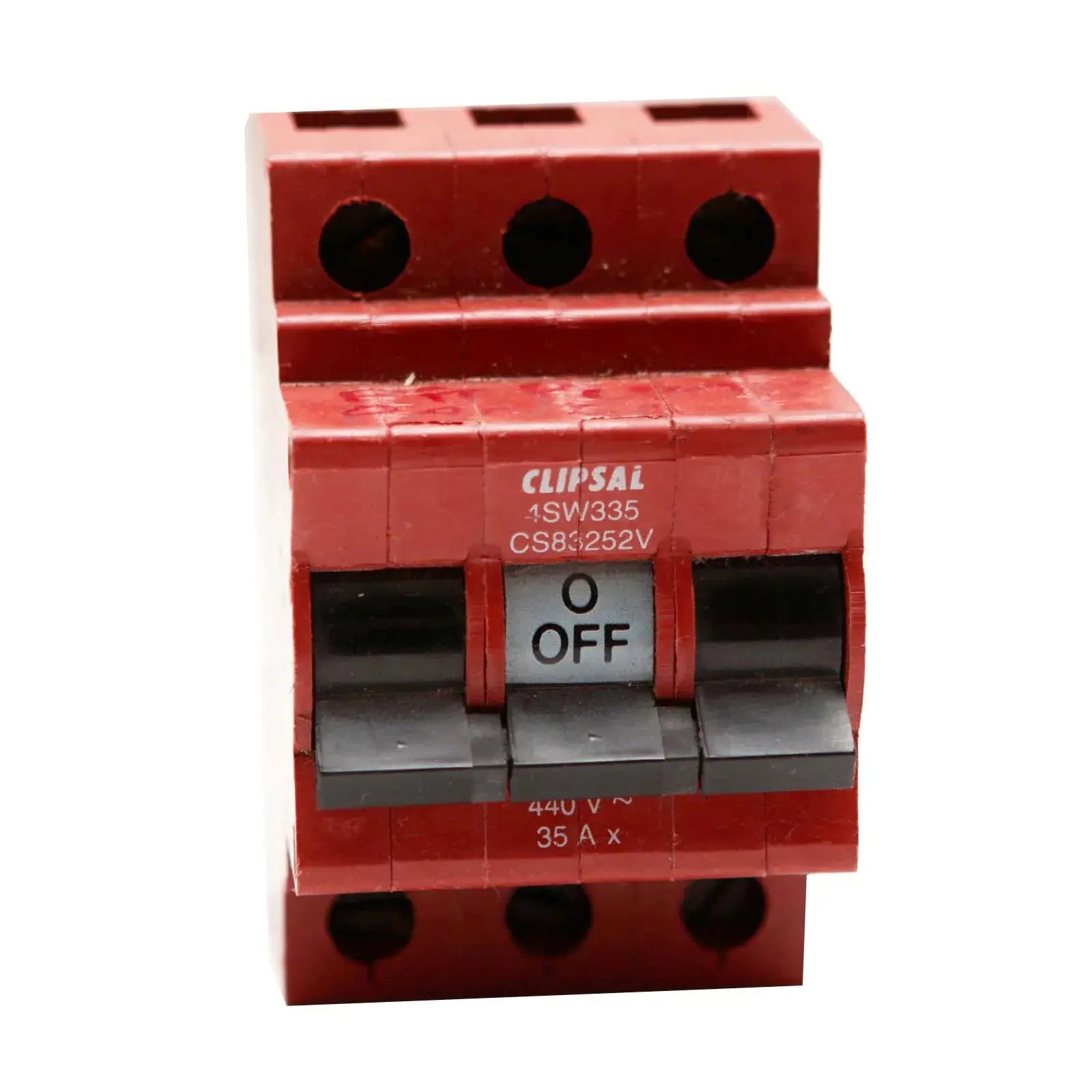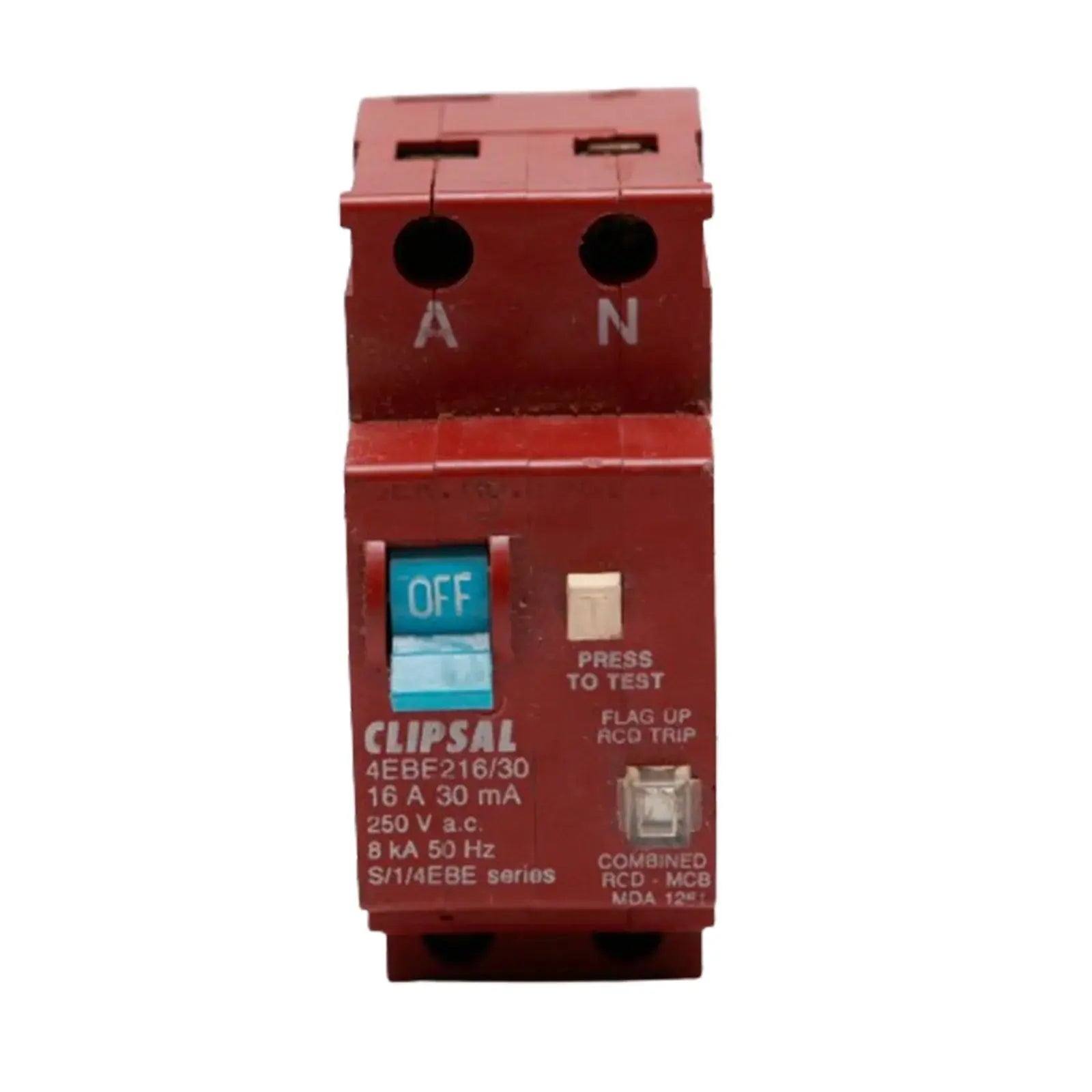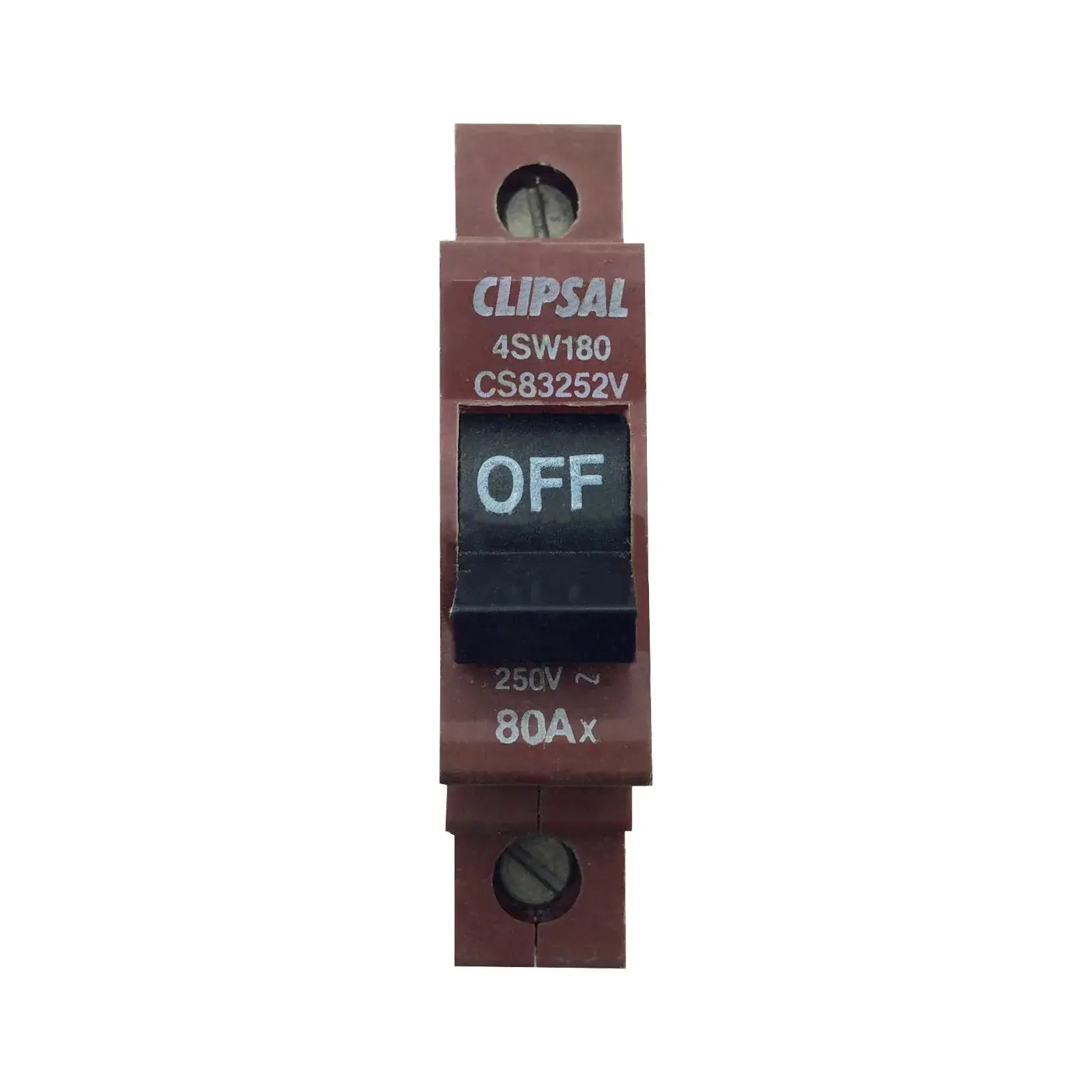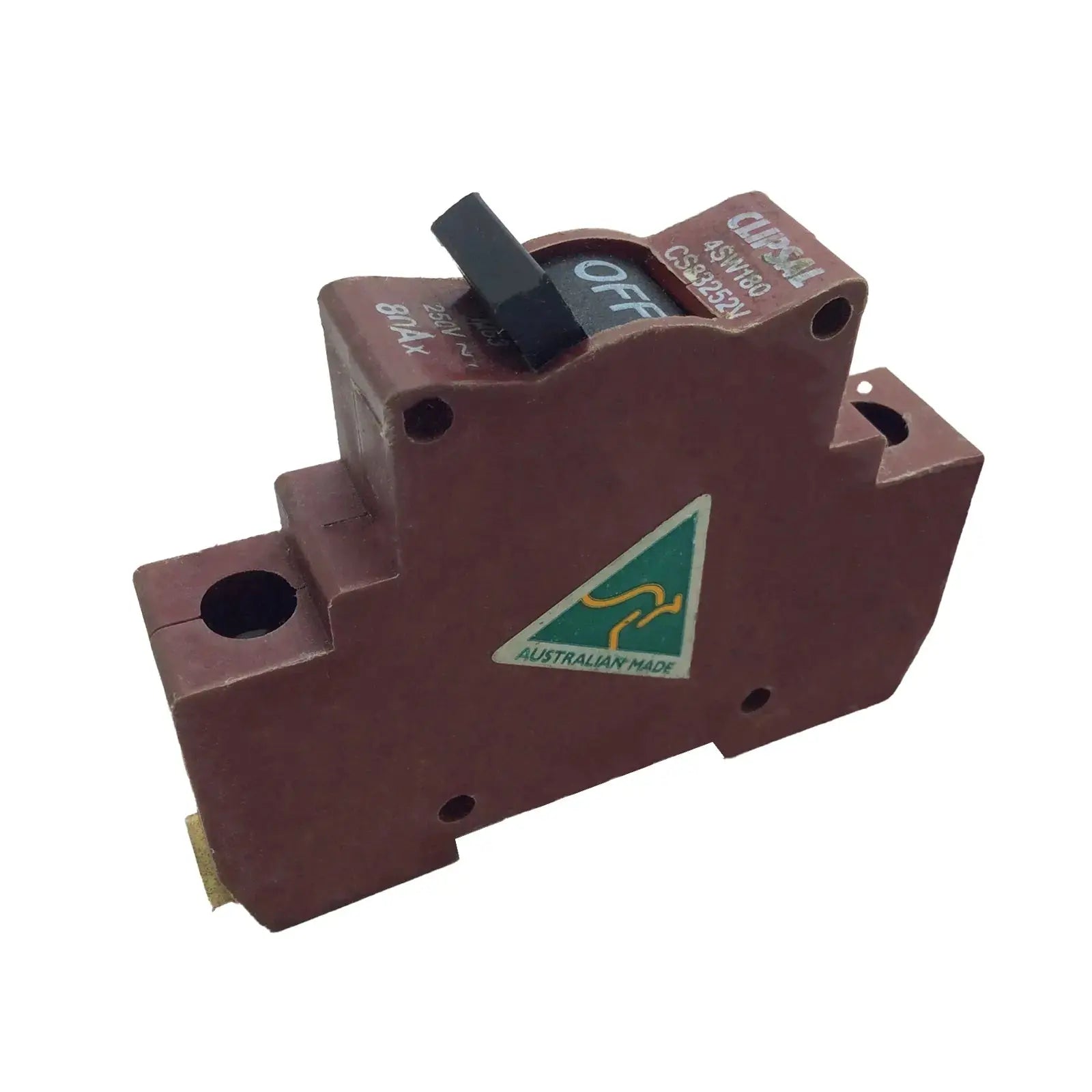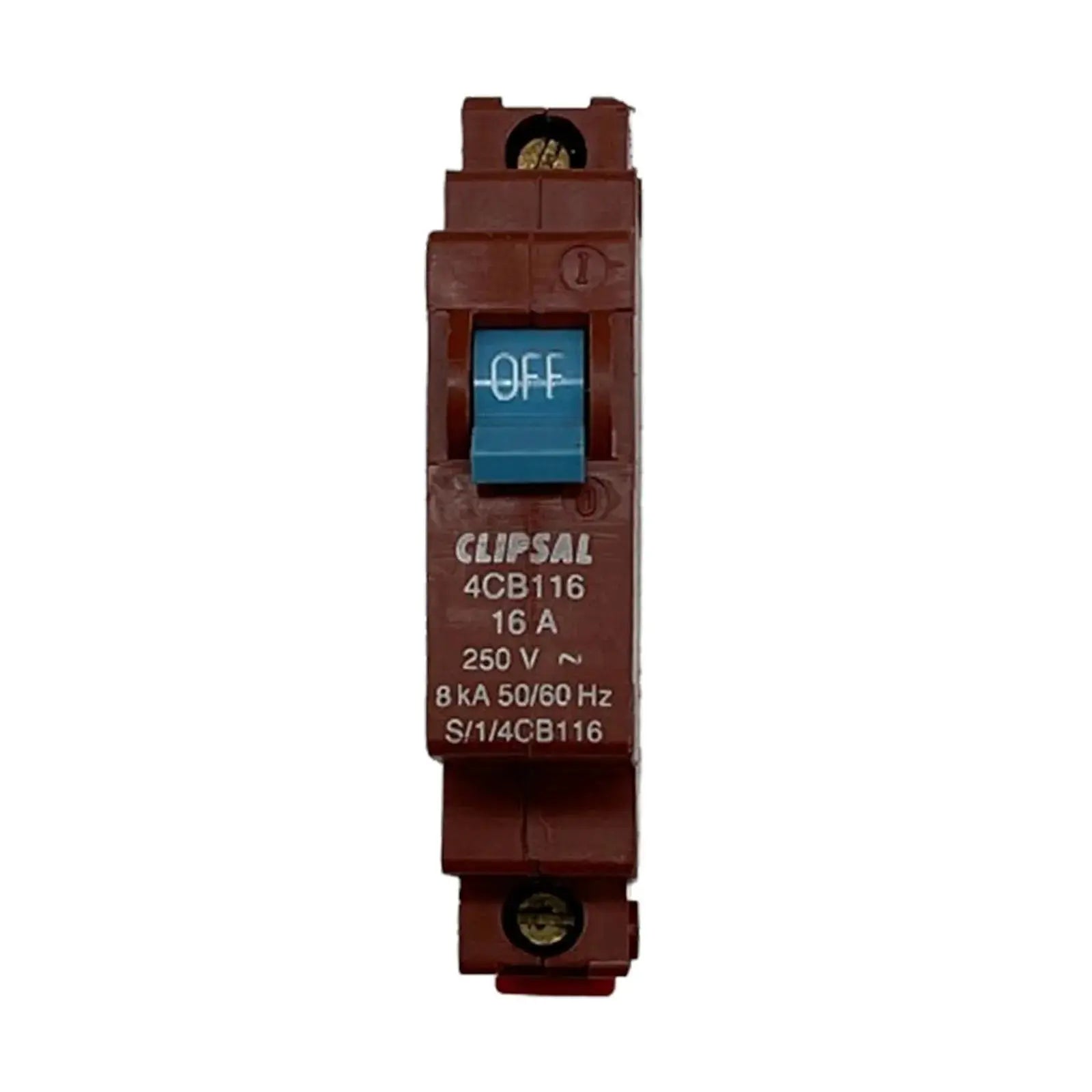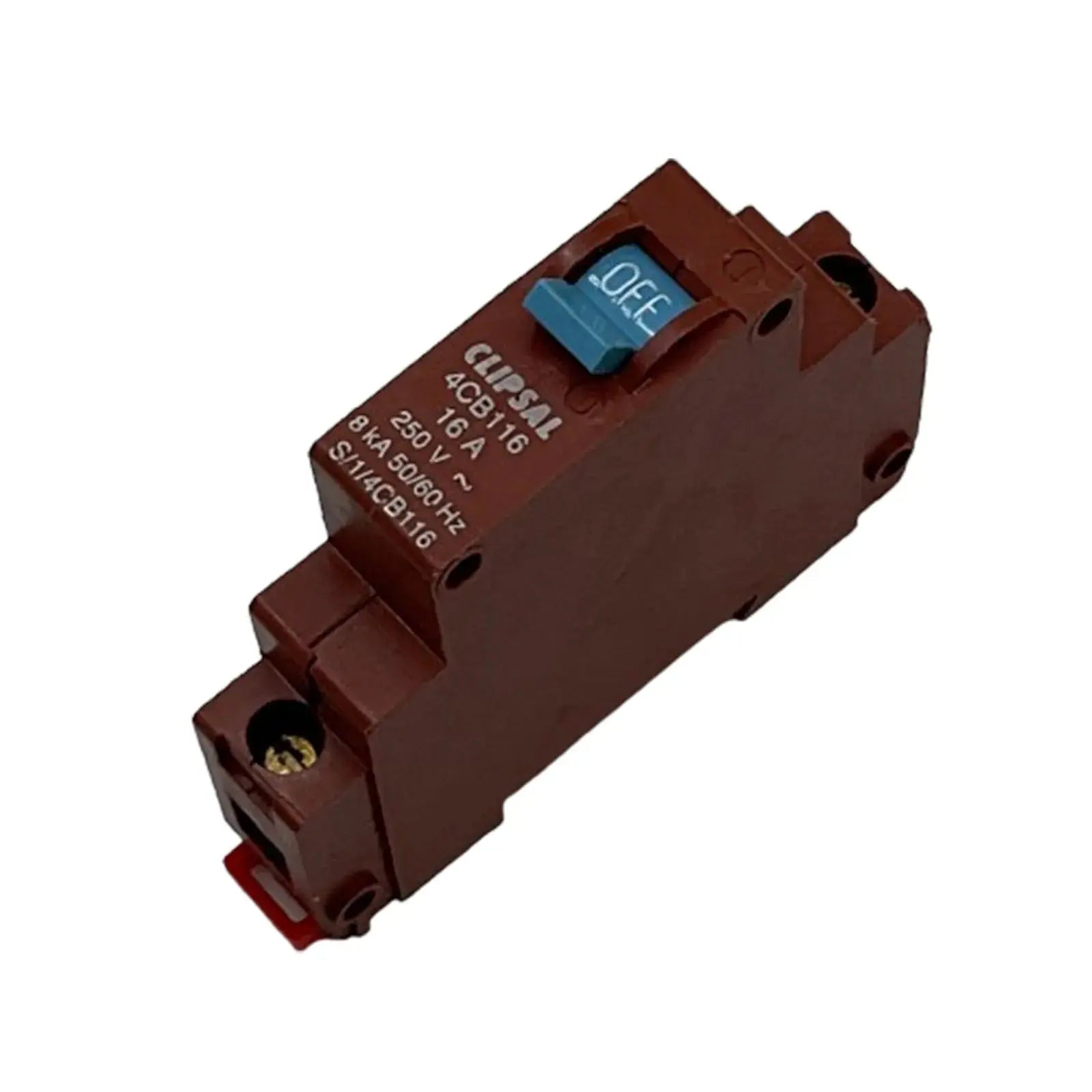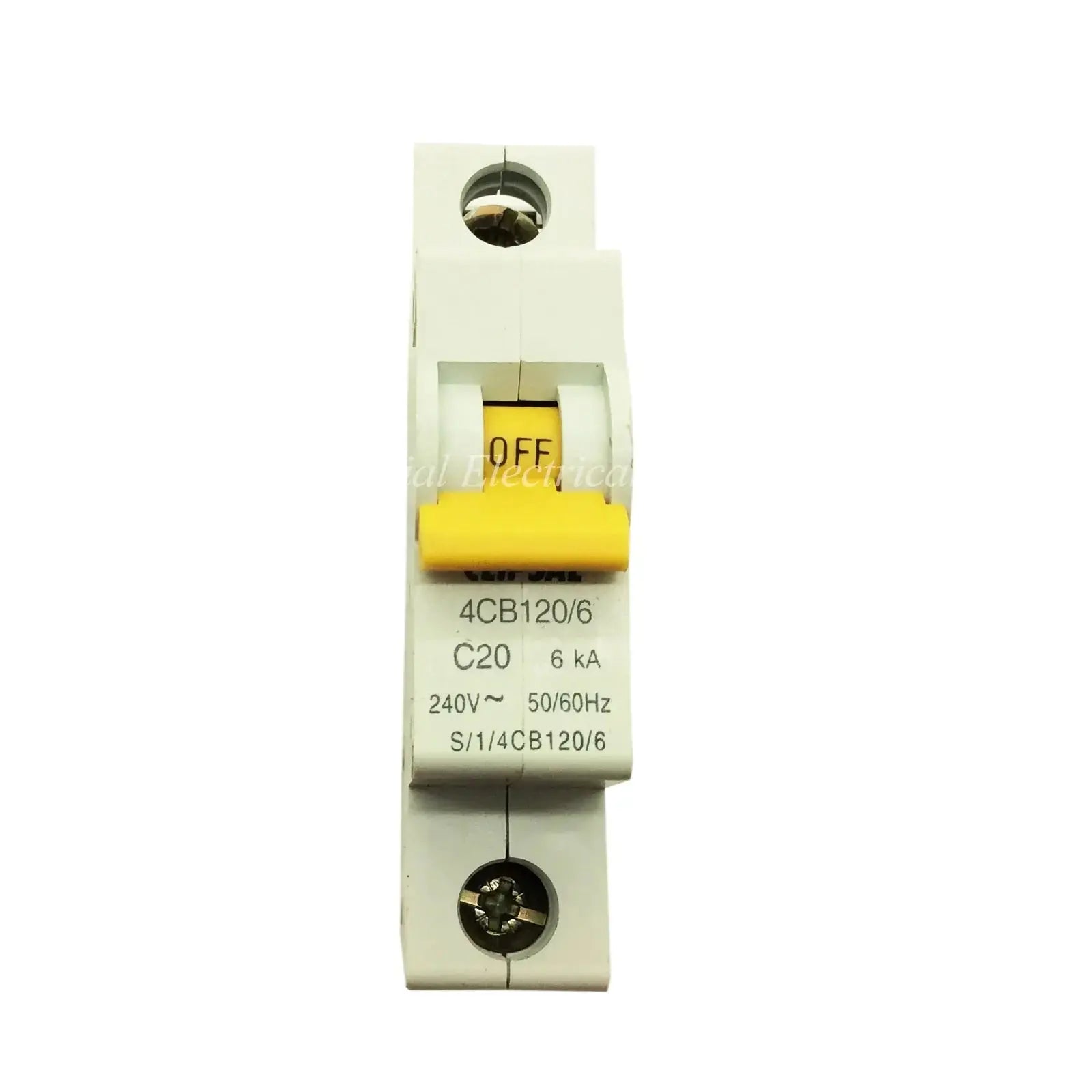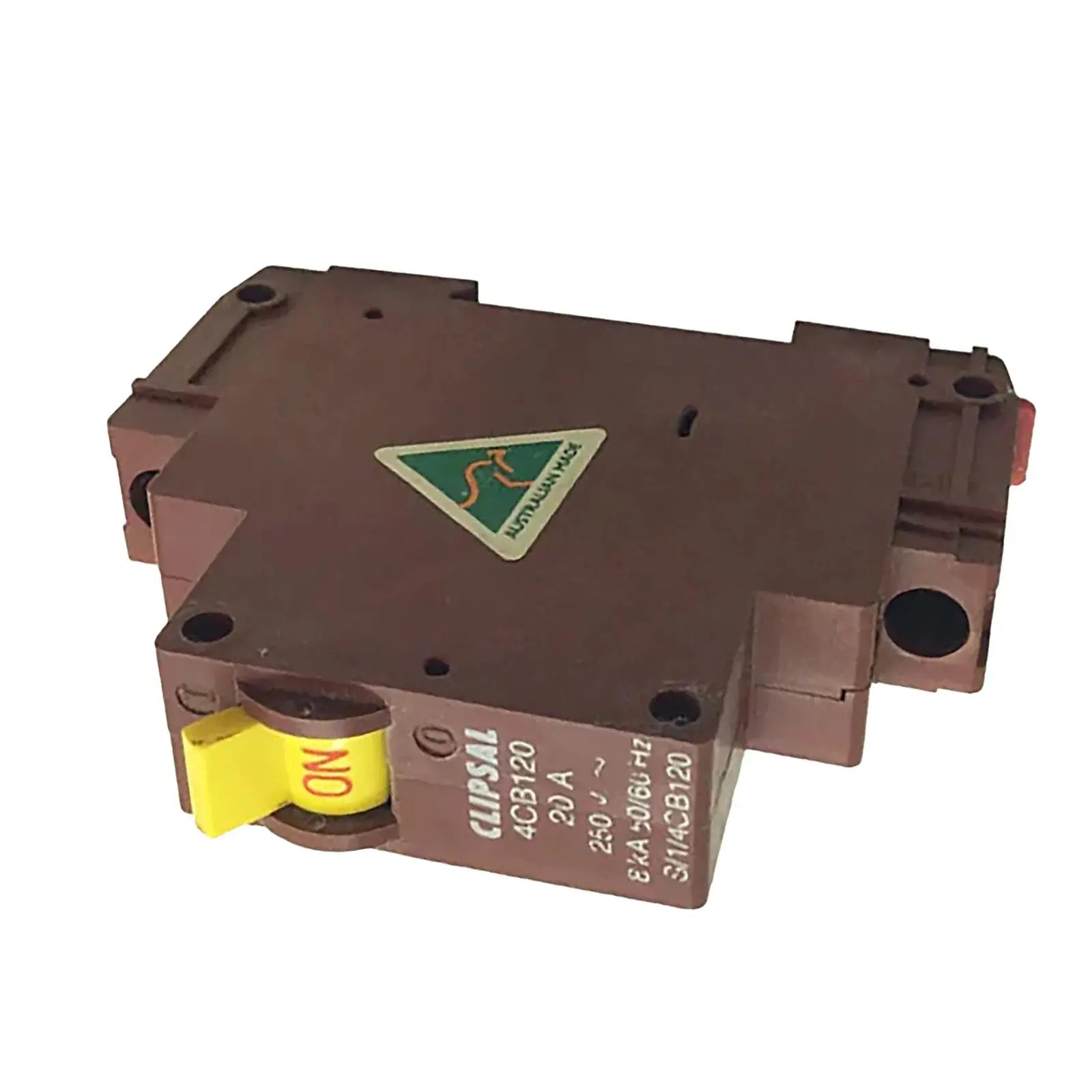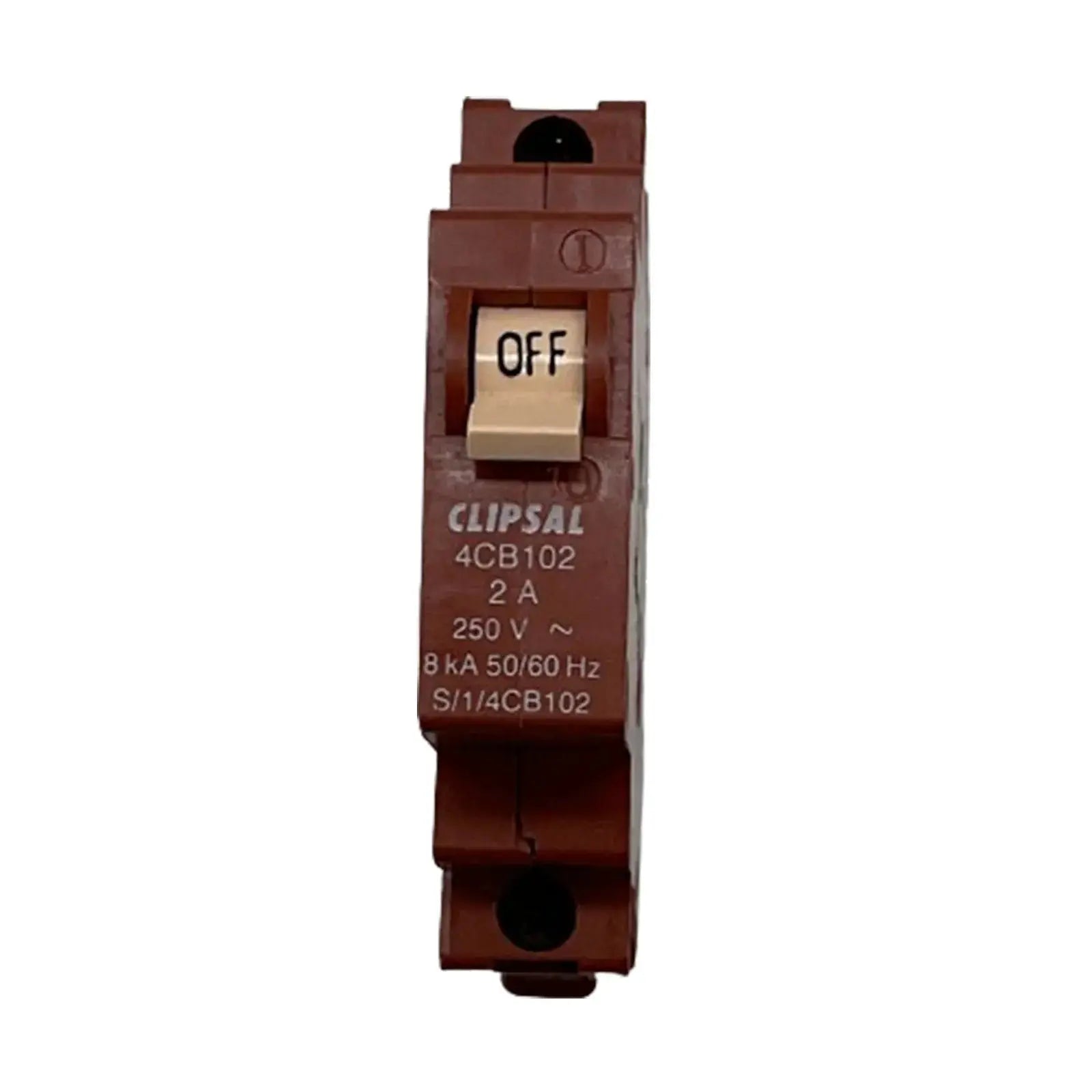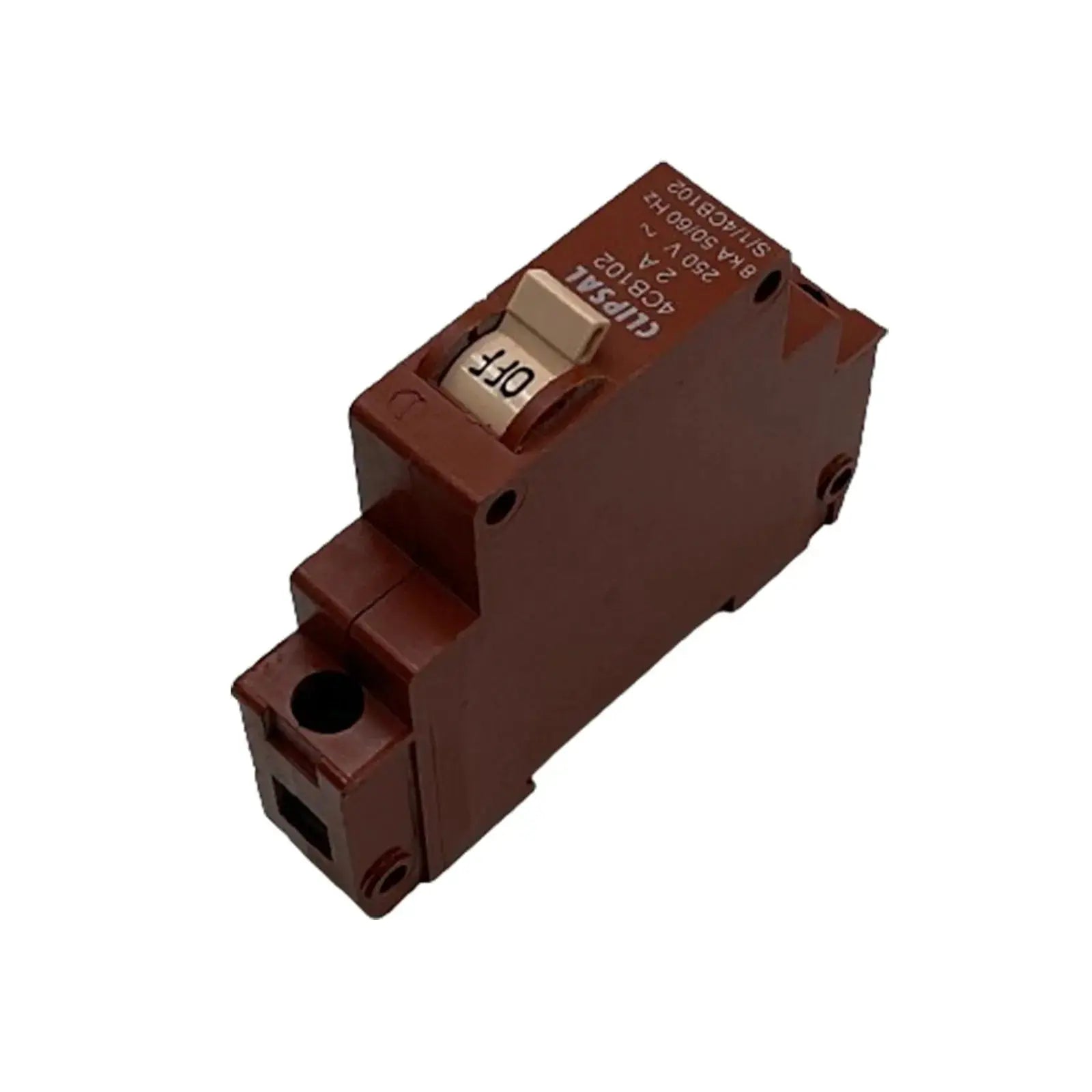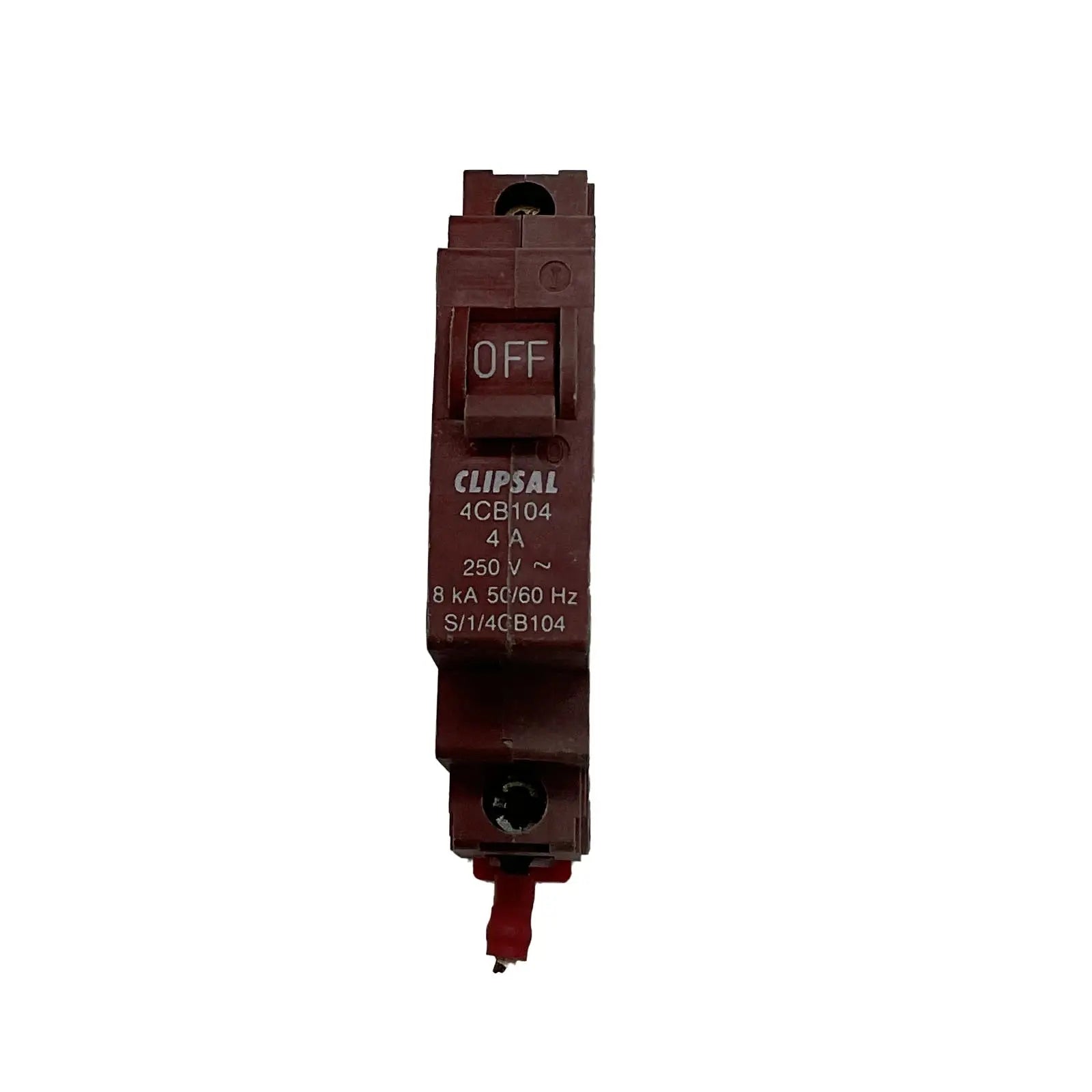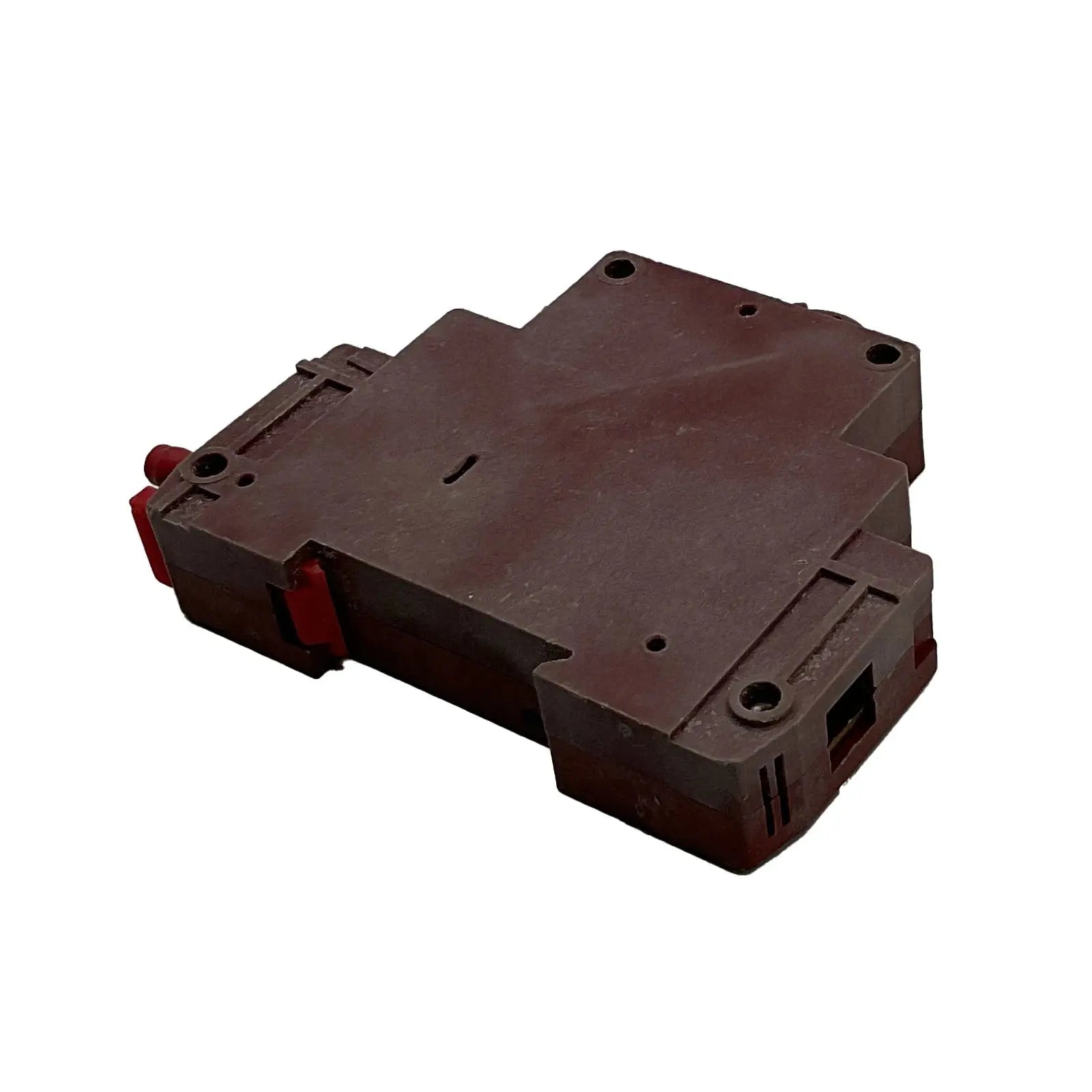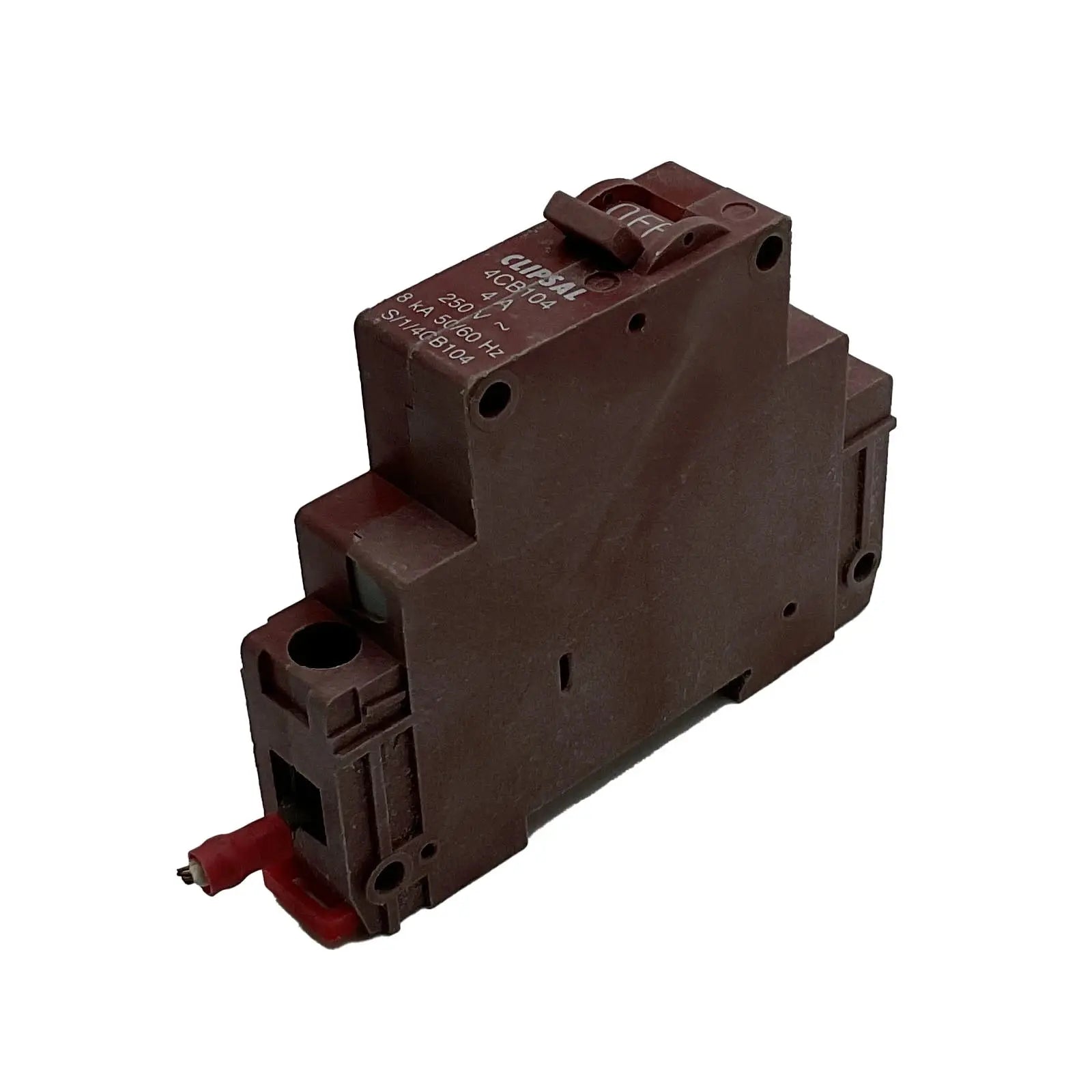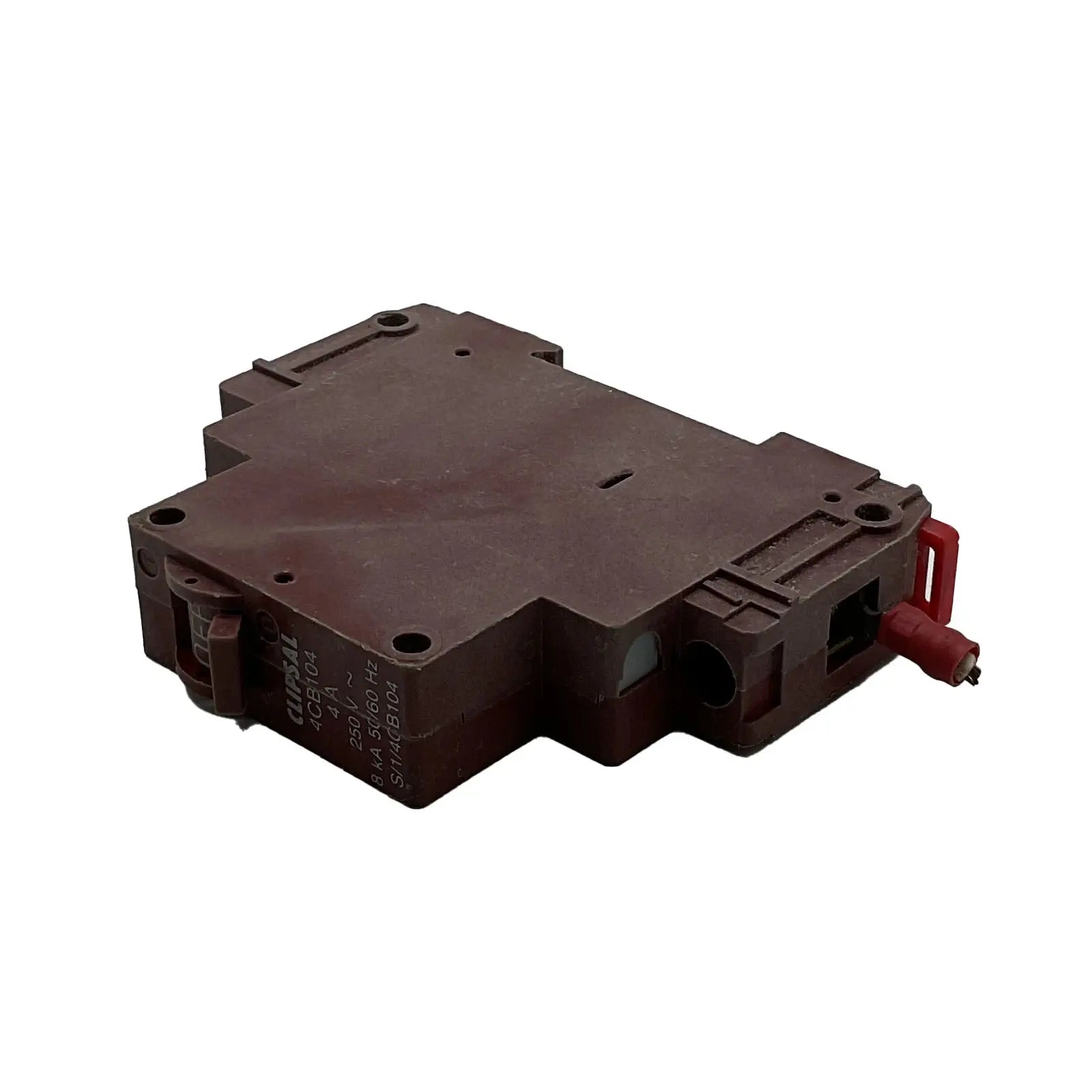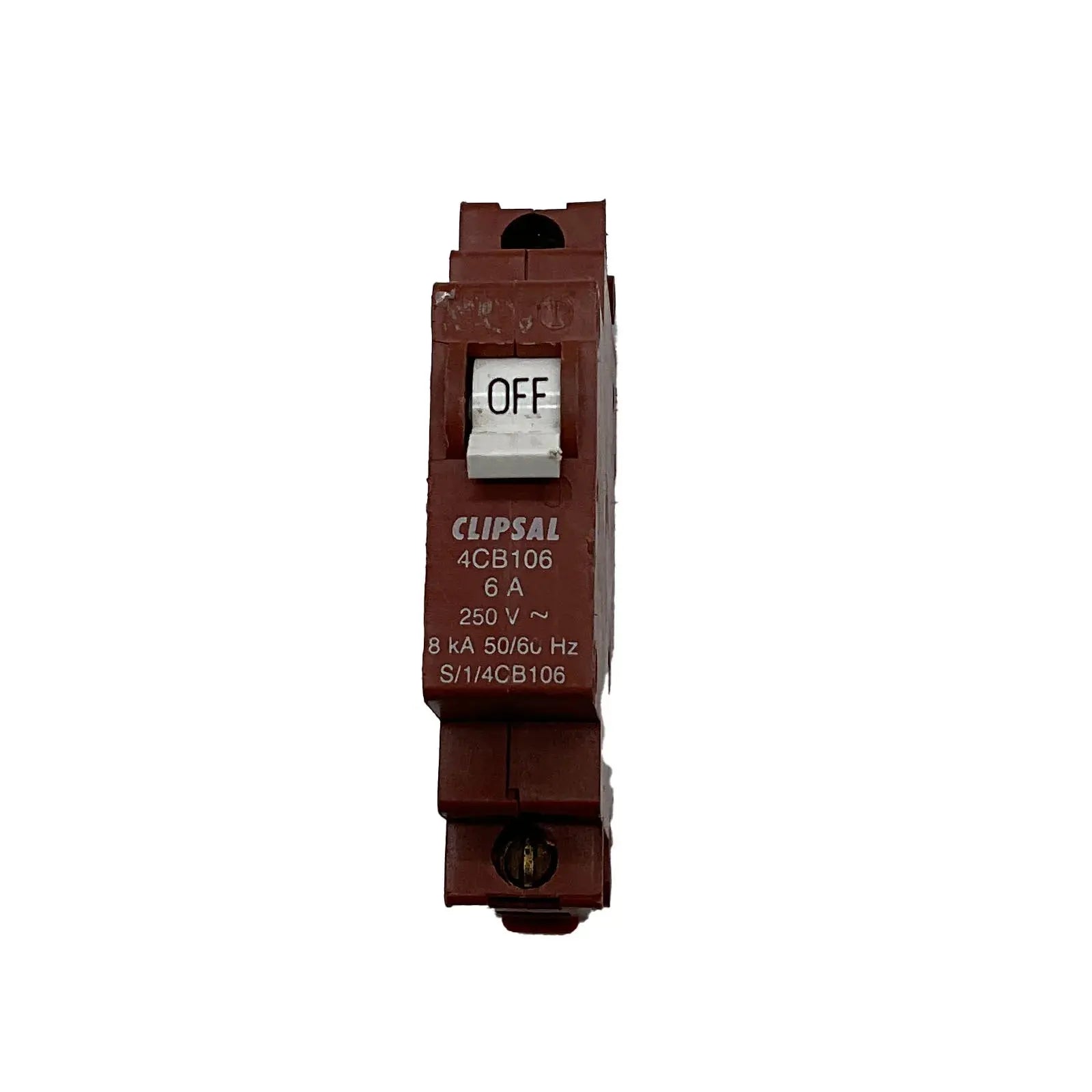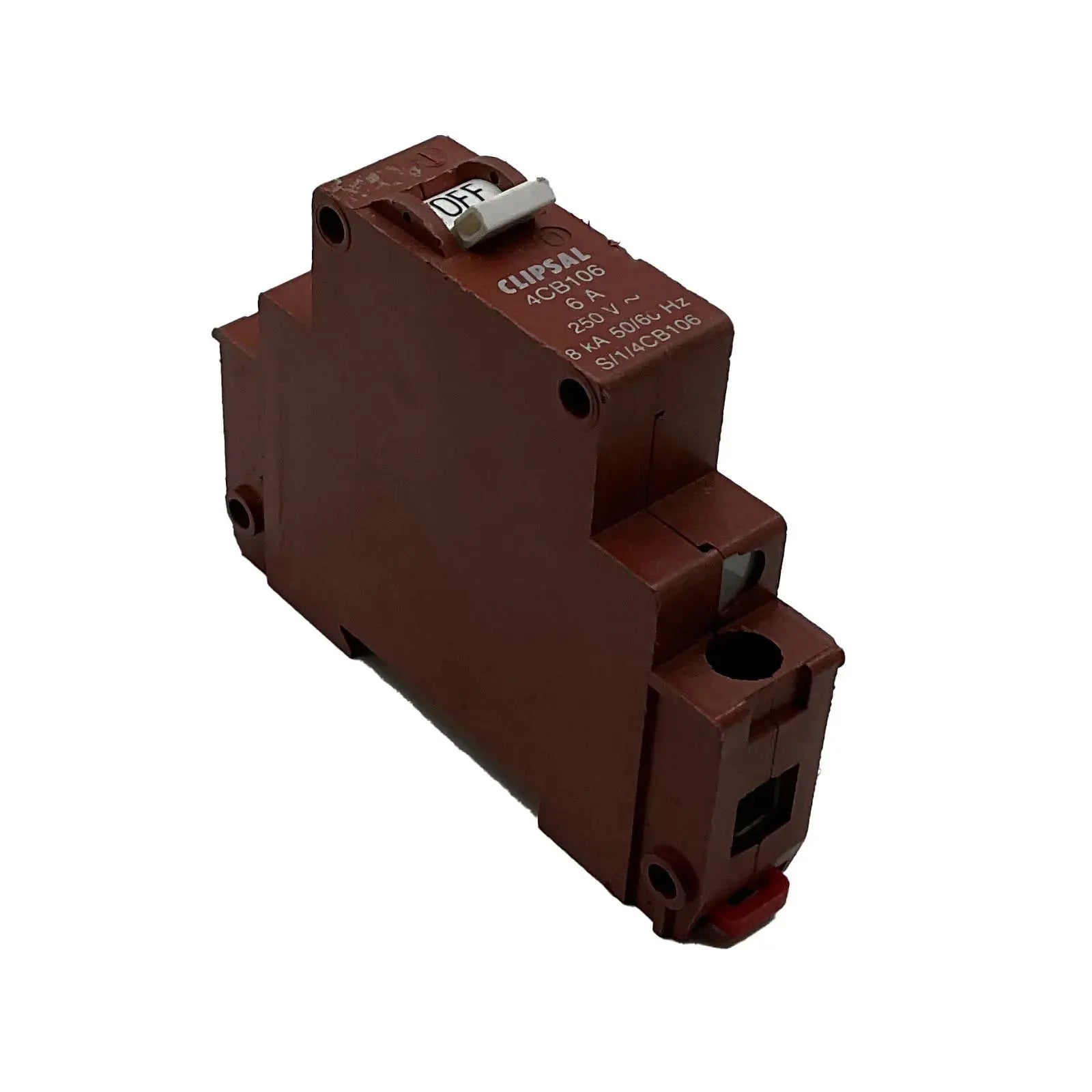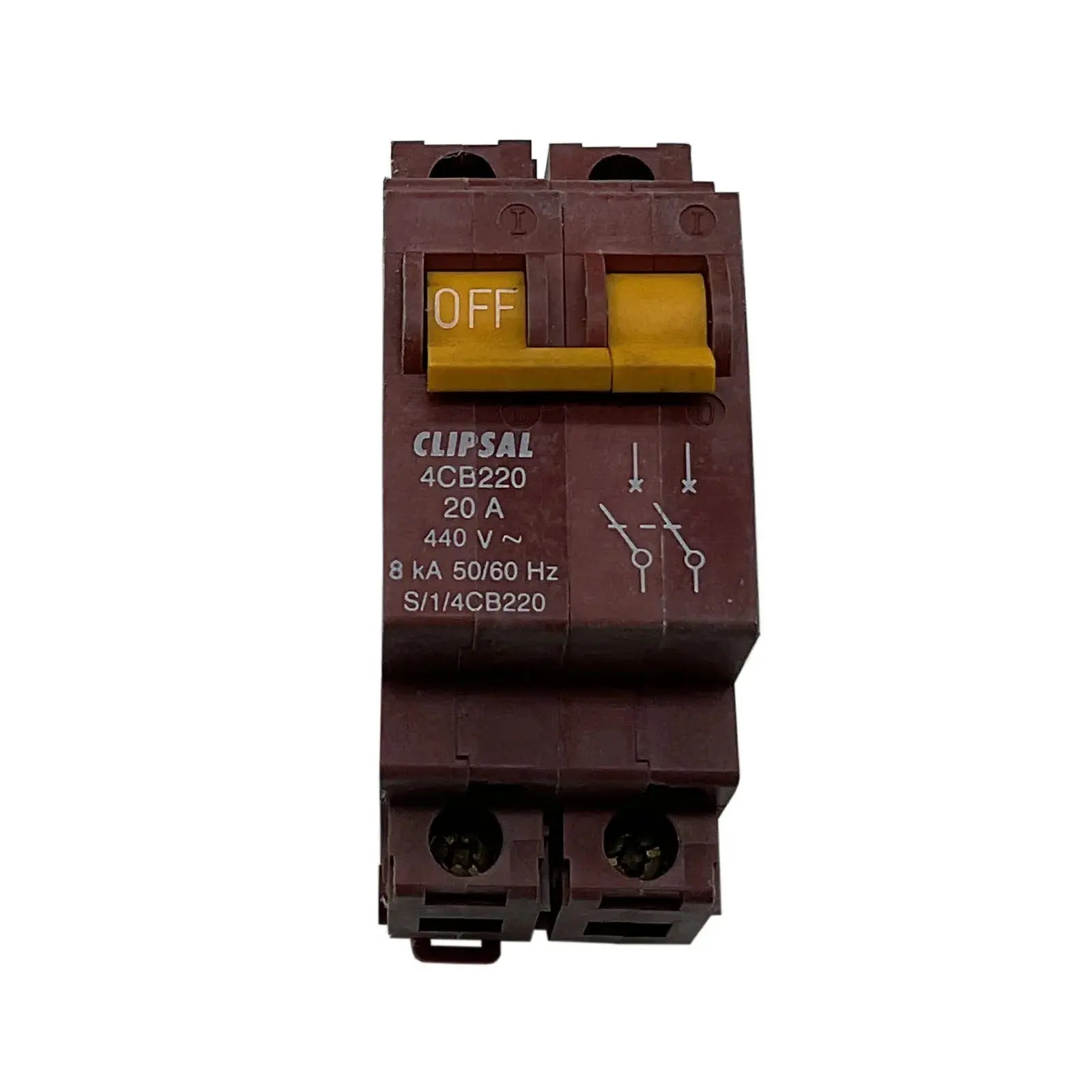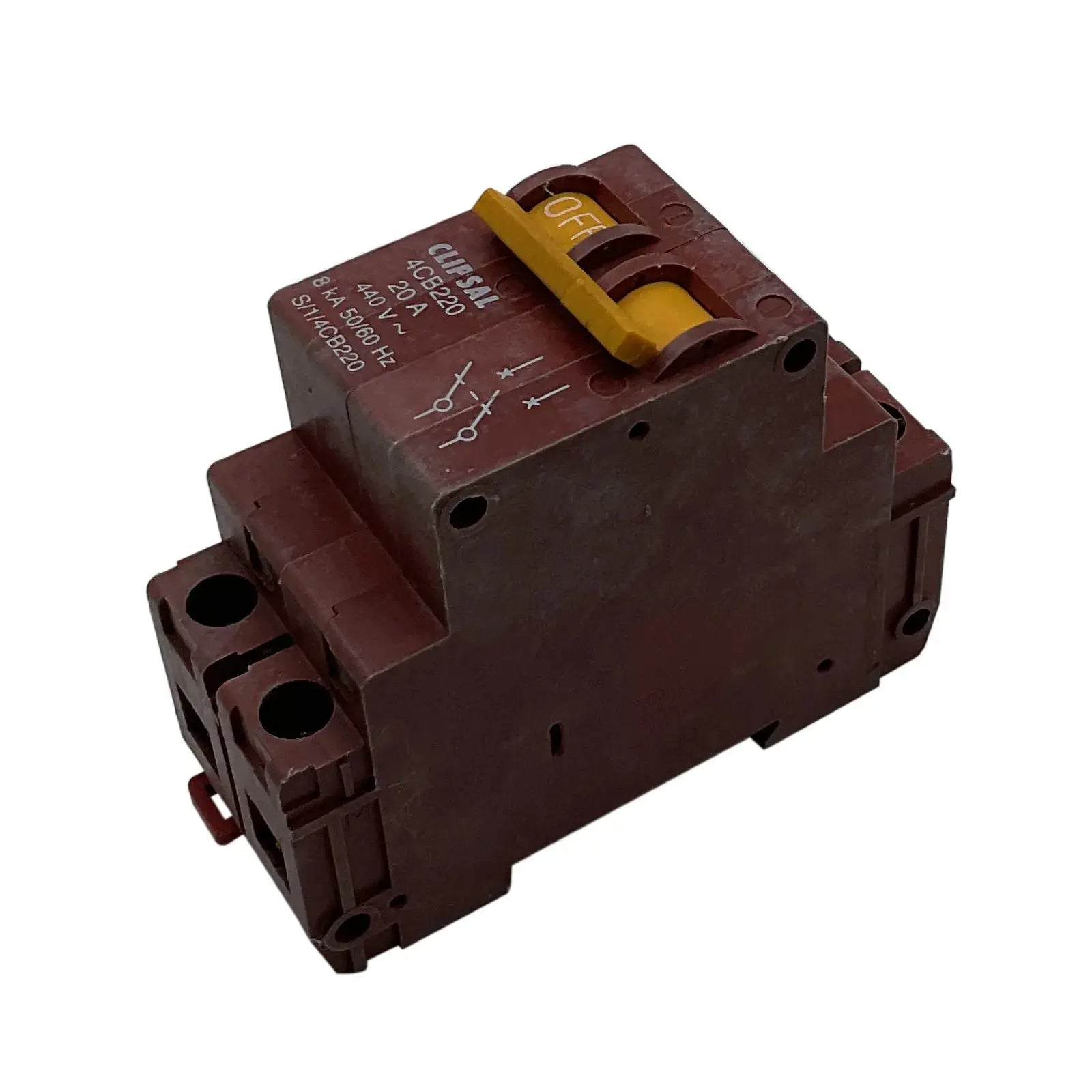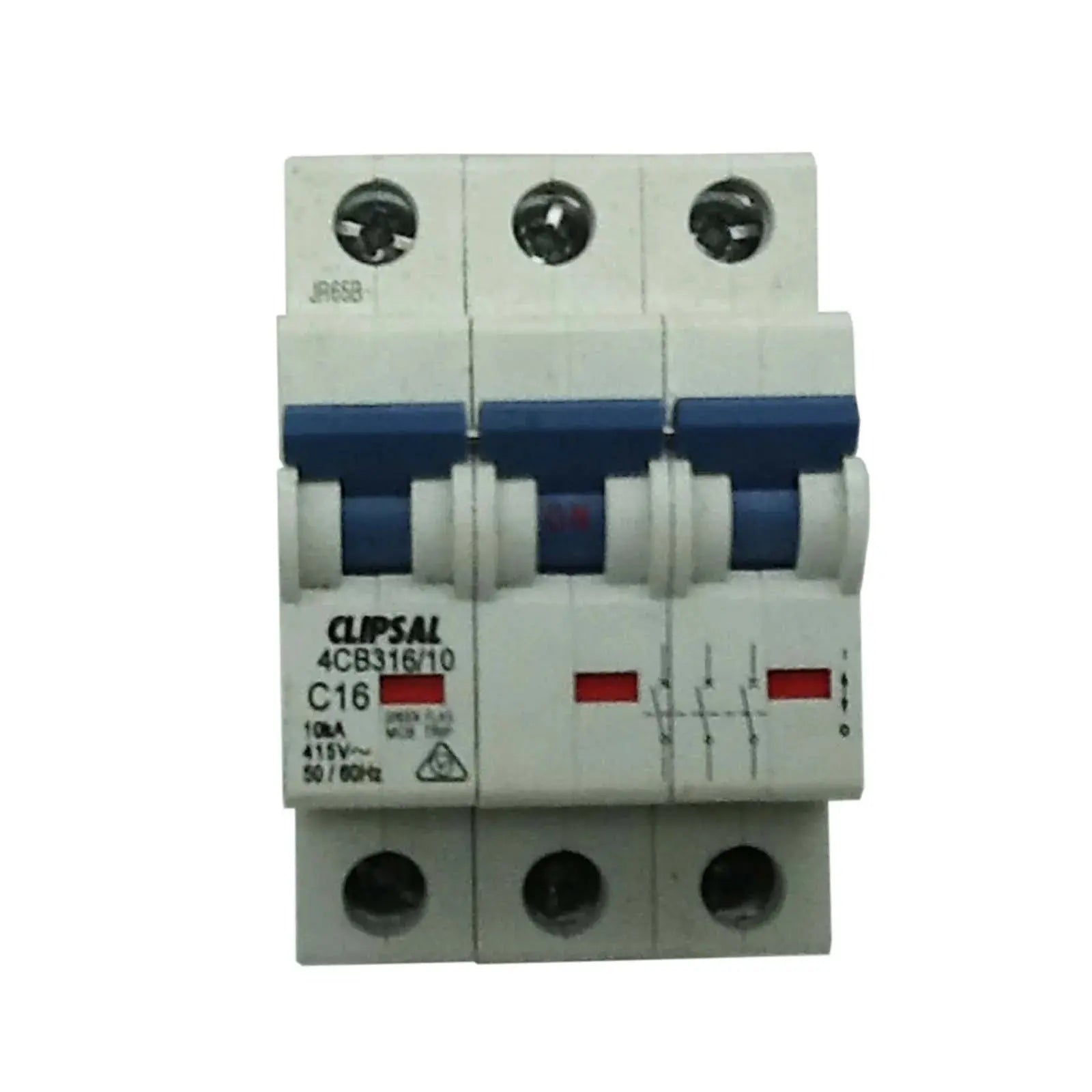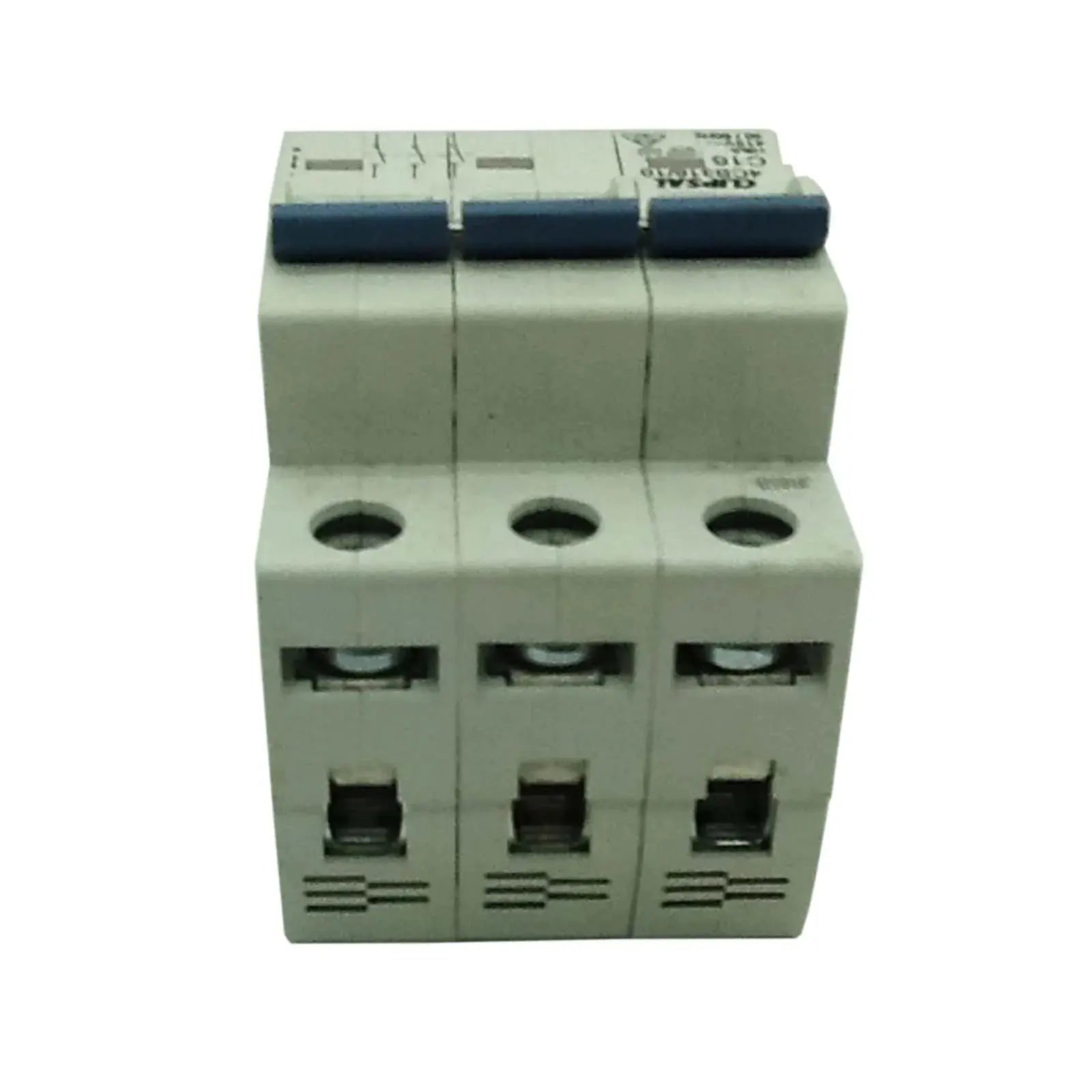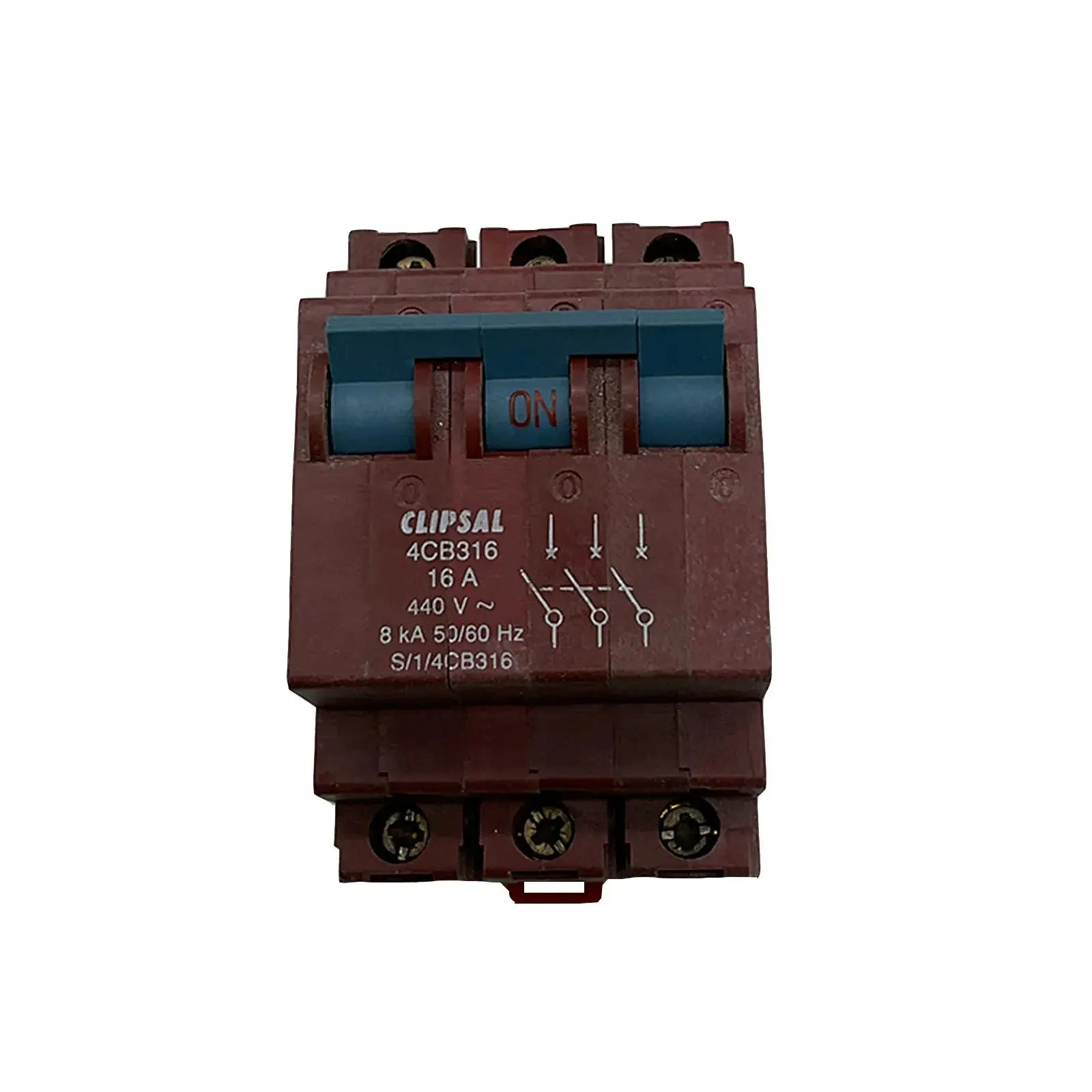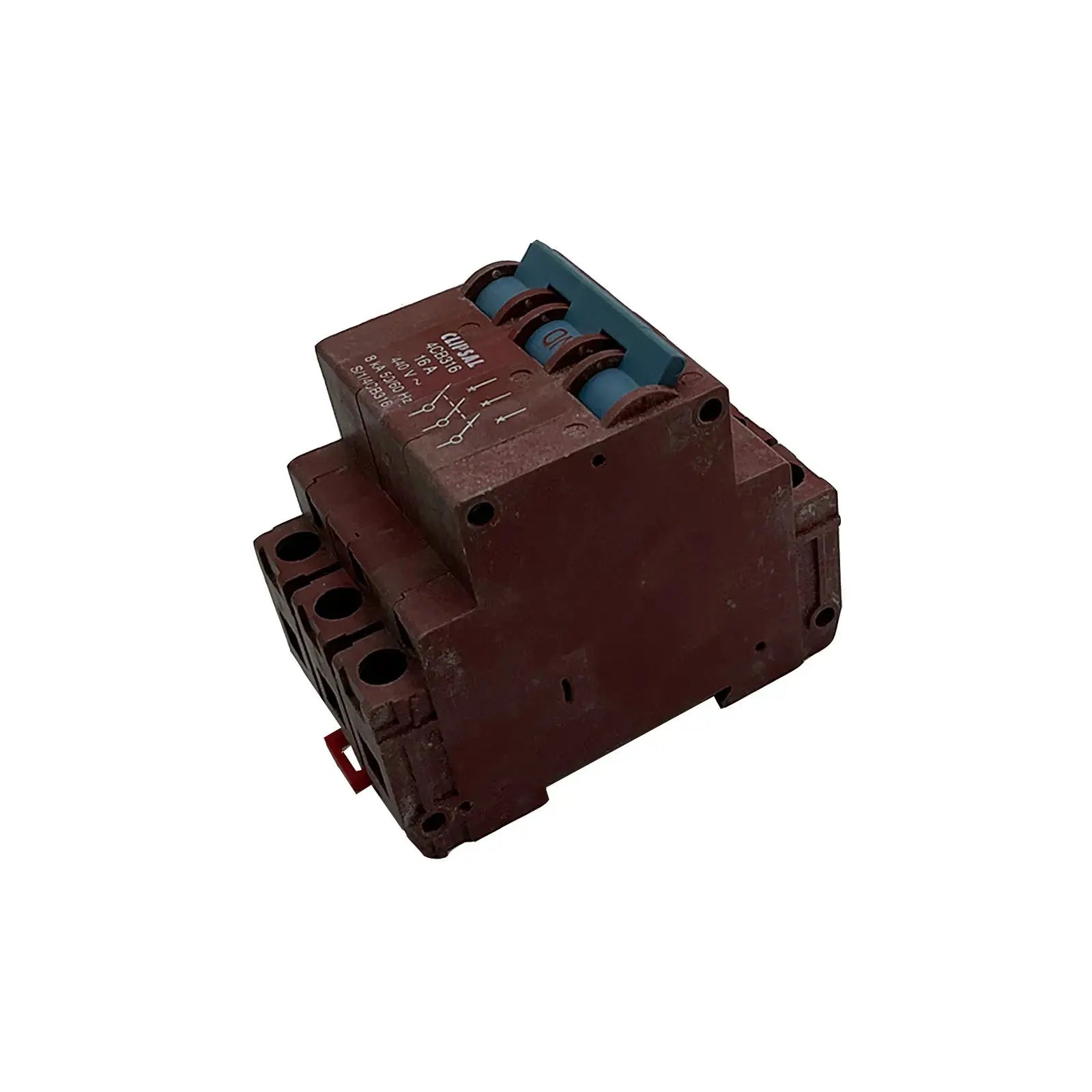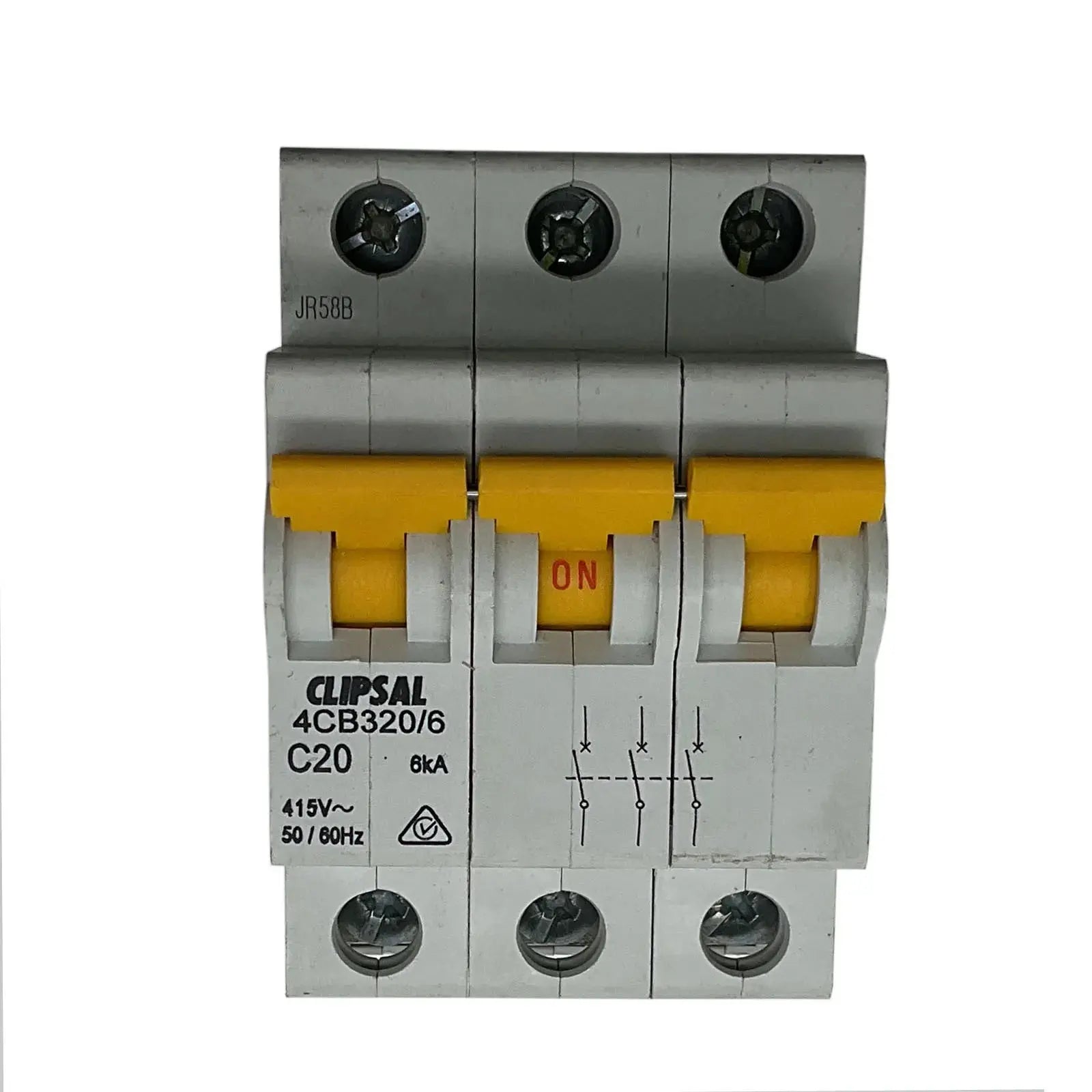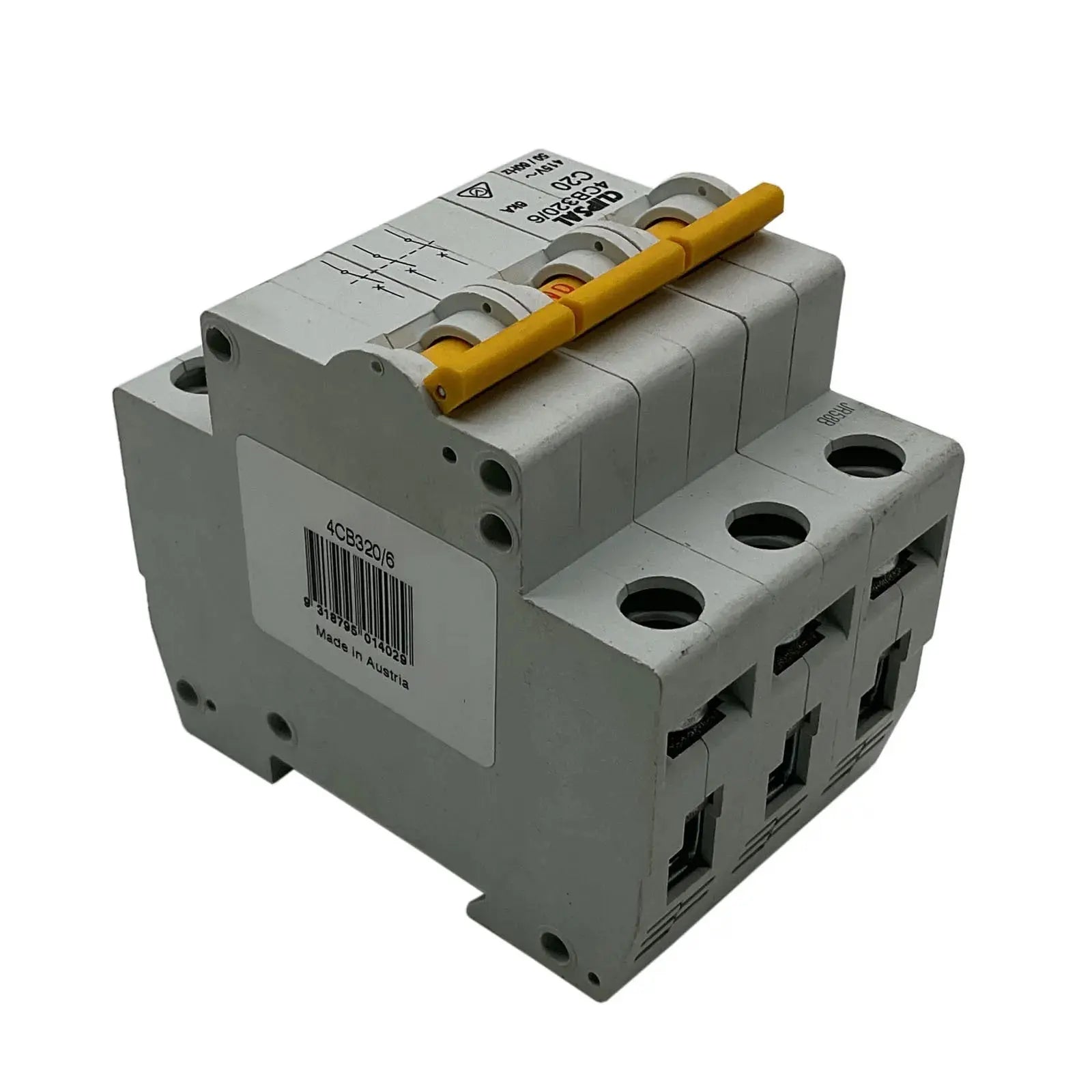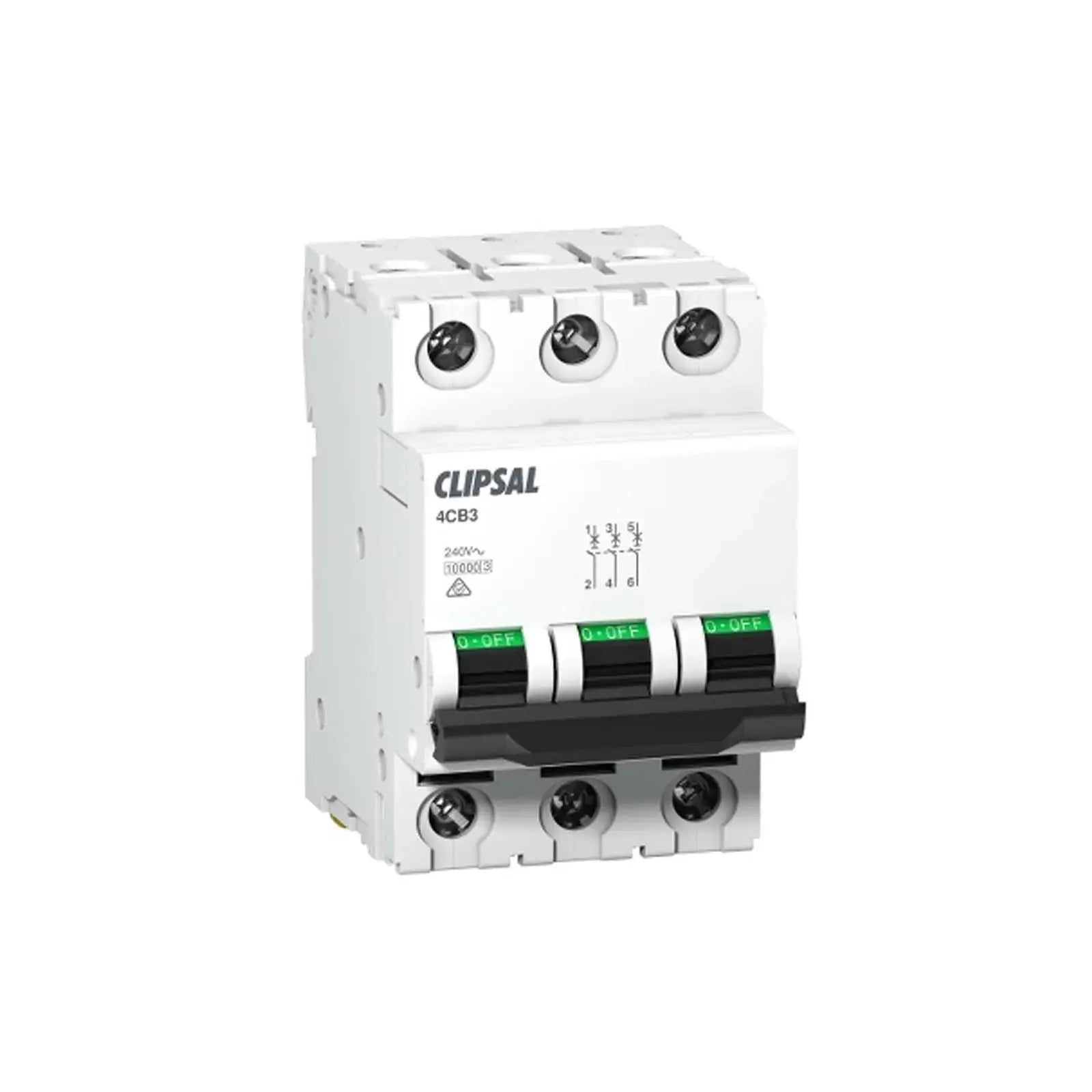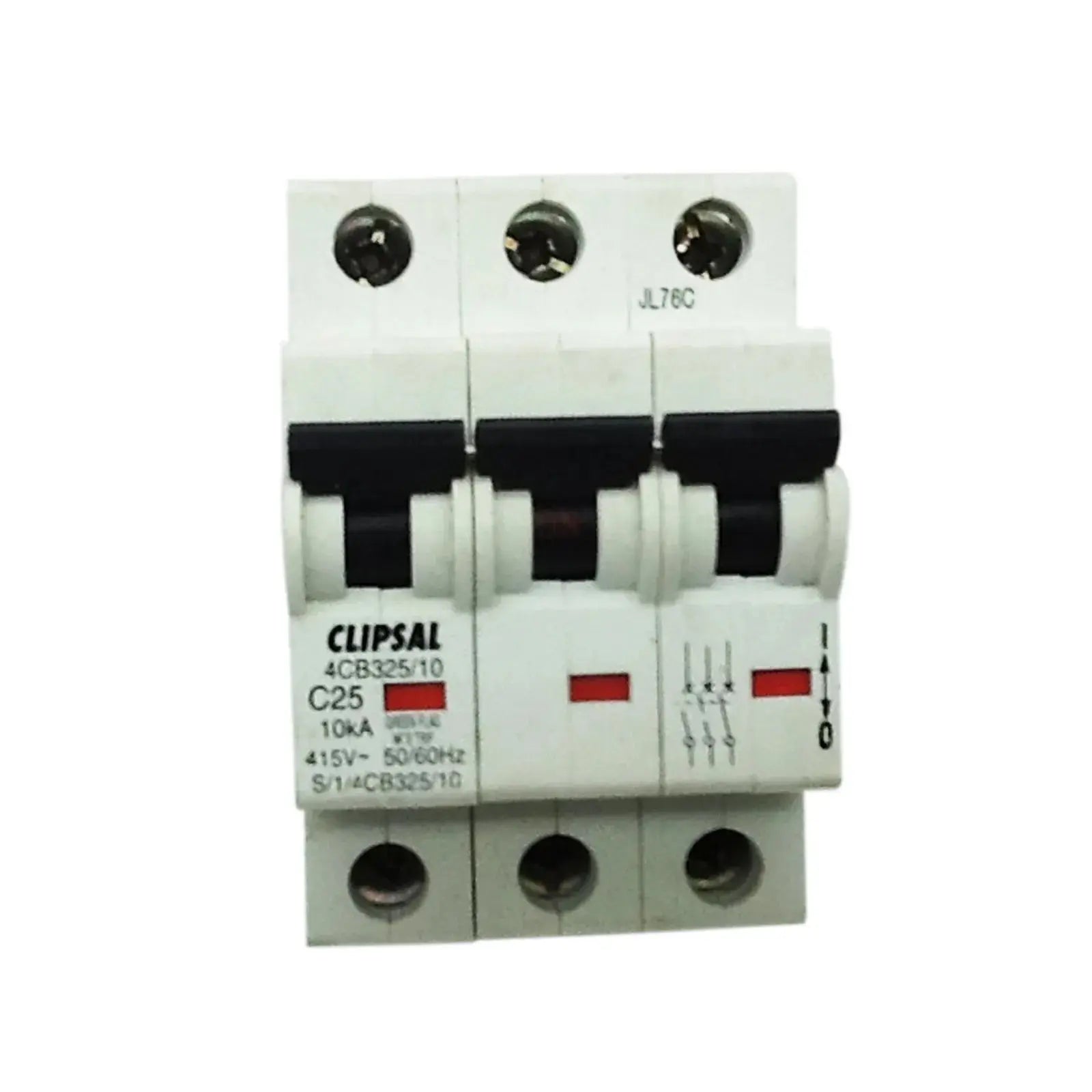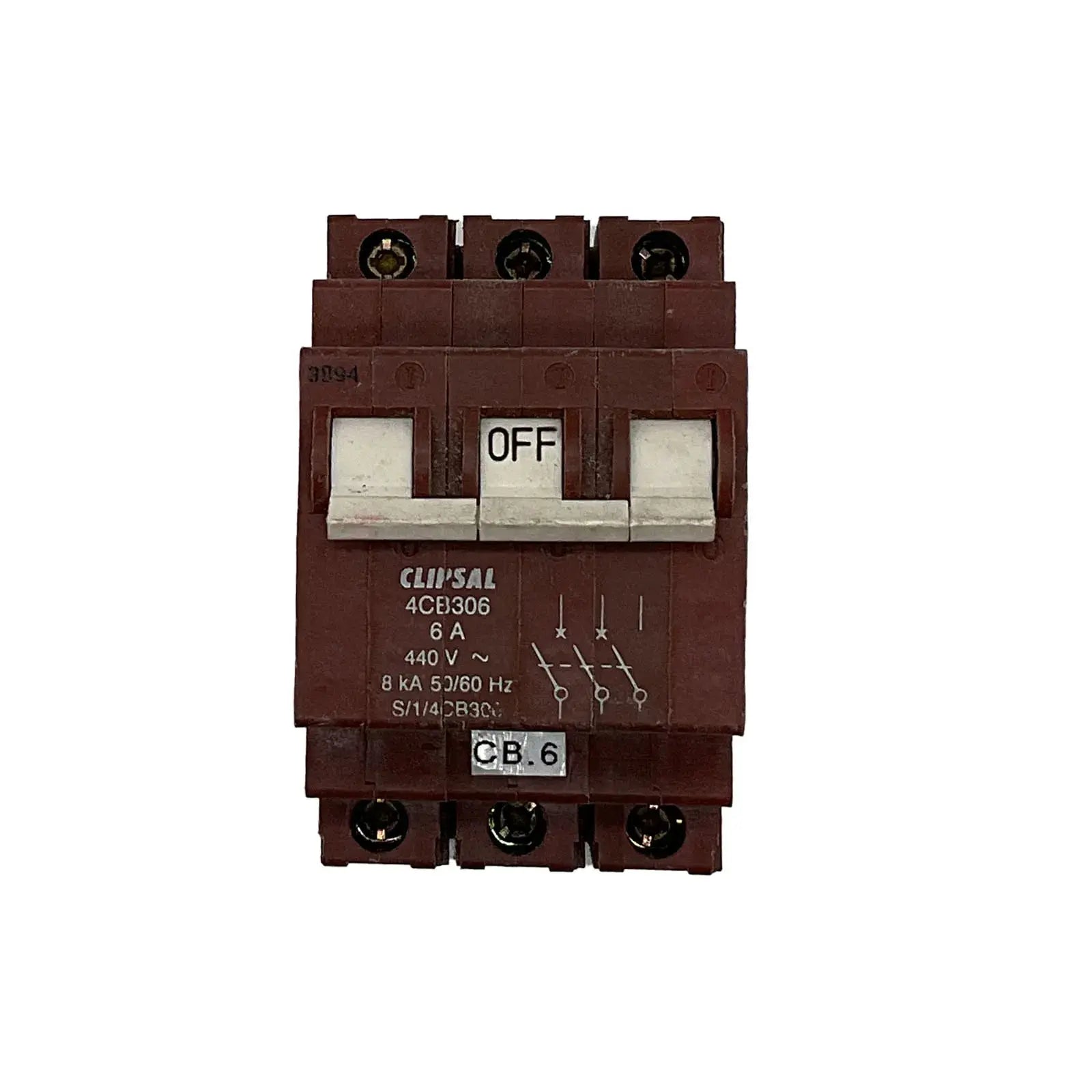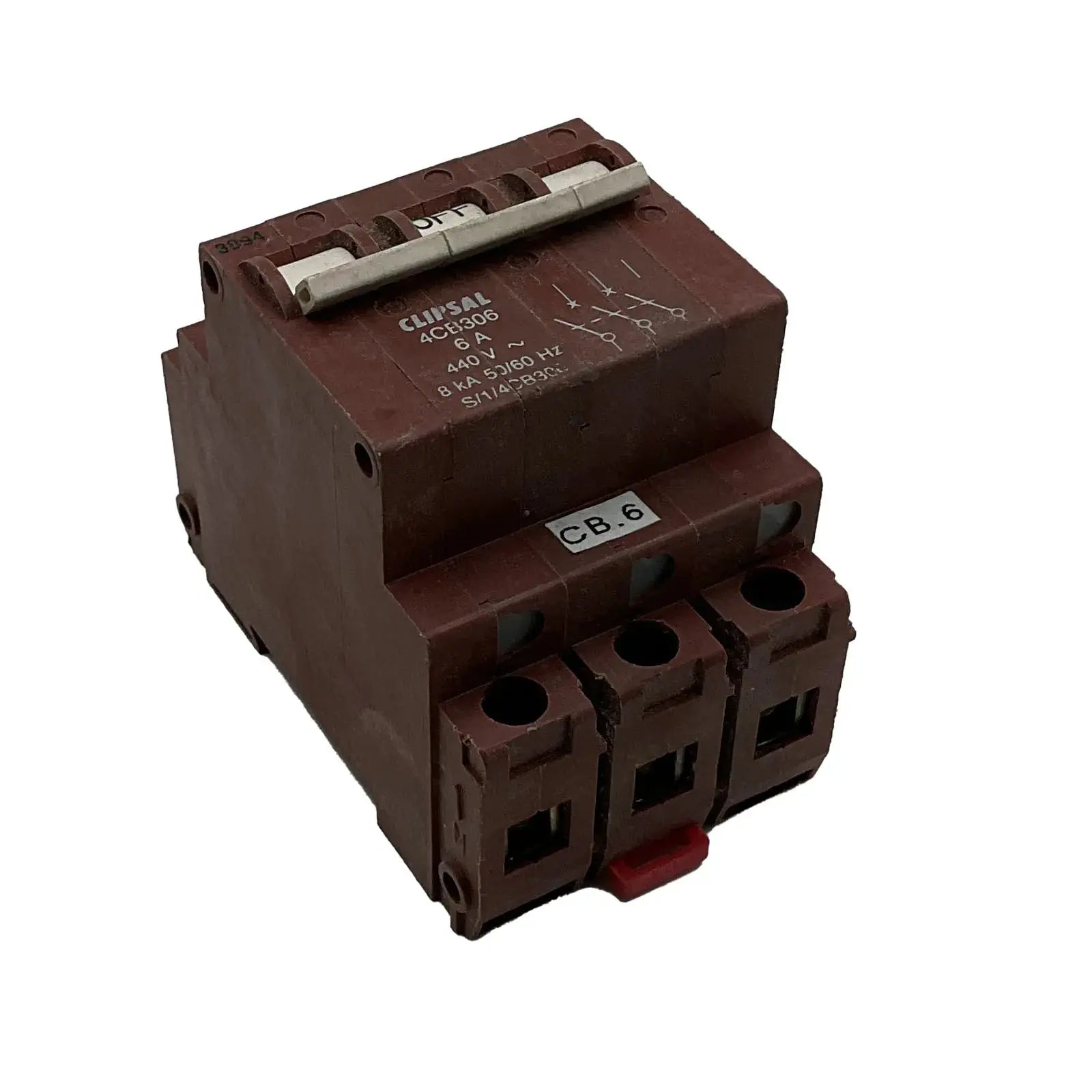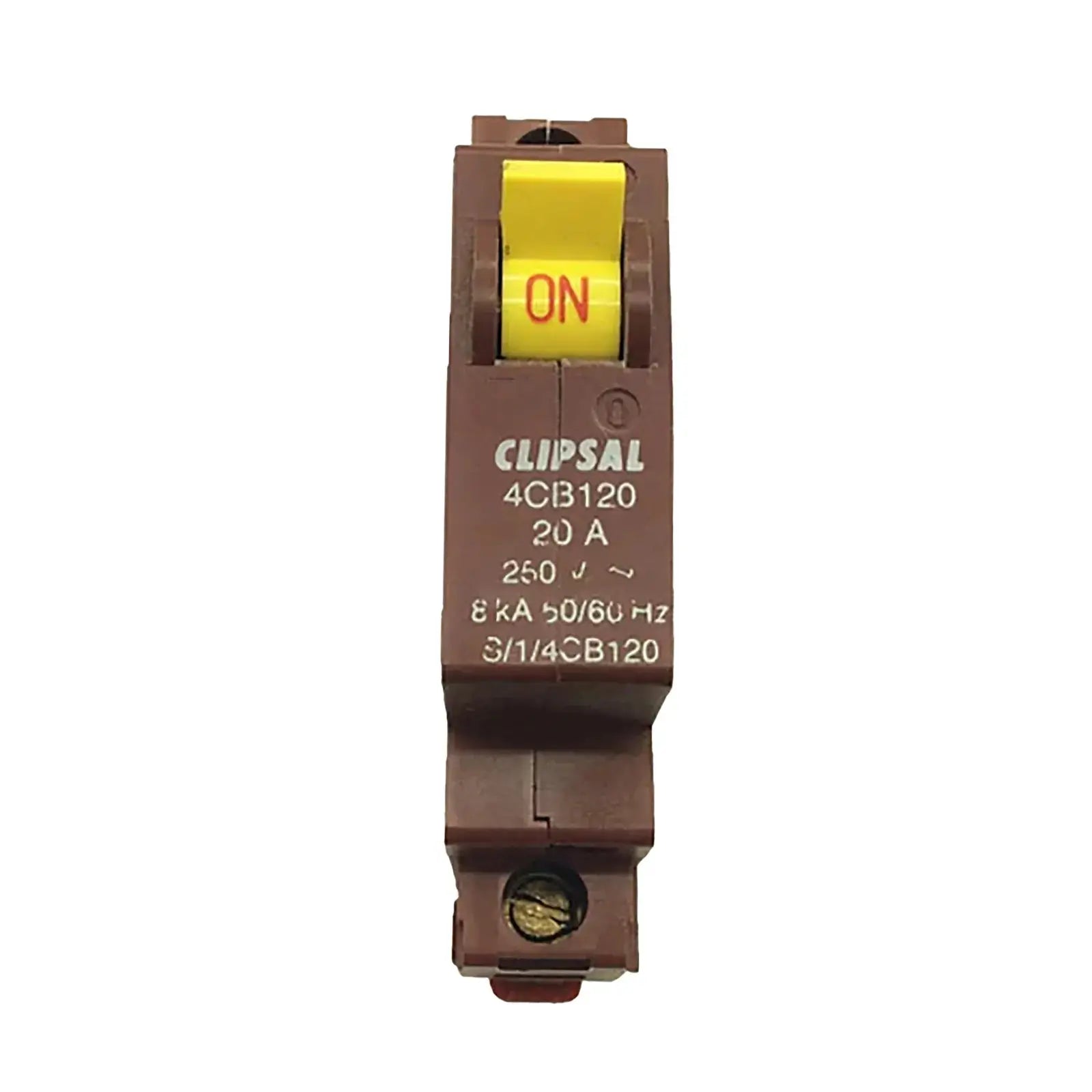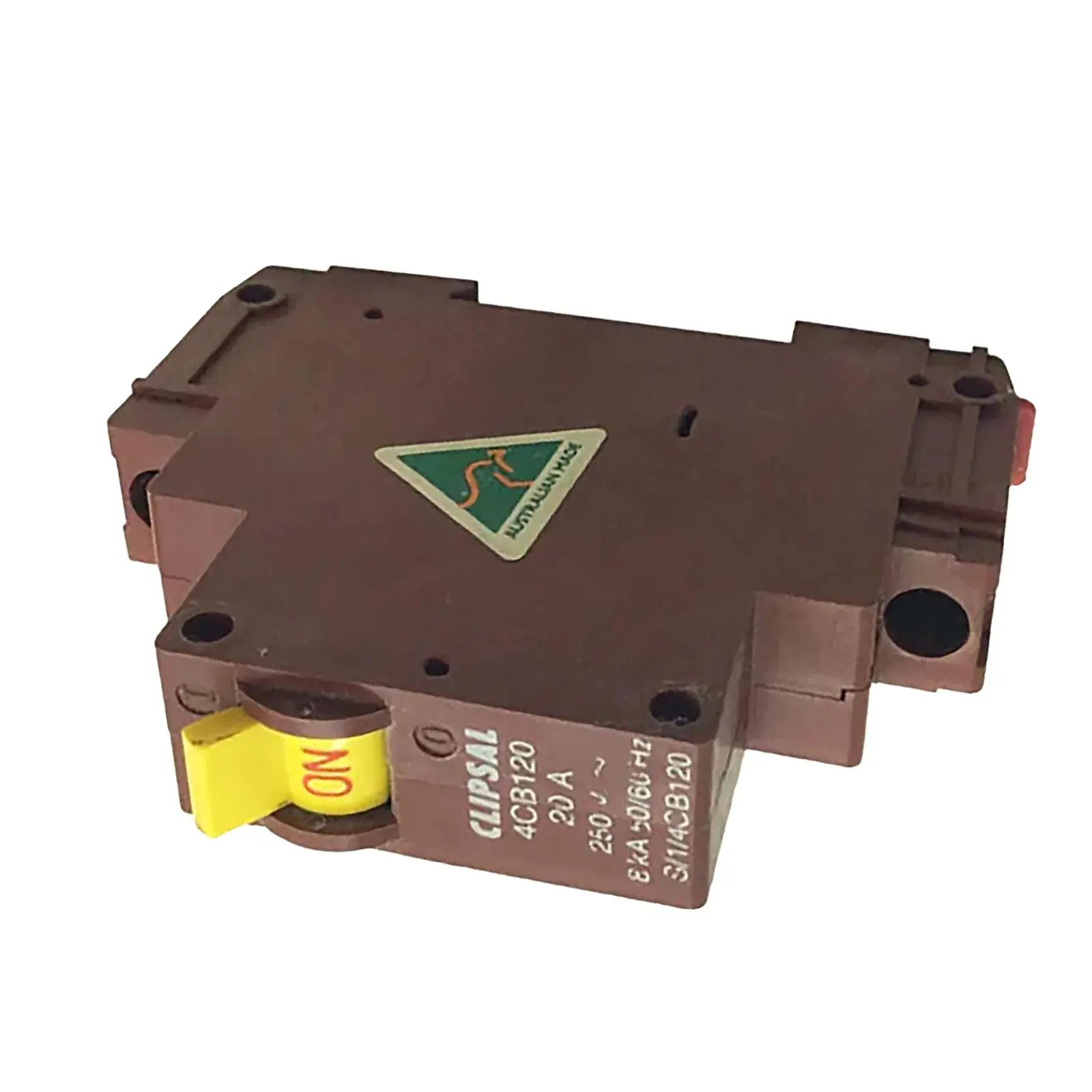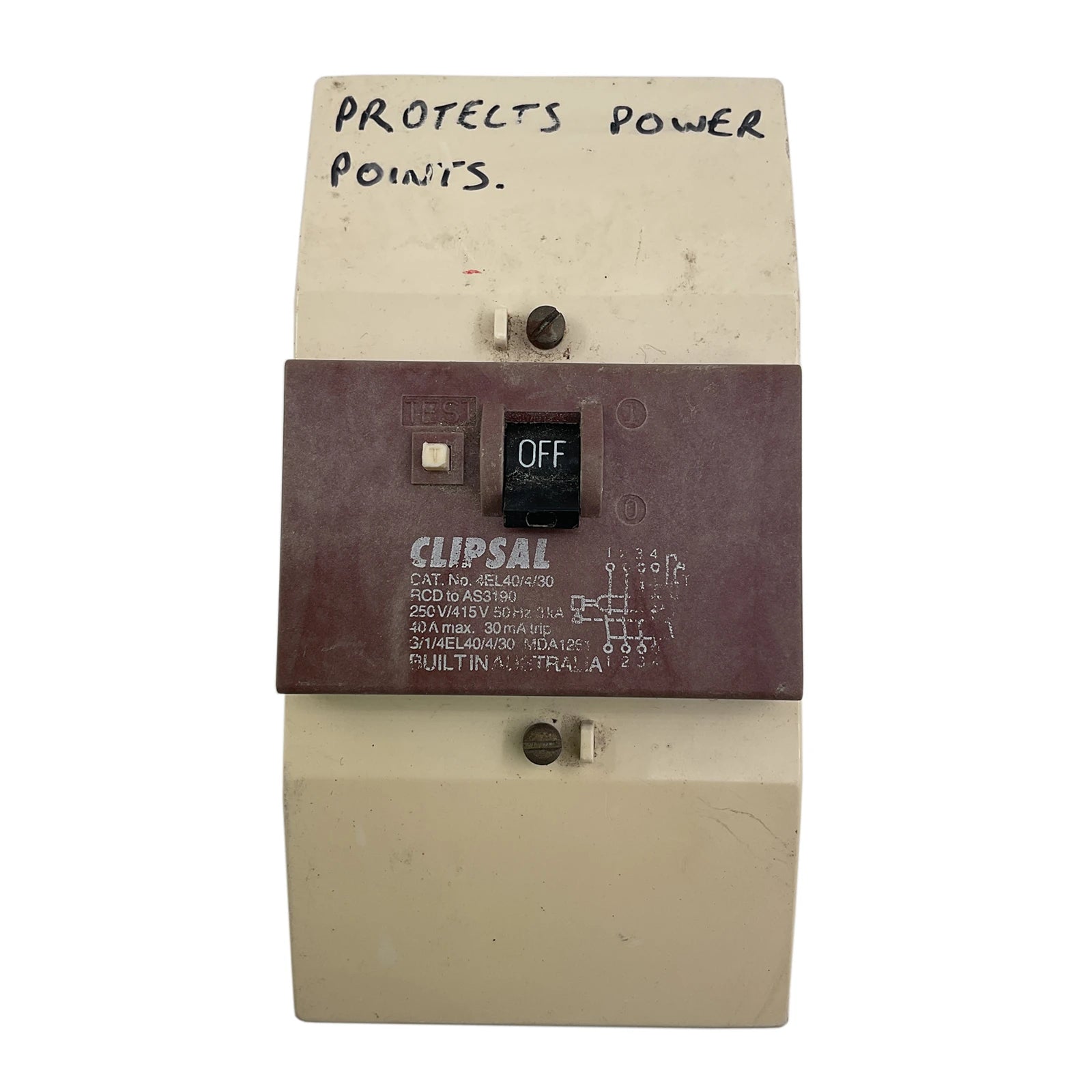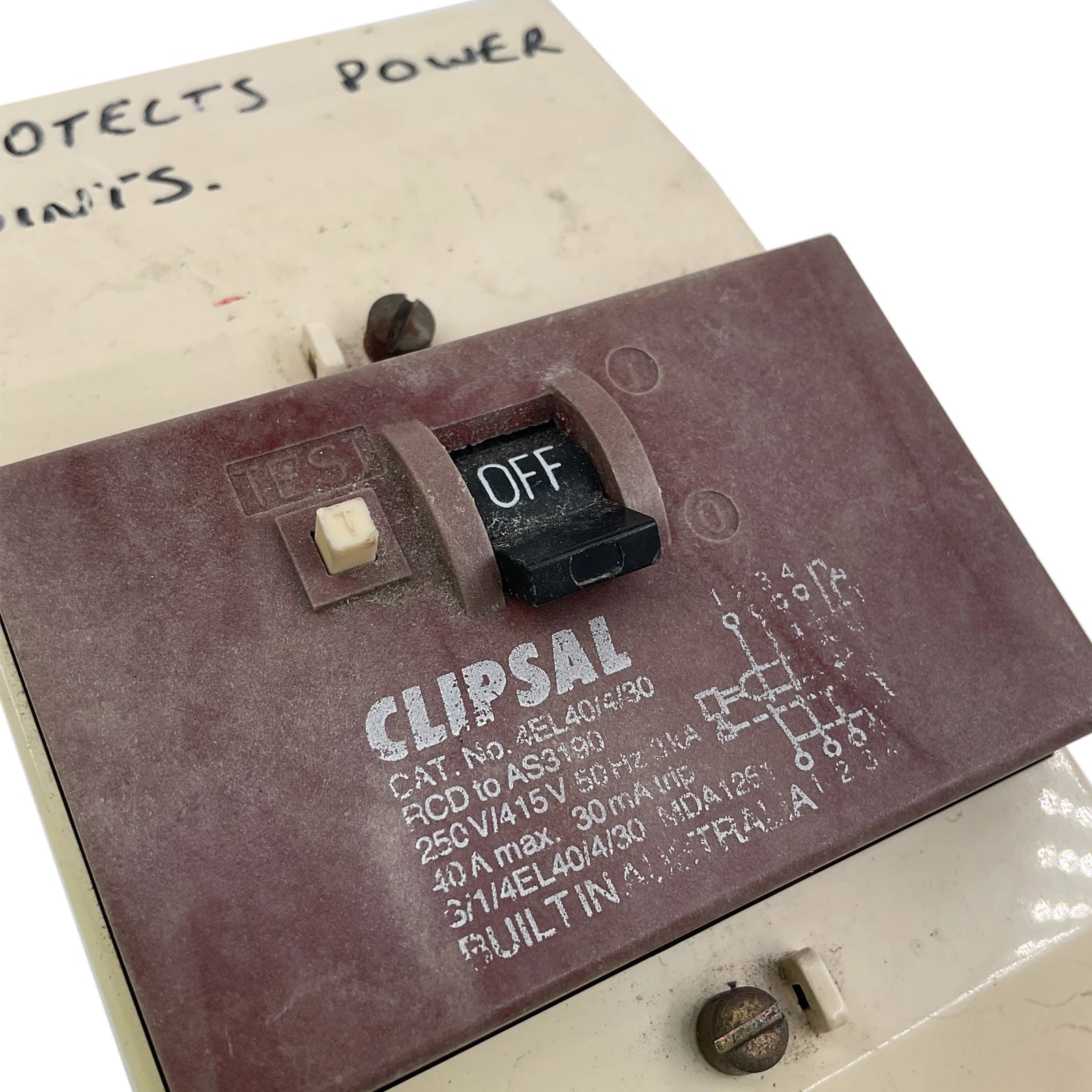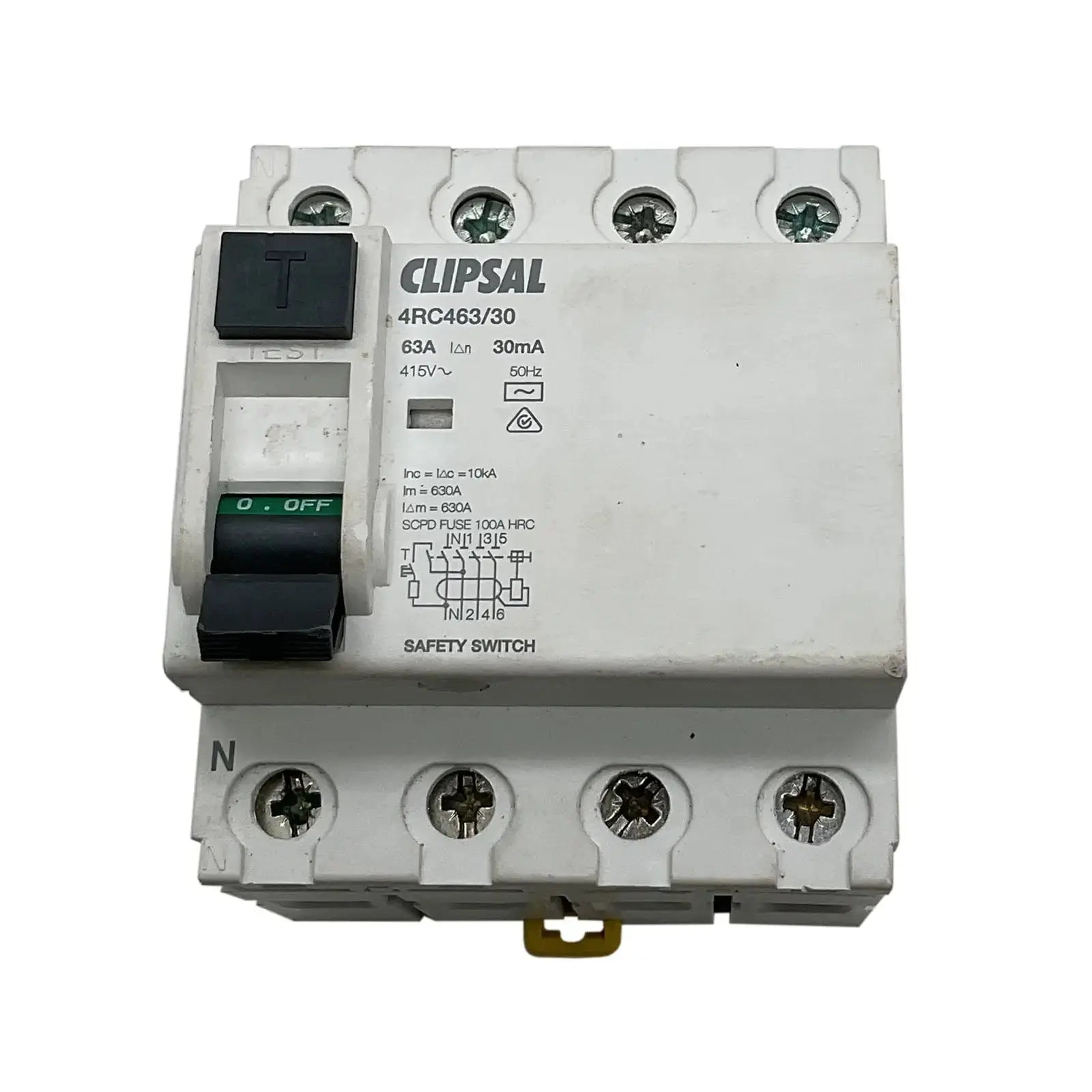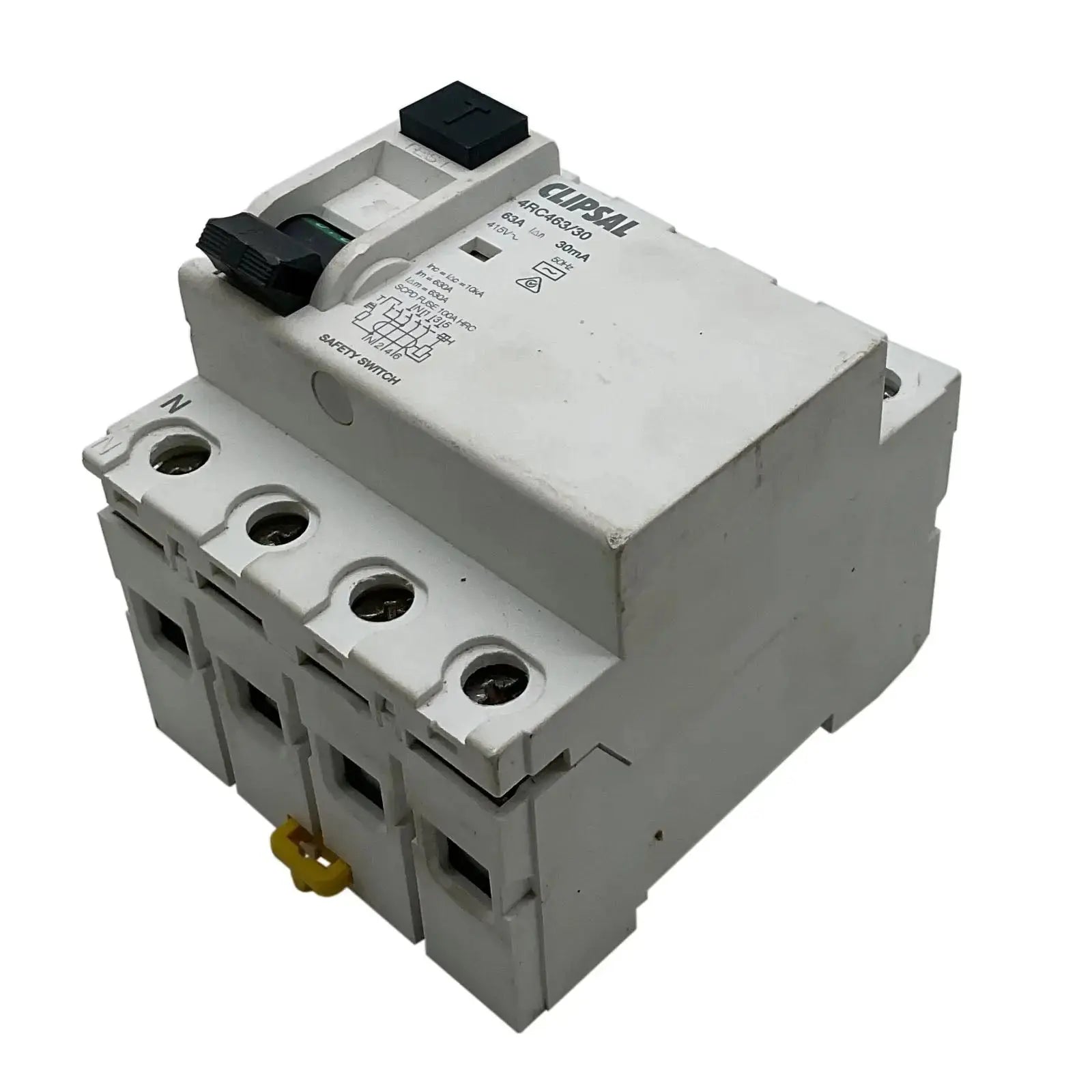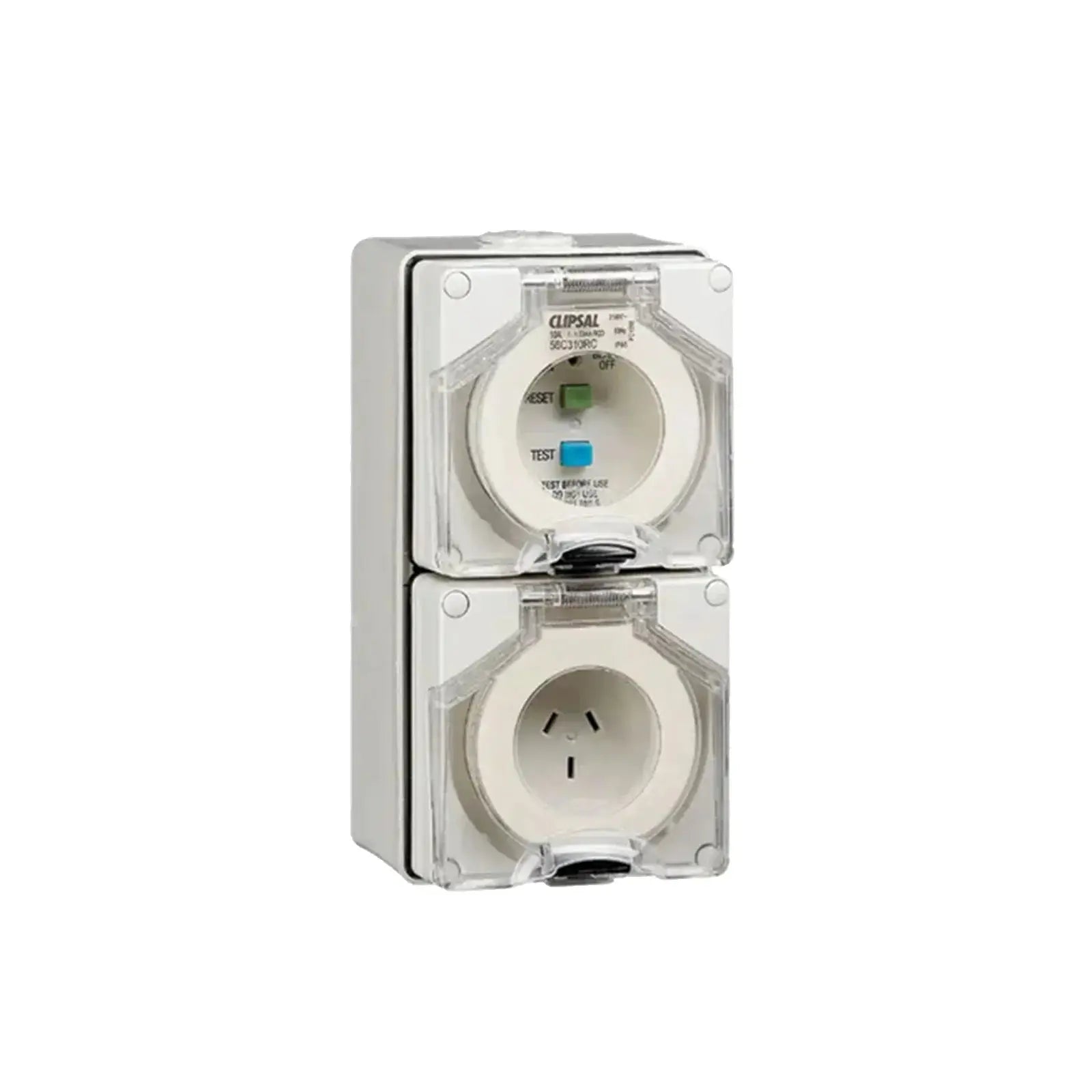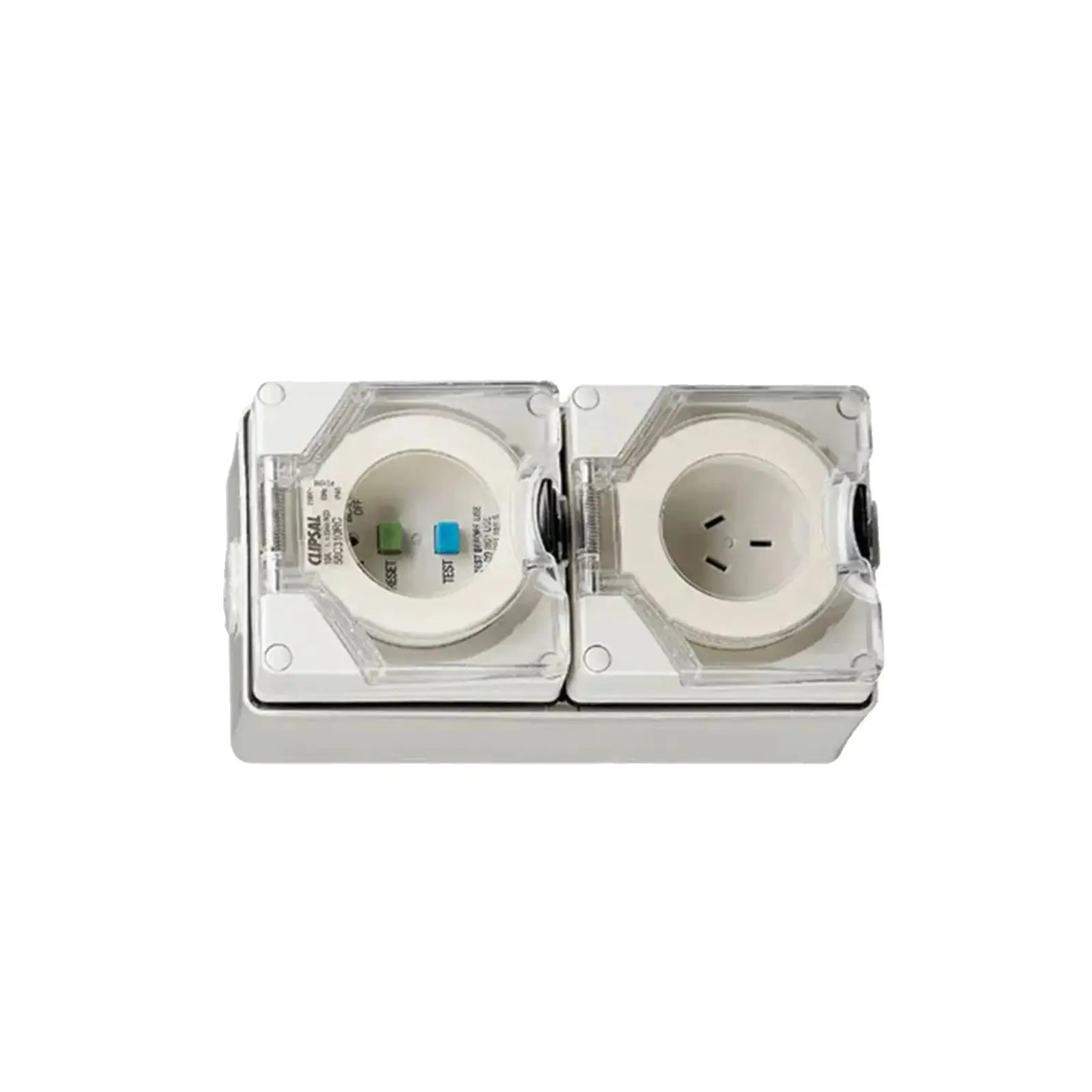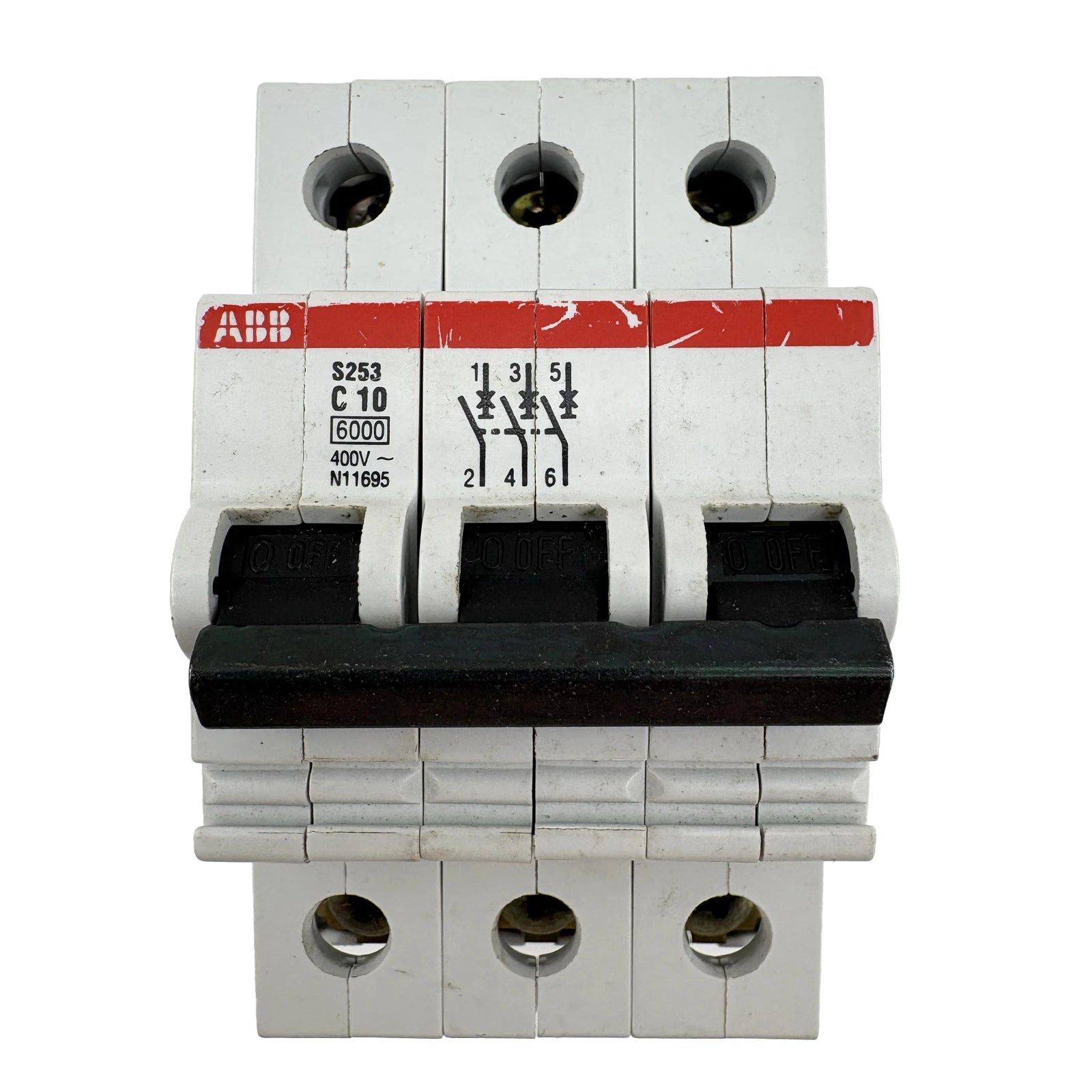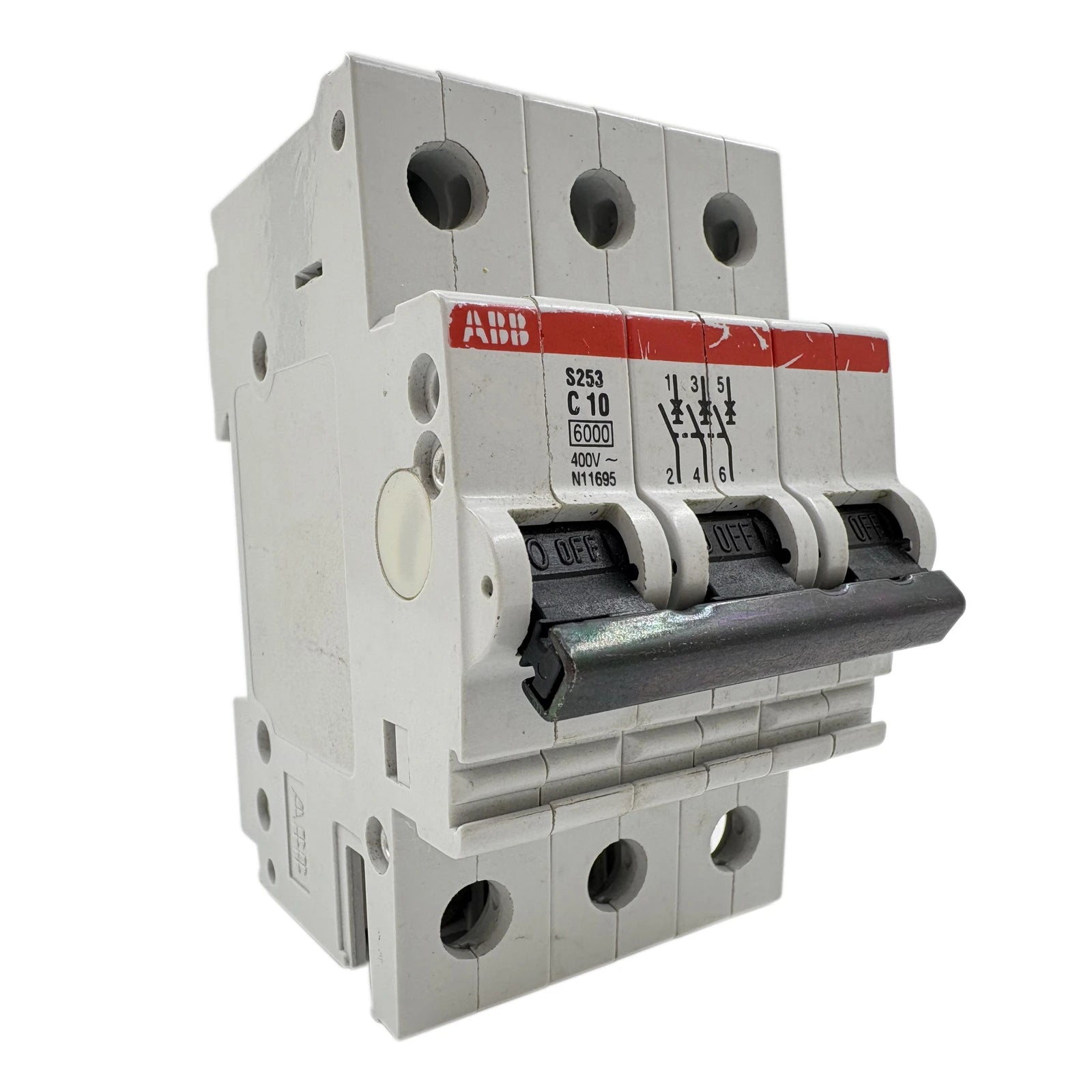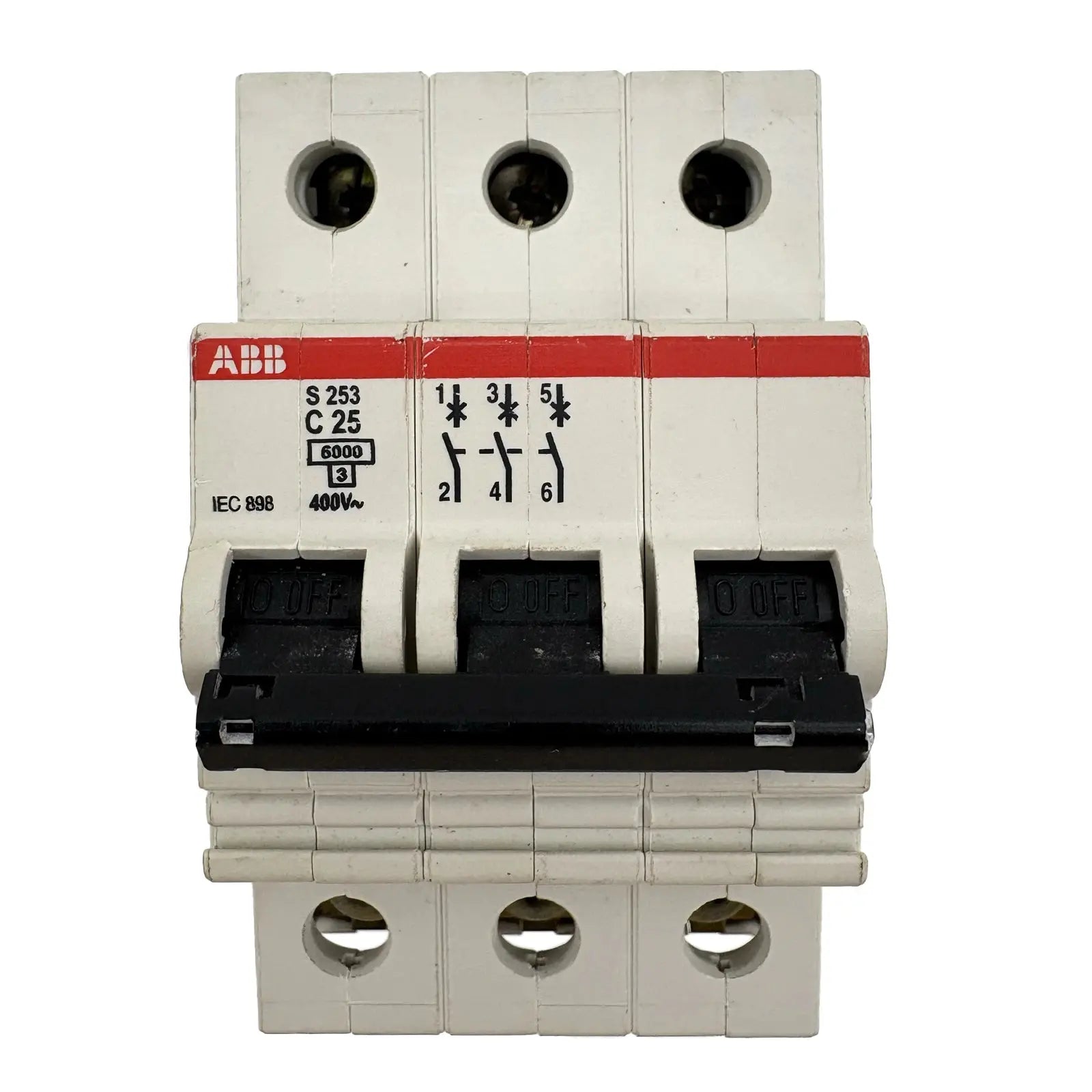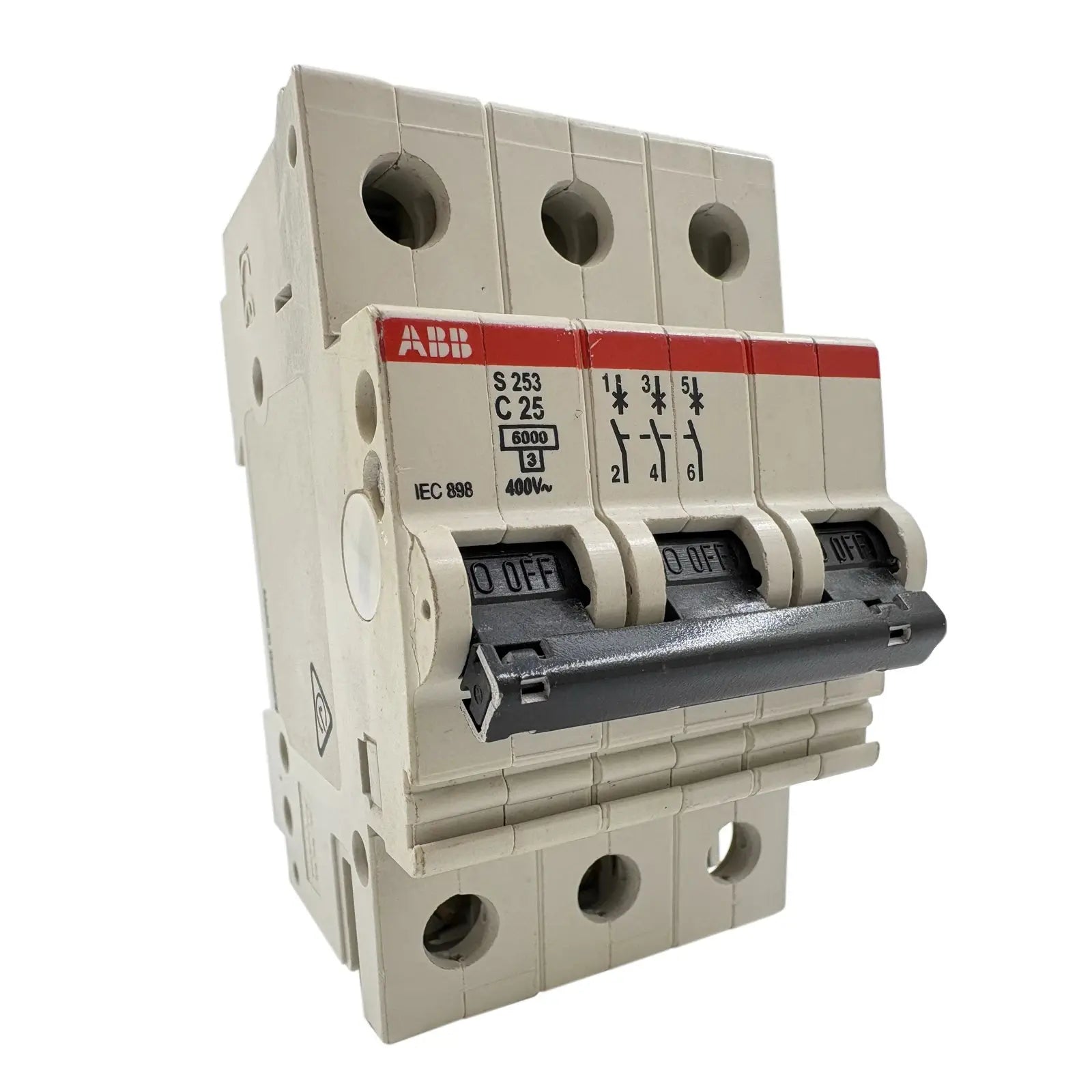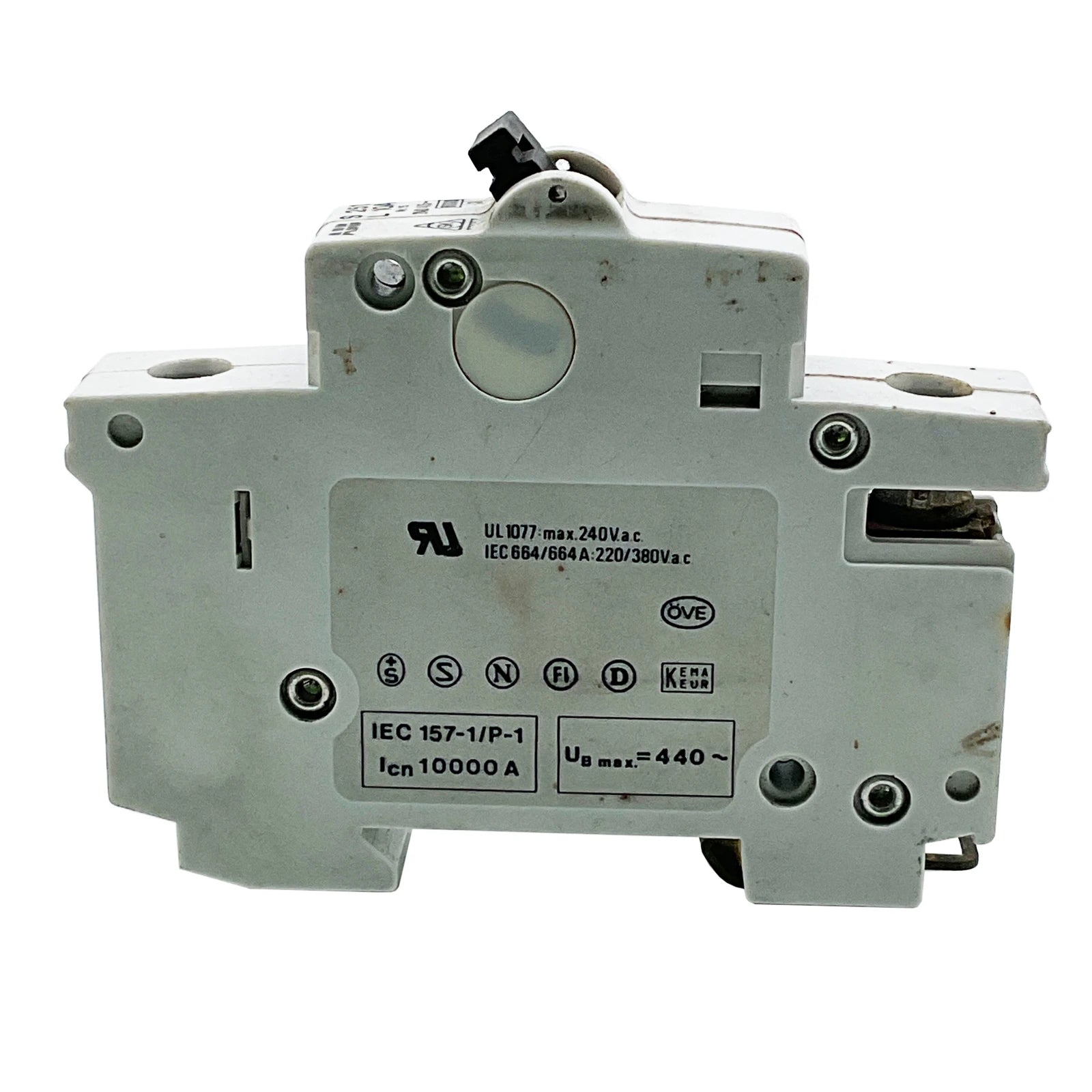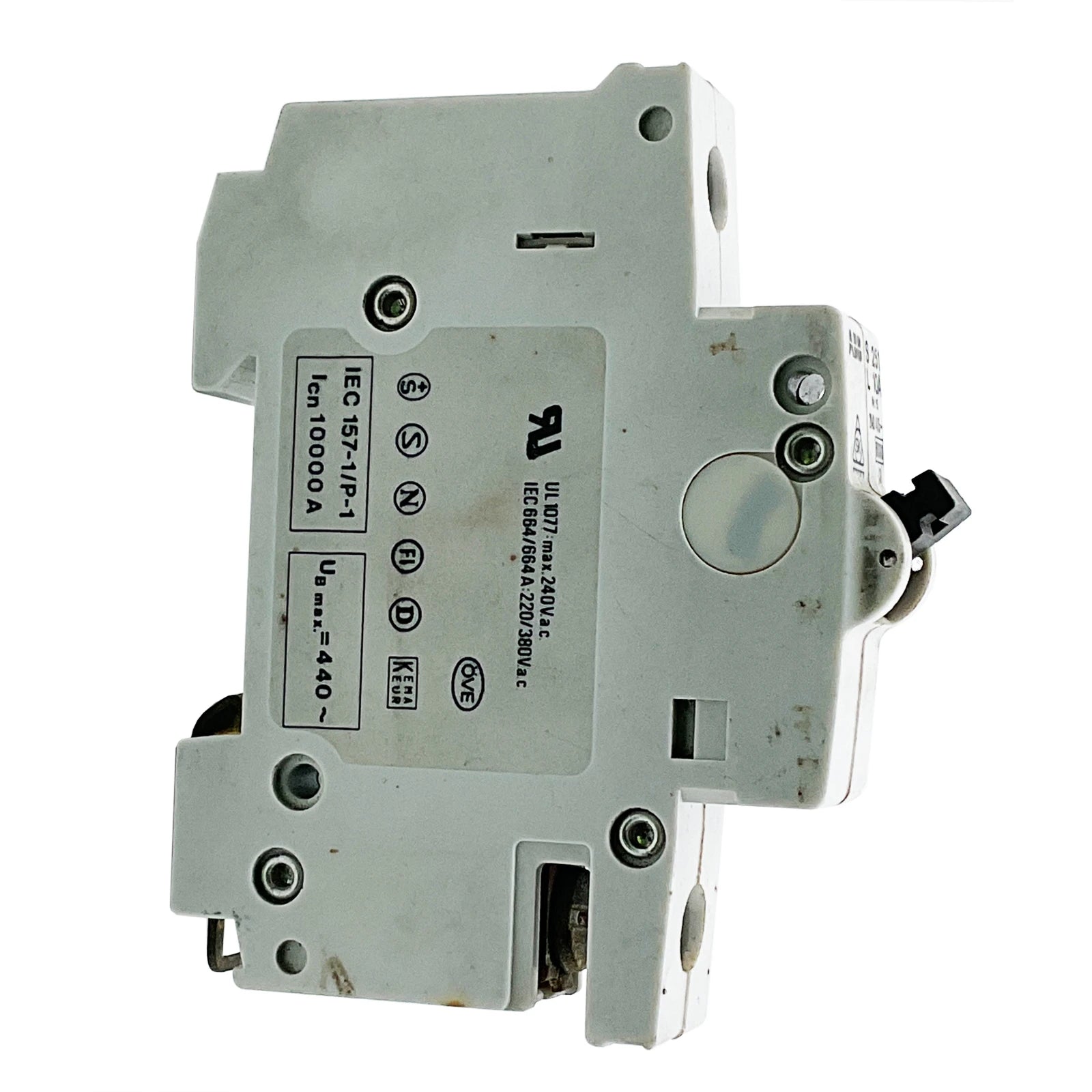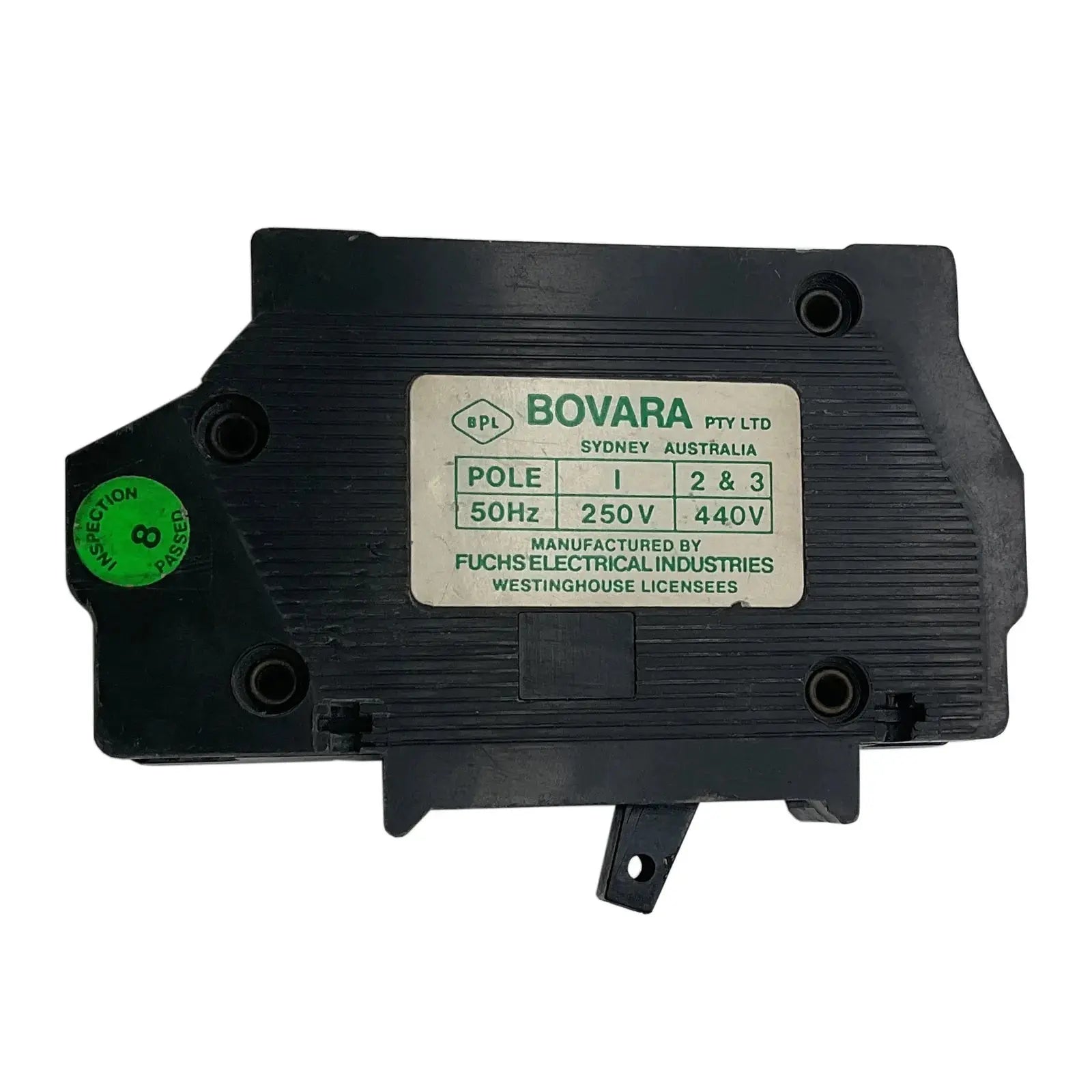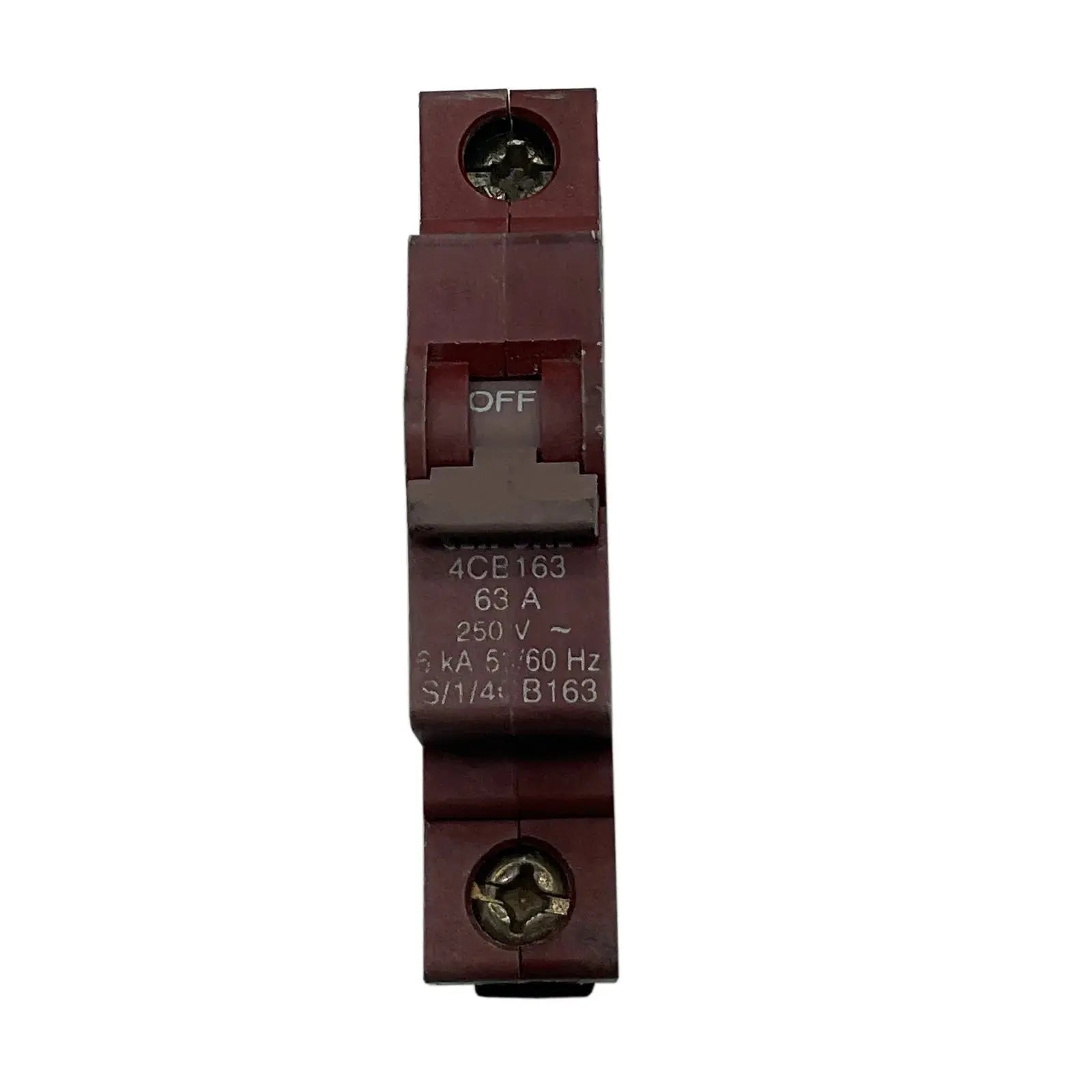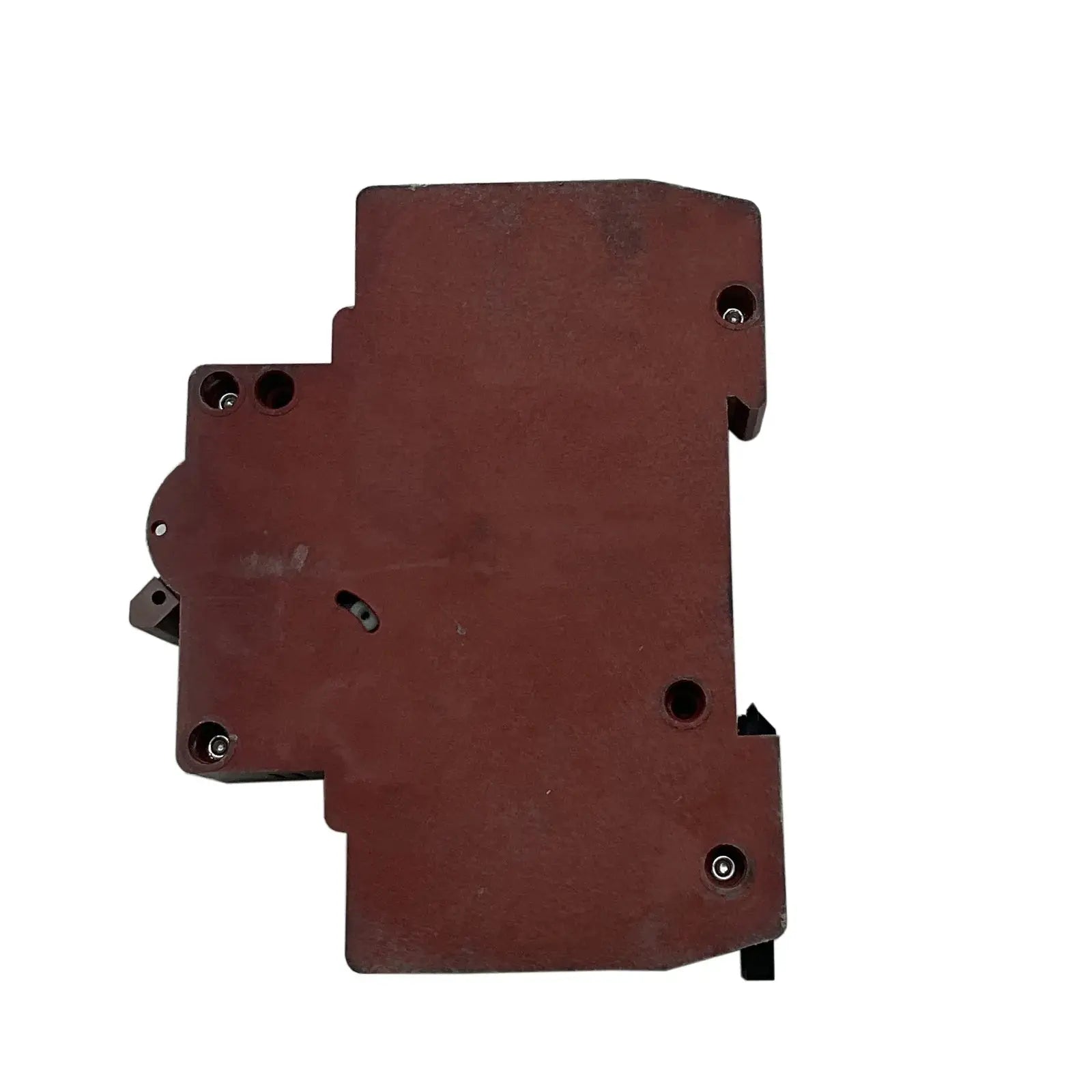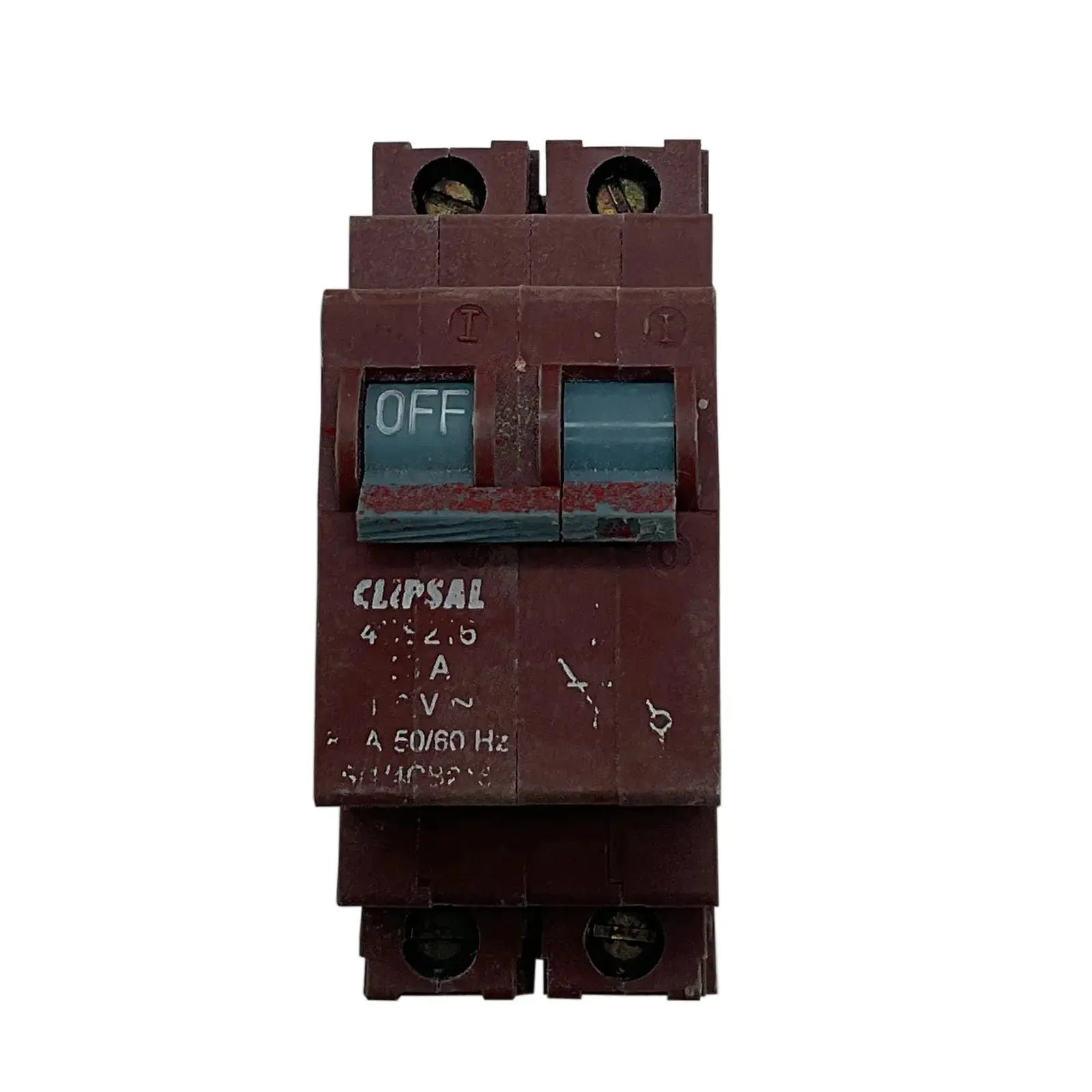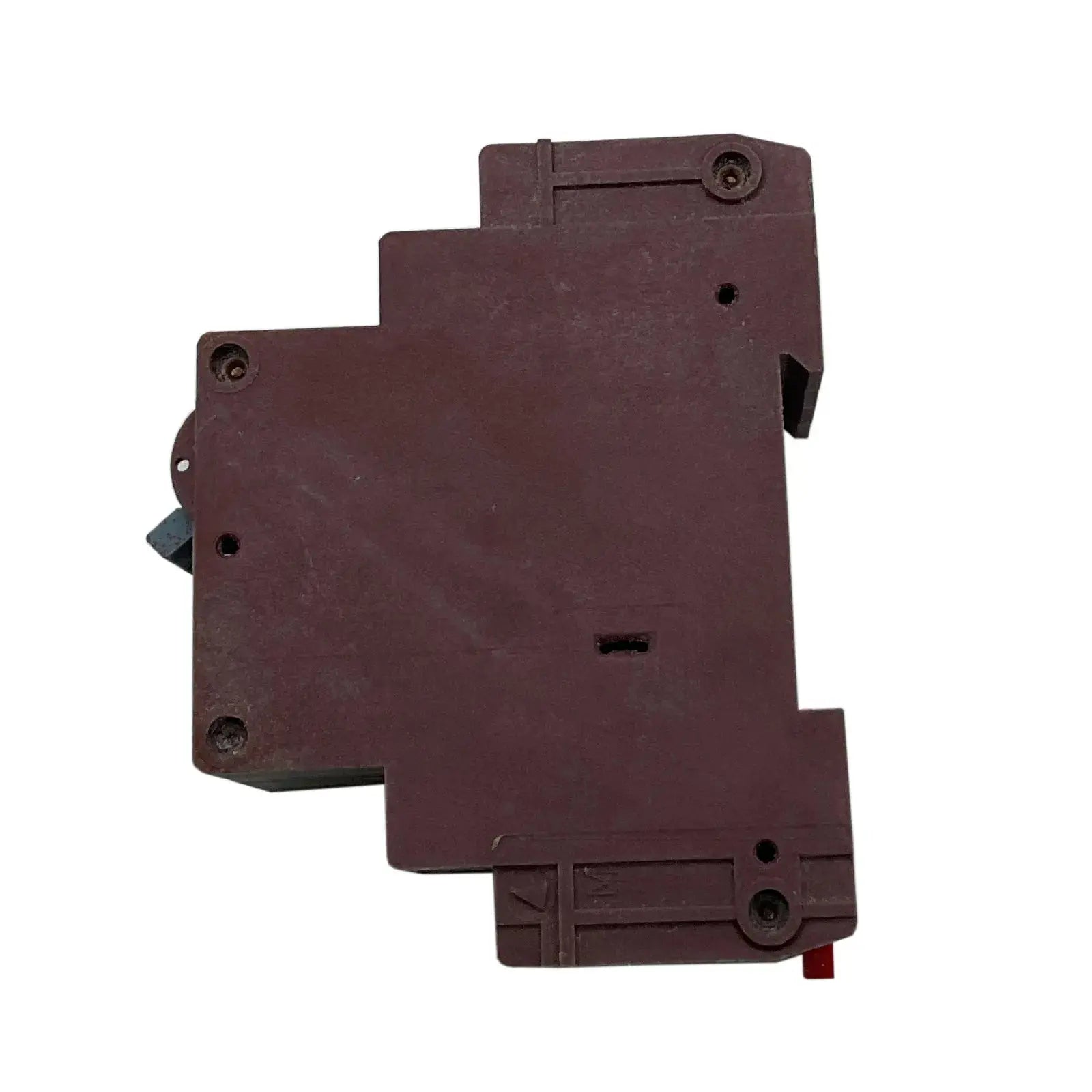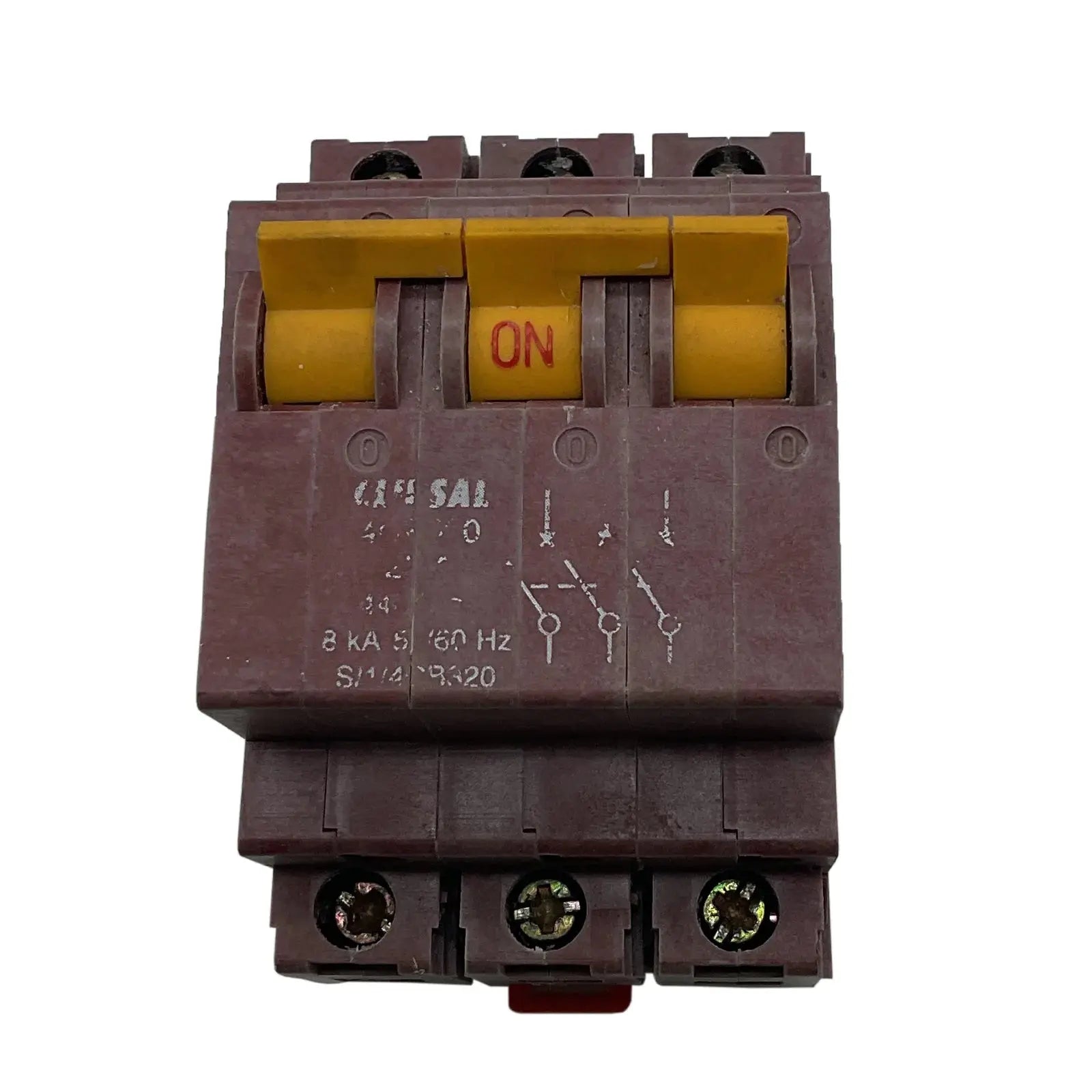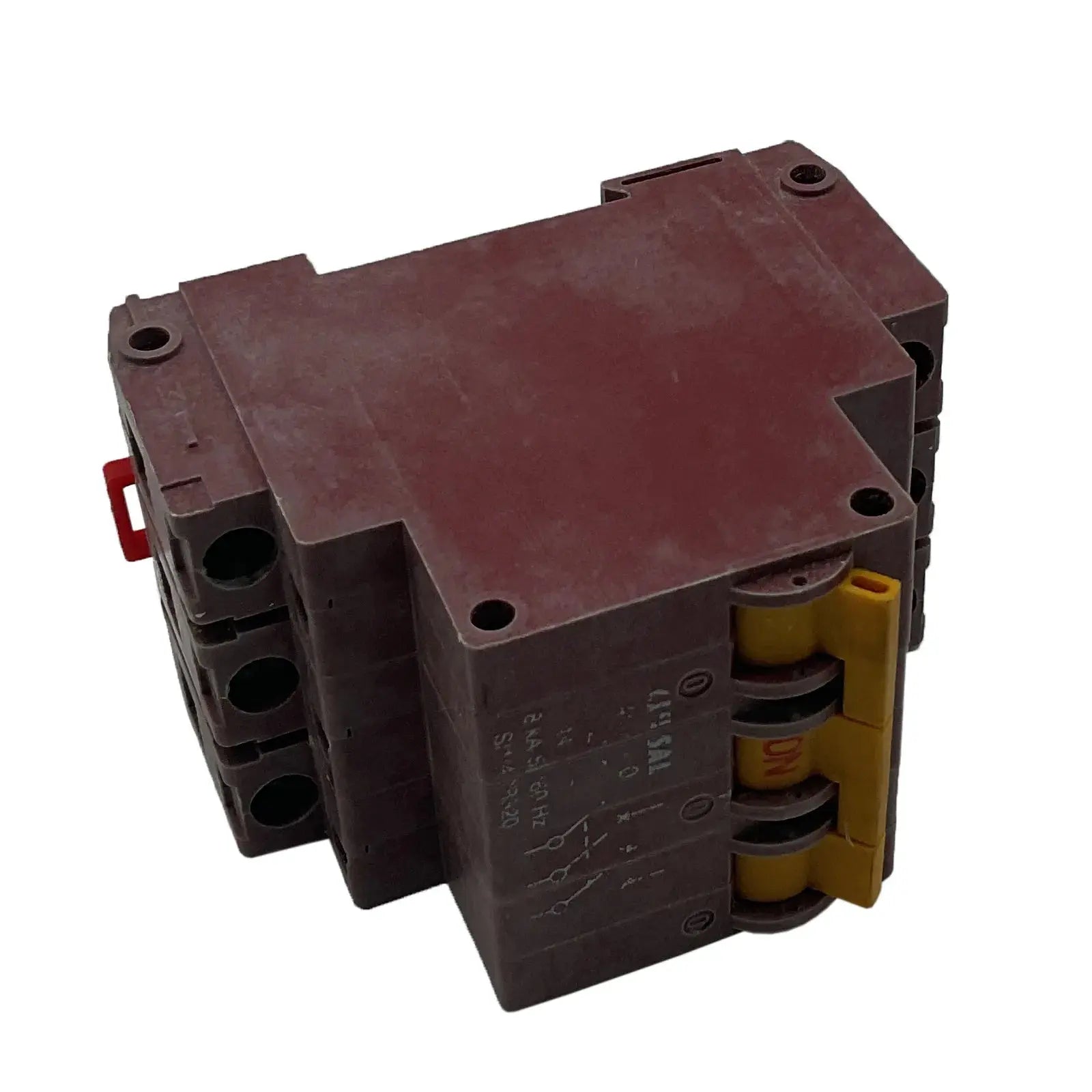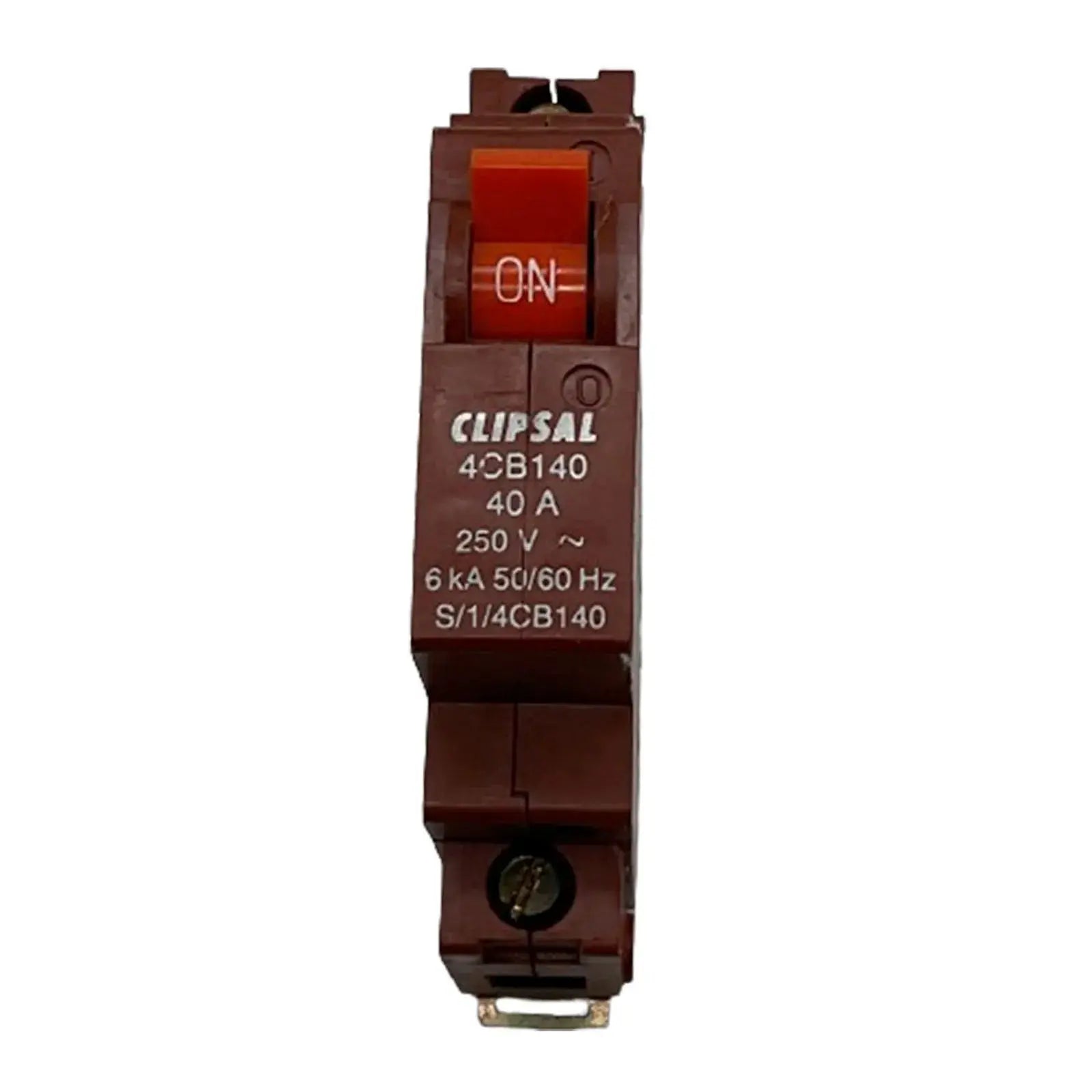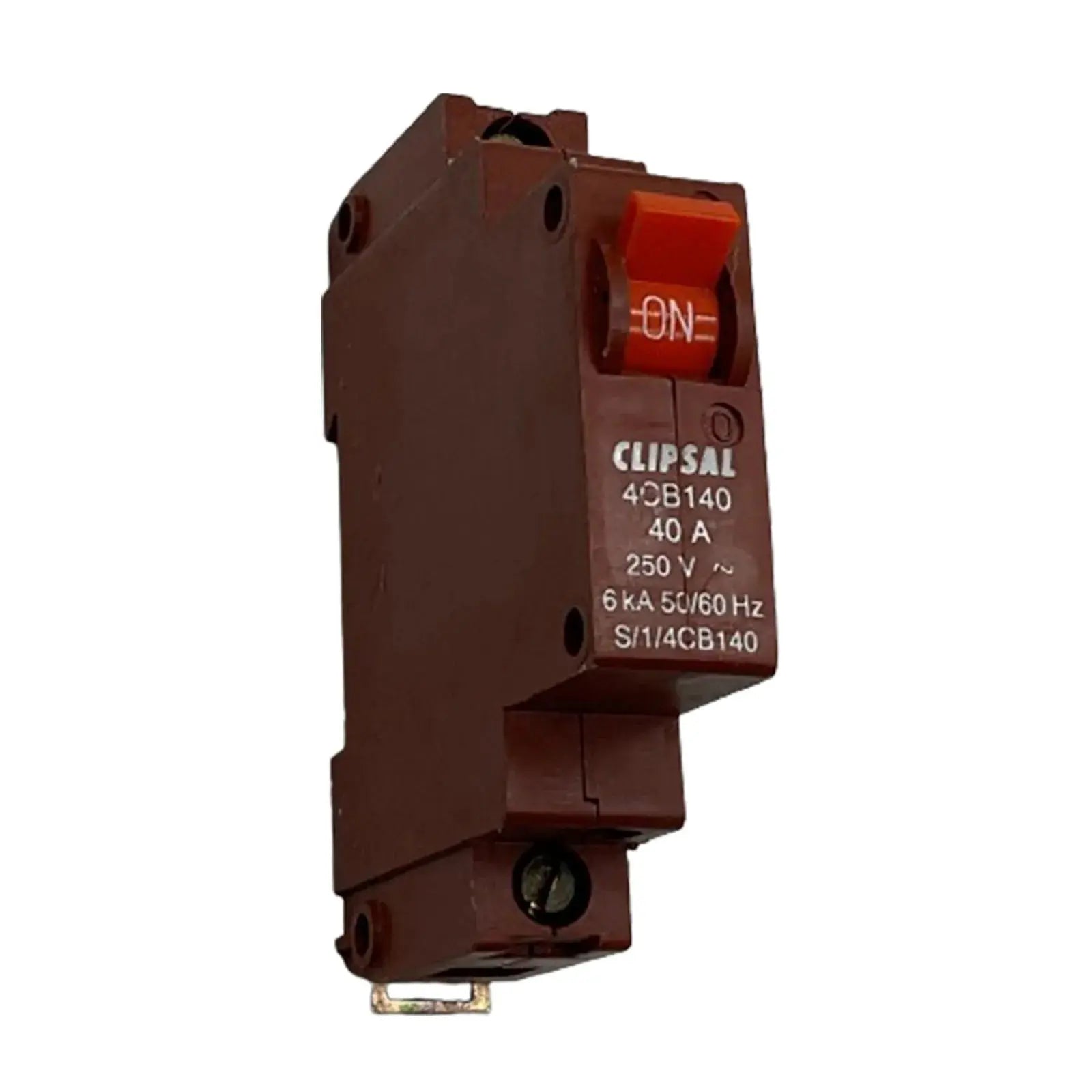Disyuntores: protección confiable para sus equipos
Los interruptores automáticos son un componente esencial de cualquier sistema eléctrico. Desempeñan un papel crucial en la protección de sus equipos contra posibles daños causados por sobrecargas eléctricas, cortocircuitos y fallas a tierra. Comprender su función e importancia es fundamental para garantizar la seguridad y la fiabilidad de su instalación eléctrica. En este artículo, exploraremos su función básica, los diferentes tipos disponibles, las características clave que debe buscar en interruptores automáticos fiables, las consideraciones para seleccionar el adecuado para su equipo y los procedimientos adecuados de mantenimiento y prueba.
Comprender el papel de los disyuntores
Los disyuntores actúan como un dispositivo de seguridad, diseñado para interrumpir el flujo de corriente eléctrica cuando se dan ciertas condiciones. Estas condiciones pueden incluir un flujo de corriente excesivo, como en caso de sobrecarga, o una sobretensión repentina debido a un cortocircuito o una falla a tierra. Al interrumpir el flujo de corriente, los disyuntores ayudan a prevenir daños a sus equipos y minimizan el riesgo de incendios eléctricos.
La función básica de los disyuntores
En esencia, la función básica de un interruptor automático es monitorear el flujo de corriente en un circuito y dispararlo o abrirlo cuando la corriente excede un umbral predeterminado. Este umbral se conoce como corriente nominal o amperaje del interruptor automático. Cuando la corriente excede este valor, el mecanismo interno del interruptor automático se activa, provocando la apertura rápida de los contactos, interrumpiendo así el circuito.
¿Cómo funciona este mecanismo? Dentro de un interruptor automático hay una lámina bimetálica compuesta por dos metales con distintos coeficientes de expansión térmica. Cuando la corriente supera el valor nominal, la lámina se calienta debido a la resistencia que ofrece la corriente. Al calentarse, los metales se expanden a diferentes velocidades, lo que provoca la flexión de la lámina. Este movimiento de flexión activa el mecanismo de disparo, abriendo los contactos e interrumpiendo el circuito.
Una vez que el disyuntor se dispara, se puede reiniciar manual o automáticamente, restableciendo el flujo de corriente. Sin embargo, es crucial investigar y corregir el problema subyacente que provocó el disparo inicial, ya que los disparos continuos pueden indicar un problema más grave.
Importancia de los disyuntores en los sistemas eléctricos
Los disyuntores desempeñan un papel vital en la protección de sus equipos y sistemas eléctricos. Protegen contra sobrecargas, que se producen cuando fluye demasiada corriente por un circuito, lo que puede causar sobrecalentamiento y daños en el equipo. Sin un disyuntor, el flujo excesivo de corriente podría provocar la fusión de cables o el mal funcionamiento del equipo, lo que representa un riesgo para la seguridad.
Además, los disyuntores son cruciales para prevenir cortocircuitos, que ocurren cuando un cable con corriente entra en contacto con un cable neutro o de tierra. Los cortocircuitos pueden provocar una sobretensión repentina, lo que podría causar incendios, daños a los equipos e incluso descargas eléctricas. Al interrumpir el circuito, el disyuntor evita que el cortocircuito cause más daños.
Además, los interruptores automáticos proporcionan una capa adicional de seguridad al permitir la coordinación selectiva. Esto significa que, en un sistema eléctrico complejo con múltiples interruptores automáticos, cada uno está diseñado para dispararse en un orden específico, garantizando que solo se aísle el circuito defectuoso mientras el resto del sistema permanece operativo. Esta coordinación selectiva ayuda a minimizar el tiempo de inactividad y facilita la resolución de problemas y el mantenimiento.
En conclusión, los disyuntores no son simples interruptores que cortan la corriente. Son dispositivos sofisticados que monitorean y protegen los circuitos eléctricos de posibles peligros. Al comprender su función básica e importancia, podrá apreciar su papel crucial para mantener seguros sus equipos y sistemas eléctricos.
Tipos de disyuntores y sus usos
Existen varios tipos de disyuntores, cada uno con sus características y usos específicos. Comprender estos tipos puede ayudarle a elegir el disyuntor más adecuado para su equipo e instalación eléctrica.
Pero profundicemos en el mundo de los disyuntores y exploremos algunos detalles adicionales que pueden mejorar su comprensión.
Disyuntores térmicos
Los interruptores térmicos se basan en una lámina bimetálica que se dobla al exponerse a un calor excesivo. La flexión de la lámina provoca el disparo del interruptor, interrumpiendo el flujo de corriente. Este mecanismo es crucial para prevenir el sobrecalentamiento y posibles incendios.
Además, los interruptores térmicos no solo se utilizan en aplicaciones domésticas, sino también en diversas industrias. Por ejemplo, desempeñan un papel fundamental en la protección de equipos electrónicos sensibles, como ordenadores y servidores, contra sobrecargas térmicas.
Disyuntores magnéticos
Los interruptores automáticos magnéticos funcionan mediante fuerzas electromagnéticas. Utilizan una bobina solenoide para generar un campo magnético. Cuando la corriente supera el valor nominal, el campo magnético acciona una palanca, disparando el interruptor automático. Esta rápida respuesta garantiza la protección de los sistemas eléctricos y previene daños por corriente excesiva.
Además de en entornos industriales, los interruptores magnéticos se utilizan comúnmente en sistemas de distribución eléctrica a gran escala. Su capacidad para manejar altos niveles de corriente de manera eficiente los hace indispensables para la protección de infraestructuras críticas.
Disyuntores híbridos
Los interruptores automáticos híbridos combinan las características de los interruptores térmicos y magnéticos. Ofrecen protección fiable contra sobrecargas térmicas y cortocircuitos, lo que los hace ideales para una amplia gama de aplicaciones.
Una ventaja notable de los interruptores automáticos híbridos es su versatilidad. Se adaptan a condiciones eléctricas cambiantes, garantizando una protección óptima para diversos equipos y sistemas. Esta adaptabilidad los convierte en una excelente opción para aplicaciones donde la carga eléctrica puede variar con el tiempo.
Al comprender los diferentes tipos de disyuntores y sus usos, podrá tomar decisiones informadas al seleccionar el disyuntor más adecuado para sus necesidades específicas. Ya sea para su hogar, oficina o instalación industrial, elegir el disyuntor correcto es crucial para mantener la seguridad eléctrica y evitar daños costosos.
Características clave de los disyuntores confiables
Al seleccionar un disyuntor para su equipo, se deben considerar varias características clave para garantizar una protección confiable.
Protección contra sobrecargas
Una de las características esenciales de un interruptor automático es la protección contra sobrecargas. Debe ser capaz de soportar la carga de corriente máxima del equipo que protege sin dispararse excesivamente. Busque un interruptor automático con un amperaje y características de disparo térmico adecuados a los requisitos de su equipo.
Protección contra cortocircuitos
Los interruptores automáticos también deben proporcionar una protección eficaz contra cortocircuitos. Deben ser capaces de interrumpir rápidamente el circuito en caso de cortocircuito, evitando daños adicionales al equipo y al sistema eléctrico. Los interruptores automáticos magnéticos o híbridos se utilizan a menudo para este fin debido a su rápida respuesta.
Protección contra fallas a tierra
Además de sobrecargas y cortocircuitos, las fallas a tierra también pueden representar un riesgo significativo para sus equipos y sistema eléctrico. La protección contra fallas a tierra está diseñada para detectar e interrumpir pequeños desequilibrios de corriente entre los cables de fase y neutro. Los interruptores automáticos con protección contra fallas a tierra pueden ayudar a minimizar el riesgo de descargas eléctricas y fallas, especialmente en áreas con humedad o cableado defectuoso.
Además, al seleccionar un interruptor automático confiable, es importante considerar la tensión nominal. Esta indica la tensión máxima que puede manejar con seguridad. Es crucial elegir un interruptor automático con una tensión nominal que coincida o supere la tensión de su sistema eléctrico para garantizar un rendimiento y una seguridad óptimos.
Otra característica a considerar es la capacidad de interrupción del interruptor automático. Esta capacidad se refiere a la corriente de falla máxima que un interruptor automático puede interrumpir de forma segura sin causar daños. Es fundamental seleccionar un interruptor automático con una capacidad de interrupción que supere la corriente de falla potencial de su sistema eléctrico para prevenir fallas catastróficas y garantizar la protección de sus equipos.
Cómo seleccionar el disyuntor adecuado para su equipo
Elegir el disyuntor adecuado para su equipo implica considerar varios factores importantes. Estos incluyen el amperaje nominal adecuado, la capacidad de interrupción del disyuntor y los requisitos específicos de su equipo.
Consideraciones para la selección del disyuntor
En primer lugar, determine la carga máxima de corriente de su equipo y seleccione un disyuntor con un amperaje adecuado. Los disyuntores demasiado grandes o demasiado pequeños pueden comprometer la seguridad y el rendimiento de su equipo.
Por ejemplo, si tiene un equipo que consume una corriente máxima de 20 amperios, es fundamental elegir un disyuntor con un amperaje nominal que pueda soportar esta carga. Seleccionar un disyuntor con una clasificación inferior puede provocar disparos frecuentes, lo que interrumpiría el funcionamiento del equipo. Por otro lado, optar por un disyuntor con una clasificación superior a la necesaria puede suponer un riesgo de seguridad, ya que podría no dispararse en caso de sobrecarga o cortocircuito.
En segundo lugar, considere la capacidad de interrupción del disyuntor. Esto se refiere a la corriente máxima de cortocircuito que el disyuntor puede interrumpir de forma segura sin dañarse. Asegúrese de que la capacidad de interrupción del disyuntor iguale o supere las posibles corrientes de cortocircuito en su sistema eléctrico.
Por ejemplo, si su sistema eléctrico tiene una corriente de cortocircuito potencial de 10 000 amperios, es fundamental elegir un interruptor automático con una capacidad de interrupción que pueda manejar este nivel de corriente. Seleccionar un interruptor automático con una capacidad de interrupción menor puede provocar una falla catastrófica, ya que podría no ser capaz de interrumpir de forma segura las altas corrientes de falla. Por otro lado, optar por un interruptor automático con una capacidad de interrupción mayor proporciona un margen de seguridad adicional, garantizando una protección fiable para sus equipos.
Comprensión de las clasificaciones de los disyuntores
Los interruptores automáticos tienen diversas clasificaciones que indican su rendimiento y compatibilidad con diferentes aplicaciones. Algunas clasificaciones comunes incluyen la tensión nominal, la corriente nominal y la capacidad de interrupción. Familiarícese con estas clasificaciones para tomar una decisión informada al seleccionar un interruptor automático.
La tensión nominal de un disyuntor especifica la tensión máxima a la que puede operar con seguridad. Es fundamental elegir un disyuntor con una tensión nominal que coincida o supere la tensión de su sistema eléctrico. Usar un disyuntor con una tensión nominal inferior puede provocar una ruptura del aislamiento y posibles riesgos eléctricos.
Además, la corriente nominal de un interruptor automático indica la corriente continua máxima que puede soportar sin dispararse. Es importante seleccionar un interruptor automático con una corriente nominal que pueda soportar la carga prevista de su equipo. Elegir un interruptor automático con una corriente nominal menor puede provocar disparos frecuentes, mientras que seleccionar uno con una corriente nominal mayor puede comprometer la protección de su equipo.
Finalmente, la capacidad de interrupción de un interruptor automático especifica la corriente de falla máxima que puede interrumpir de forma segura. Esta capacidad es crucial para garantizar que el interruptor automático pueda manejar las posibles corrientes de falla en su sistema eléctrico. Elegir un interruptor automático con una capacidad de interrupción menor puede causar daños al interruptor y al sistema eléctrico, mientras que seleccionar uno con una capacidad de interrupción mayor proporciona un nivel adicional de protección.
Mantenimiento y pruebas adecuados de los disyuntores
El mantenimiento y las pruebas de sus interruptores automáticos son esenciales para garantizar su óptimo rendimiento y fiabilidad. Las inspecciones periódicas y el servicio profesional pueden ayudar a identificar posibles problemas y prevenir fallos en los equipos.
Inspección y mantenimiento de rutina
Realice inspecciones visuales periódicas de sus interruptores automáticos para detectar cualquier signo de daño, como conexiones sueltas, componentes desgastados o corrosión. Asegúrese de que el interruptor automático esté limpio y libre de residuos. Si observa alguna anomalía o sospecha que hay un problema, contacte con un electricista cualificado para que diagnostique y solucione el problema de inmediato.
Además, pruebe periódicamente el mecanismo de disparo de sus disyuntores. Siga las instrucciones del fabricante y utilice el equipo adecuado para simular una sobrecarga o un cortocircuito y garantizar que el disyuntor se dispare como se espera.
Pruebas y servicios profesionales
Si bien las inspecciones de rutina son esenciales, se recomienda que sus interruptores automáticos sean revisados y revisados por un profesional con regularidad. Los técnicos profesionales pueden realizar pruebas más exhaustivas, como pruebas de resistencia de aislamiento y de sincronización, para determinar el estado general y el rendimiento de sus interruptores.
Tome medidas proactivas para realizar el mantenimiento y servicio de sus disyuntores para evitar fallas inesperadas y garantizar la protección continua de su equipo.
En conclusión
Los interruptores automáticos desempeñan un papel crucial para brindar una protección confiable a sus equipos y sistemas eléctricos. Comprender su función, tipos, características y procedimientos de mantenimiento es esencial para garantizar su óptimo rendimiento y seguridad. Al seleccionar el interruptor automático adecuado, seguir las prácticas de mantenimiento adecuadas y realizar inspecciones periódicas, puede minimizar el riesgo de daños en los equipos, riesgos eléctricos y costosos tiempos de inactividad. Invierta en interruptores automáticos confiables para proteger sus equipos y disfrute de la tranquilidad de saber que su sistema eléctrico está protegido.
¿Necesita pedidos al por mayor o recomendaciones de expertos sobre PD-B-CB?
¿Busca pedidos al por mayor de PD-B-CB o necesita ayuda para elegir la solución industrial adecuada? Nuestro equipo está aquí para ayudarle con presupuestos personalizados, recomendaciones de productos y asesoramiento técnico. Ya sea electricista, contratista o empresario, ofrecemos soluciones a medida para satisfacer sus necesidades.
📩 ¡ Contáctanos o chatea con nosotros en vivo para obtener asistencia instantánea!
¡Explora nuestra colección de ofertas de locura mensual!
¡No te pierdas los grandes ahorros en nuestra tienda! Descubre las mejores ofertas en:
¡Explora estas categorías ahora y aprovecha las mejores ofertas antes de que se acaben!

